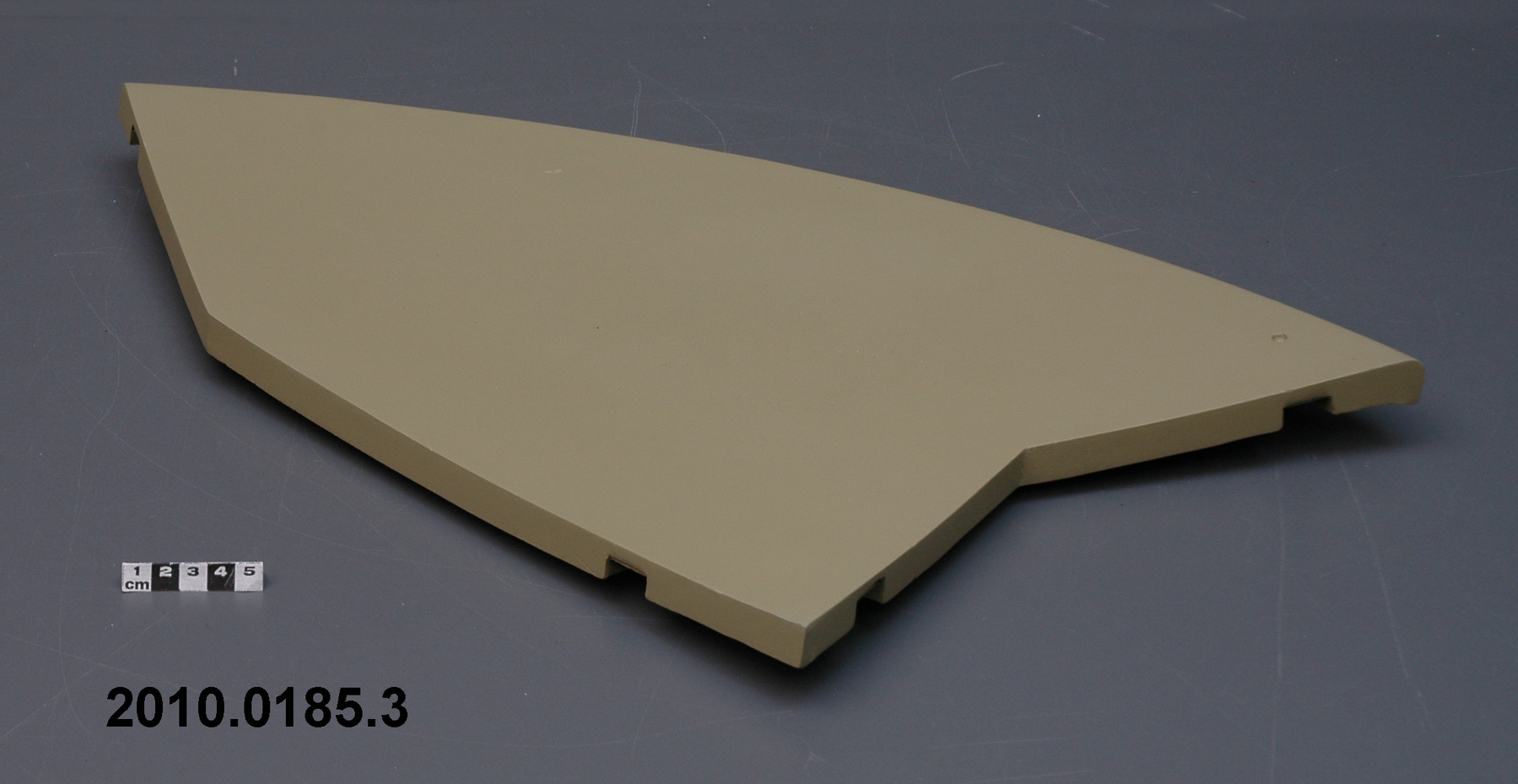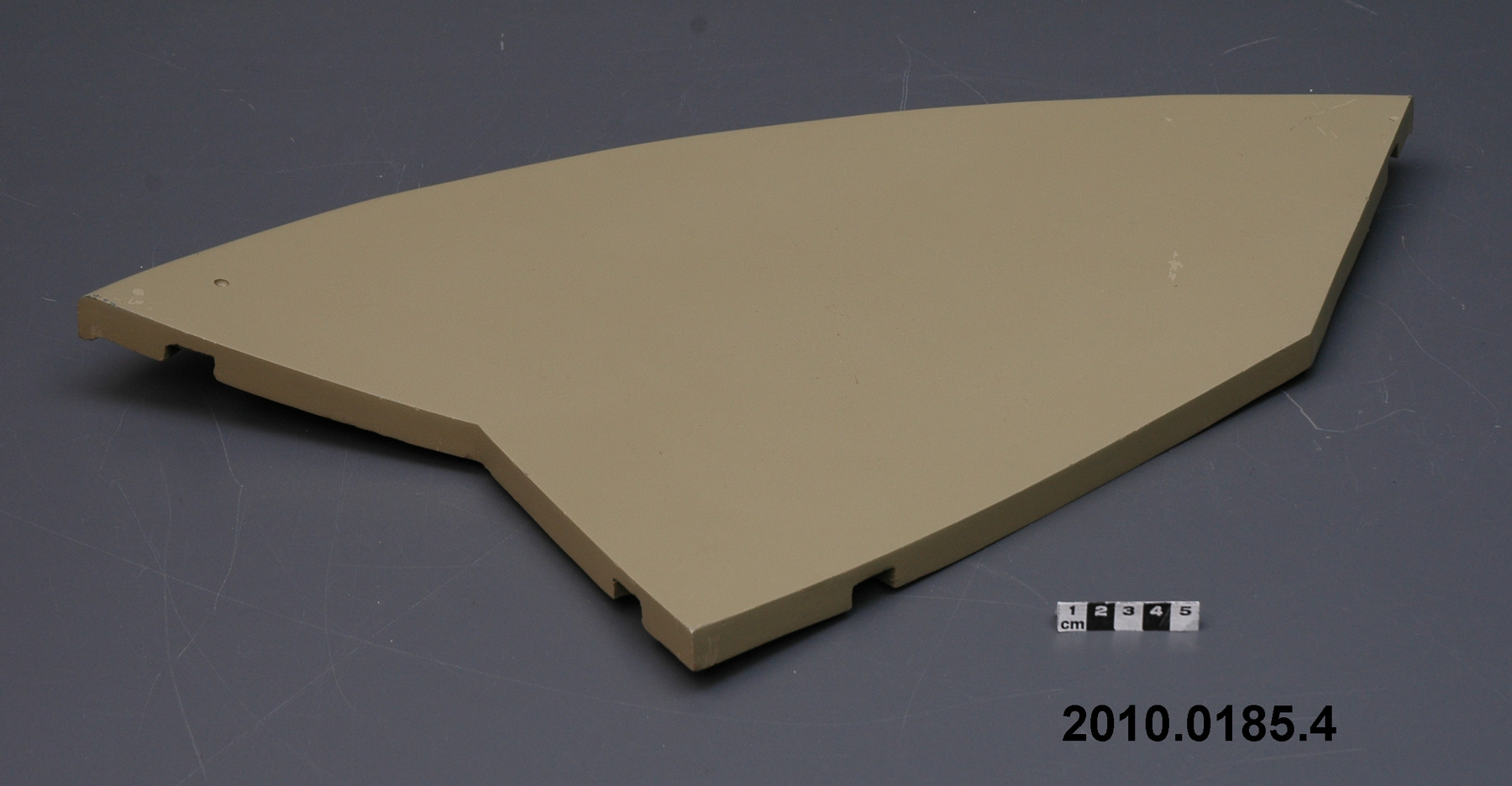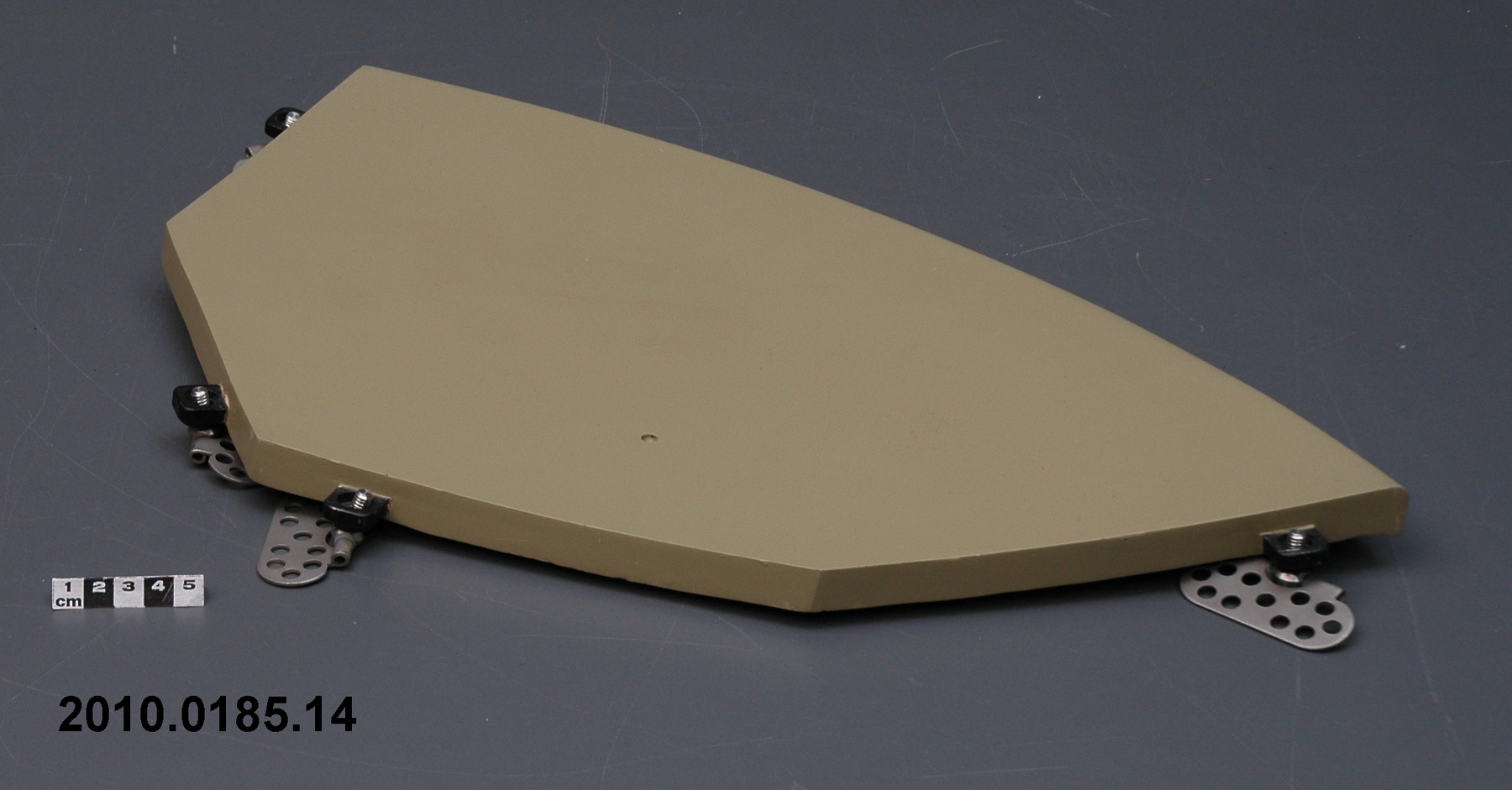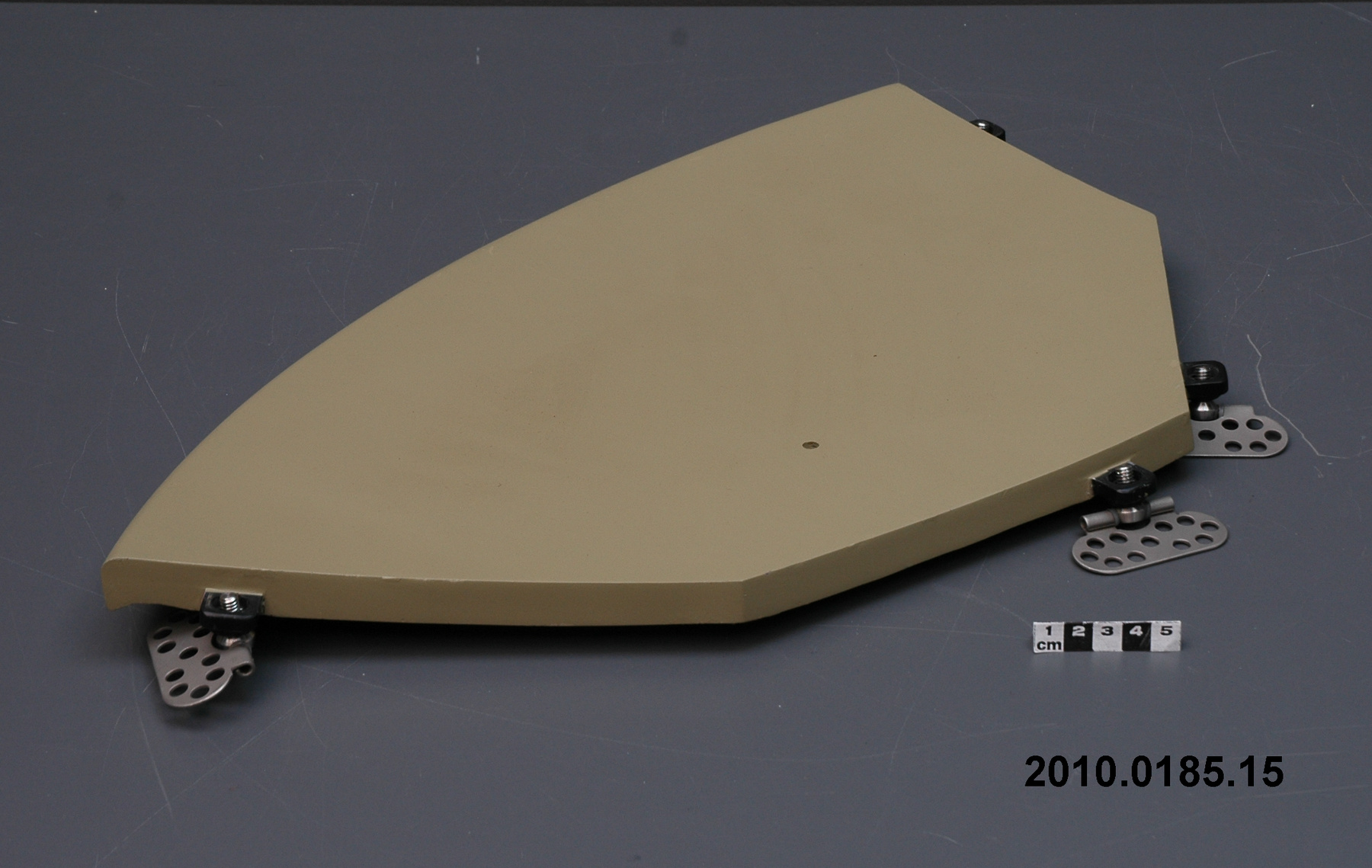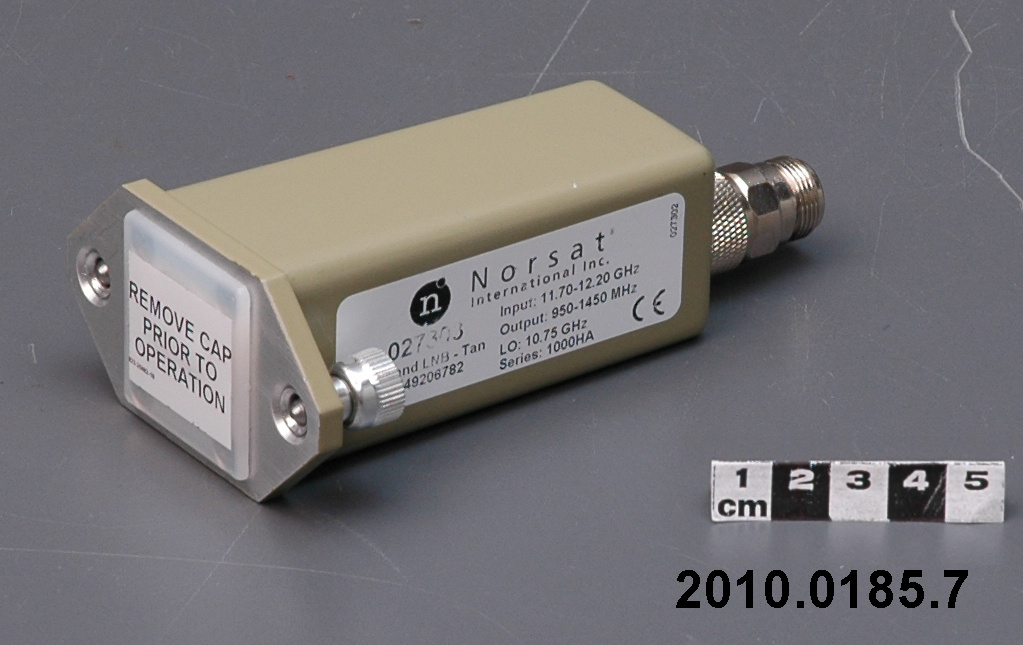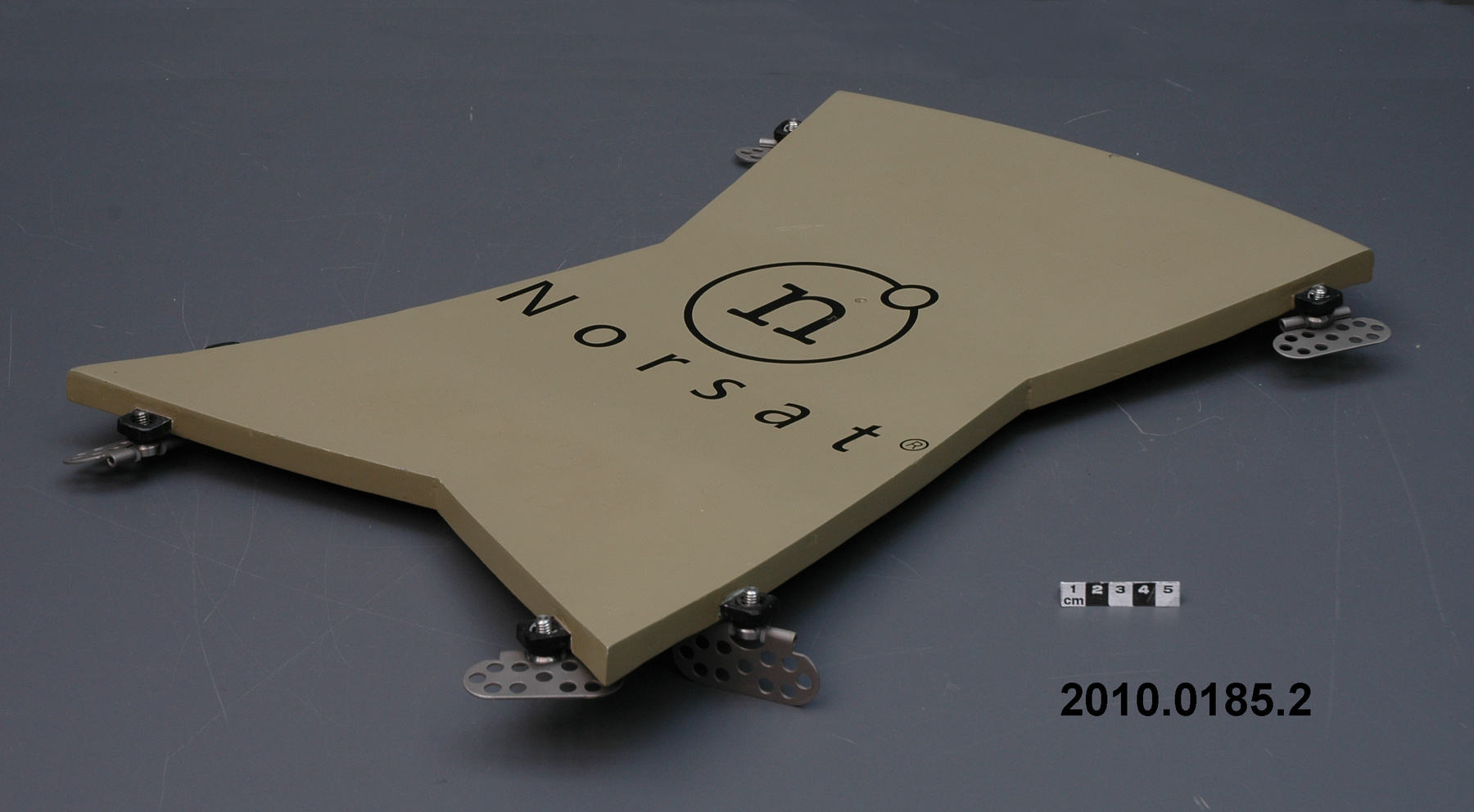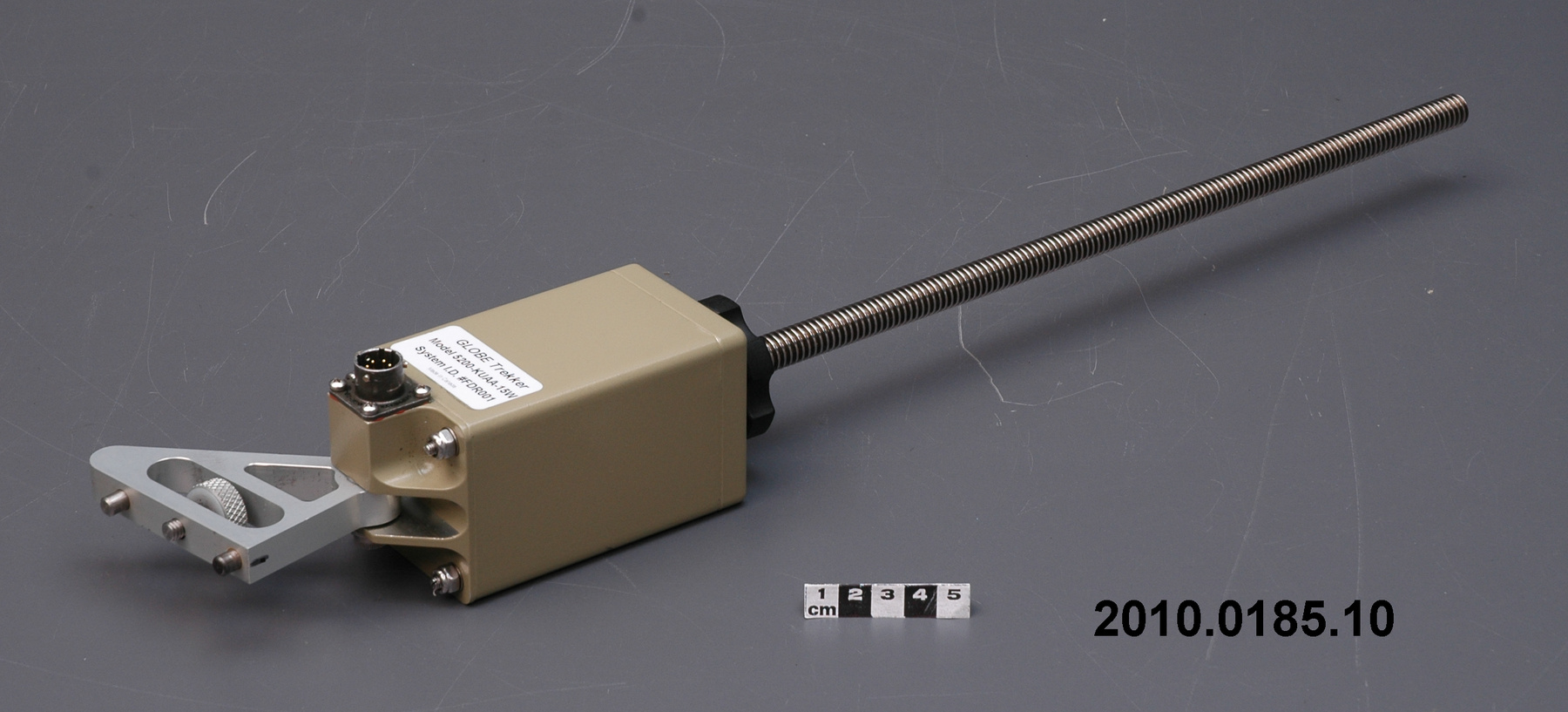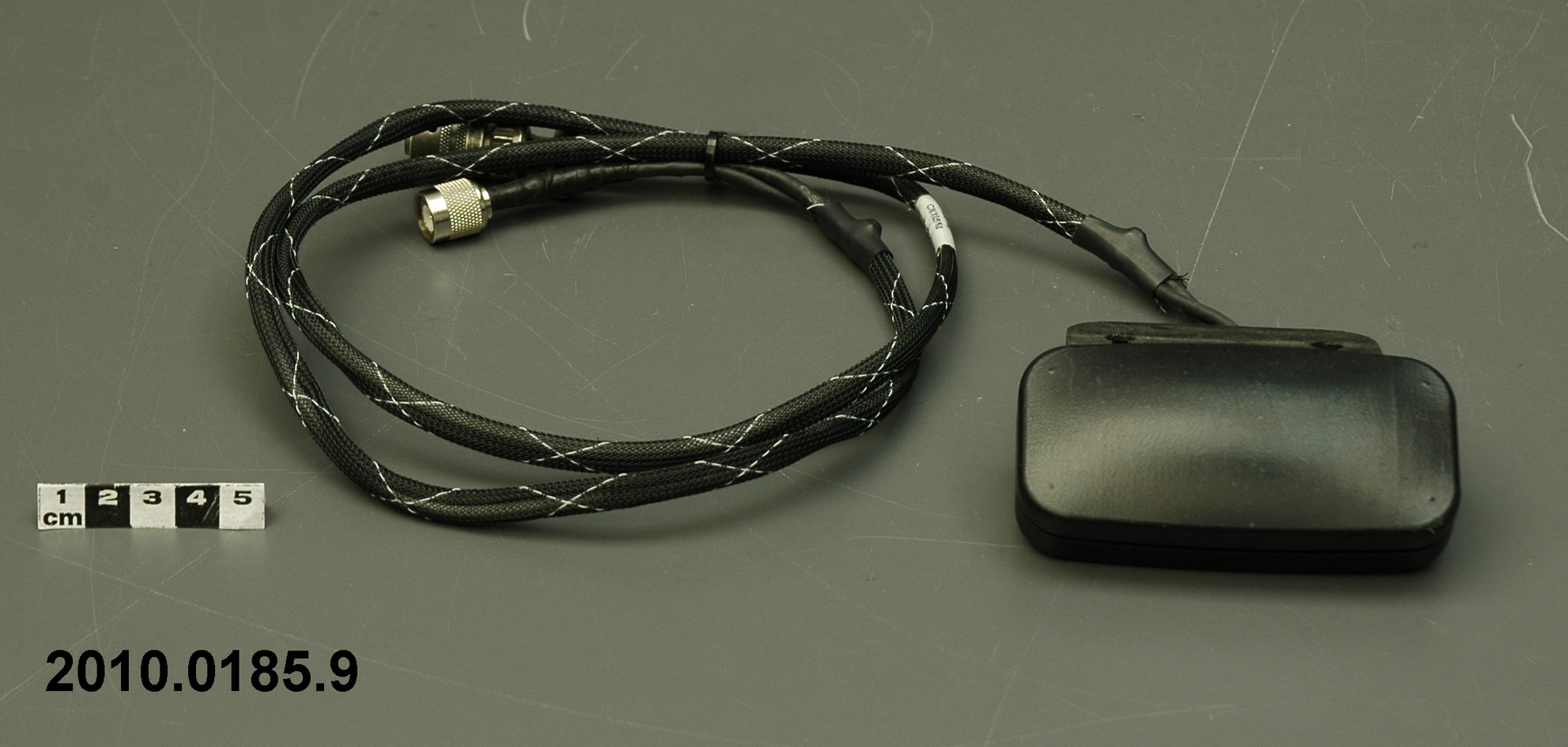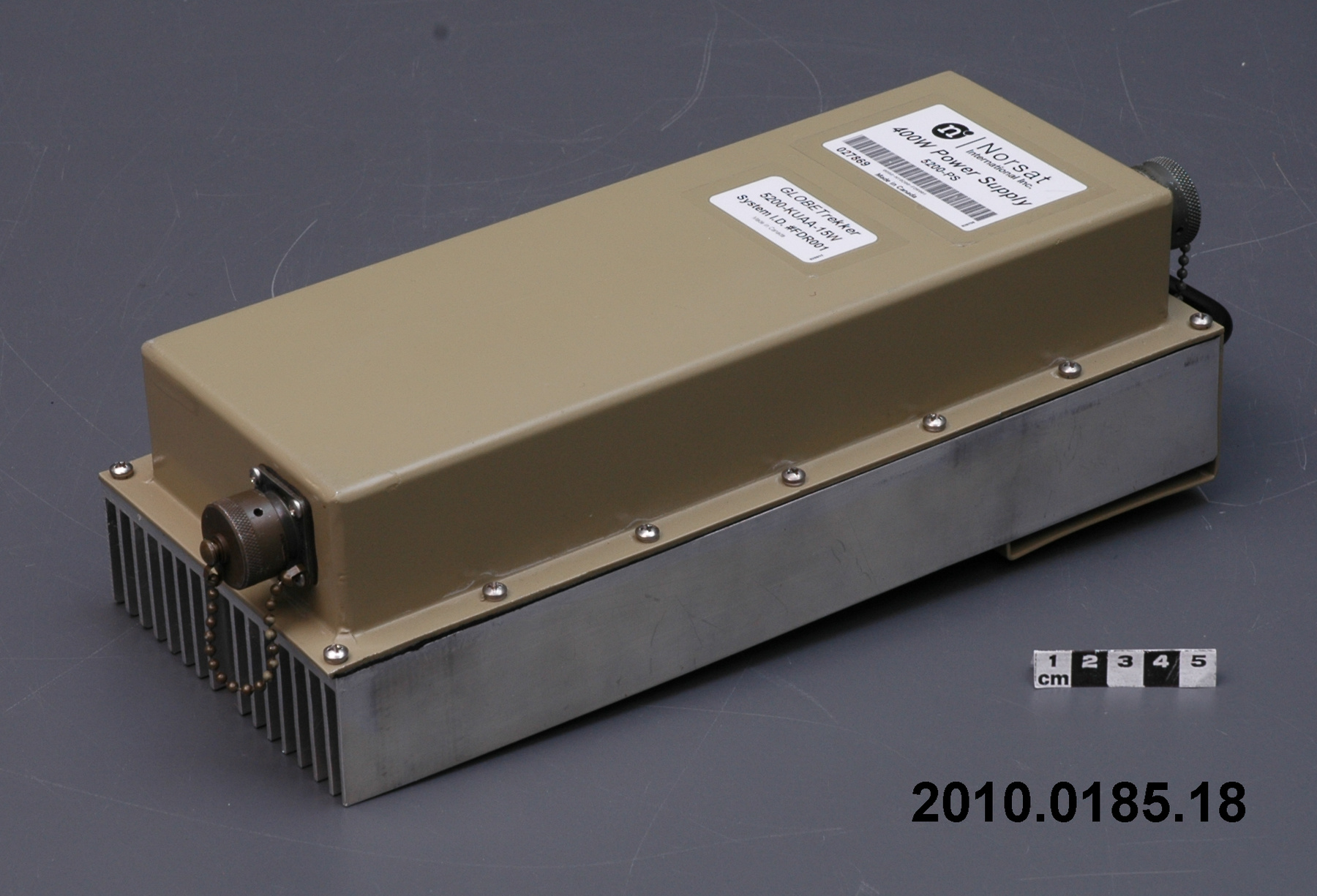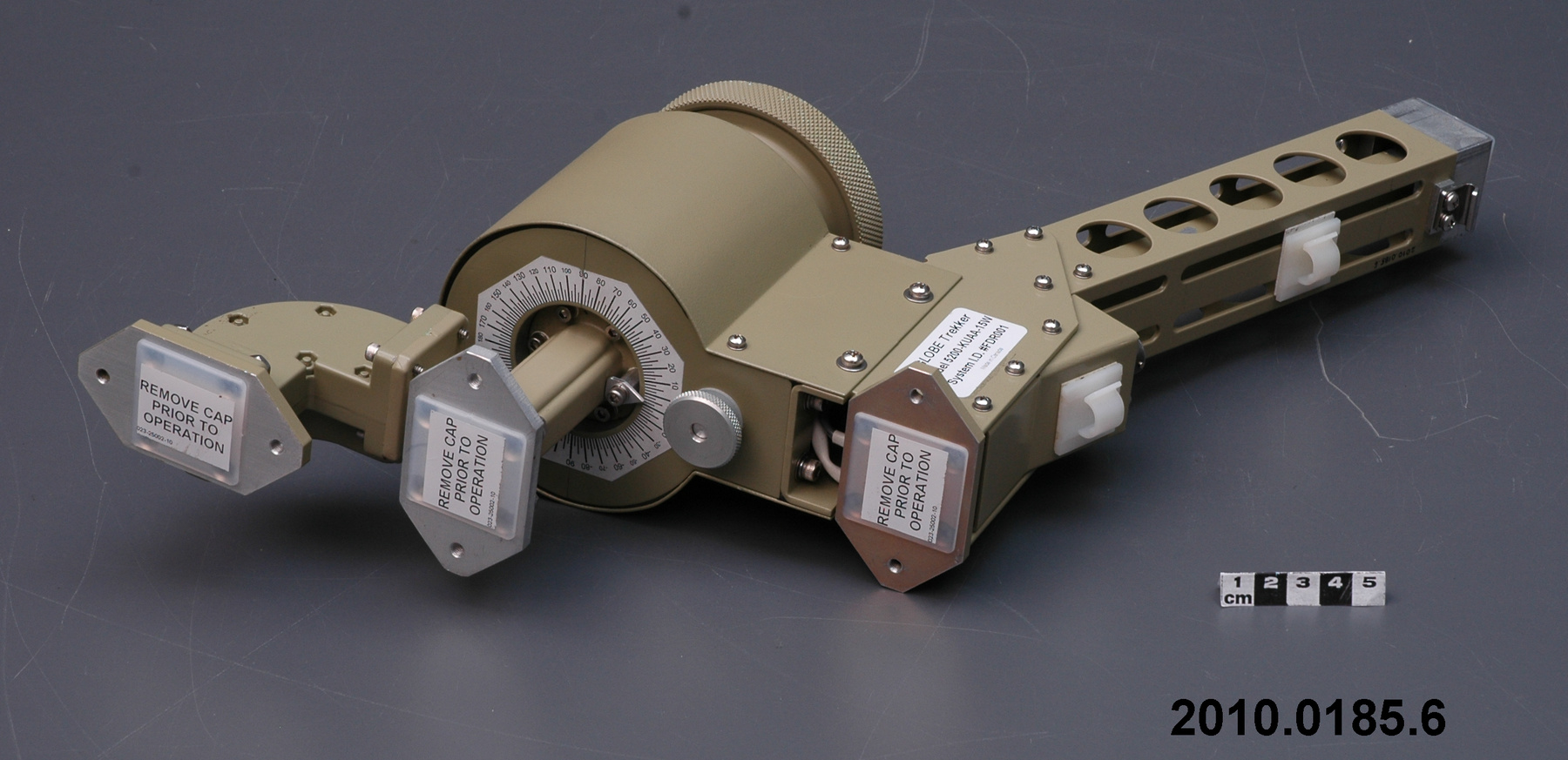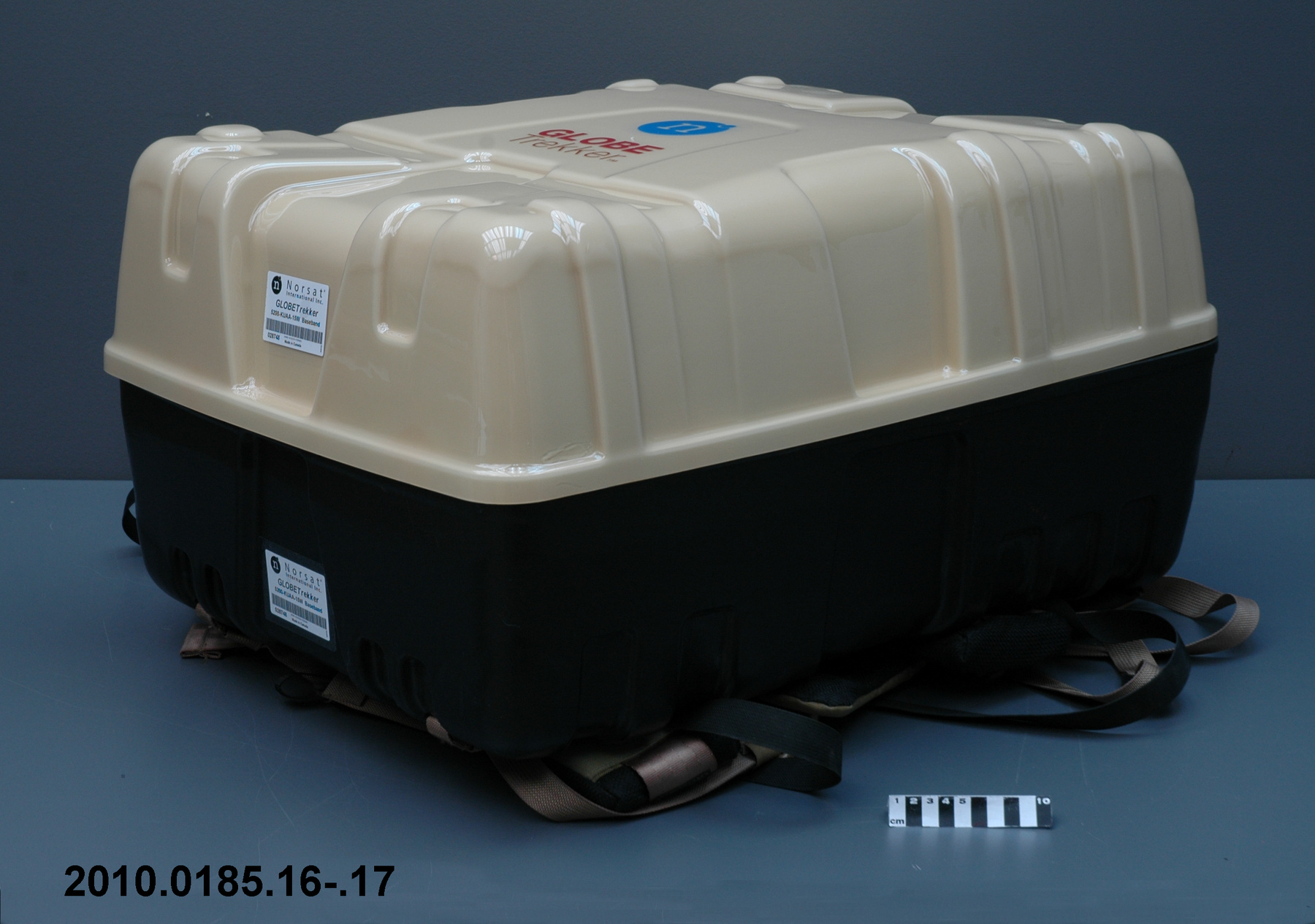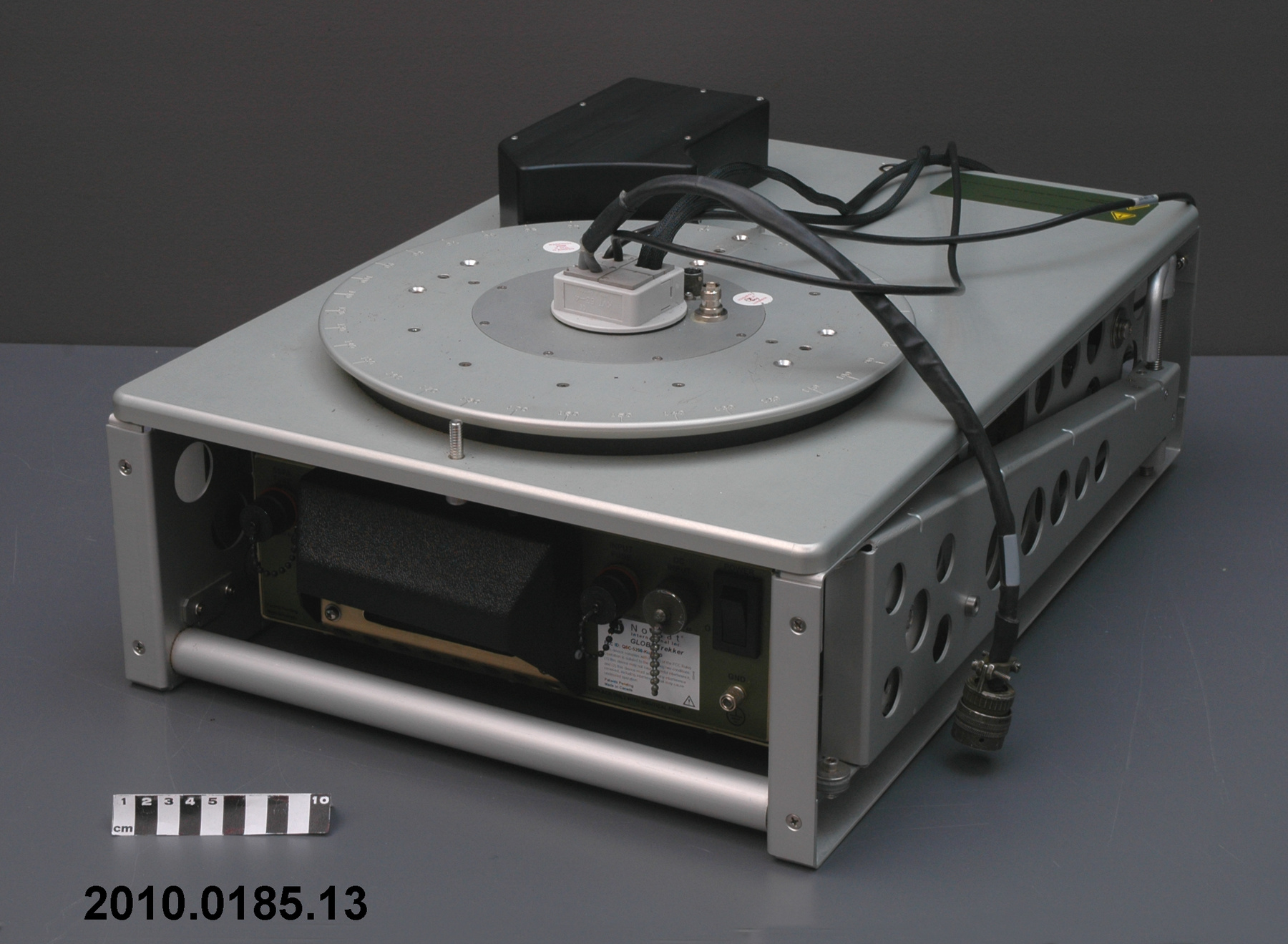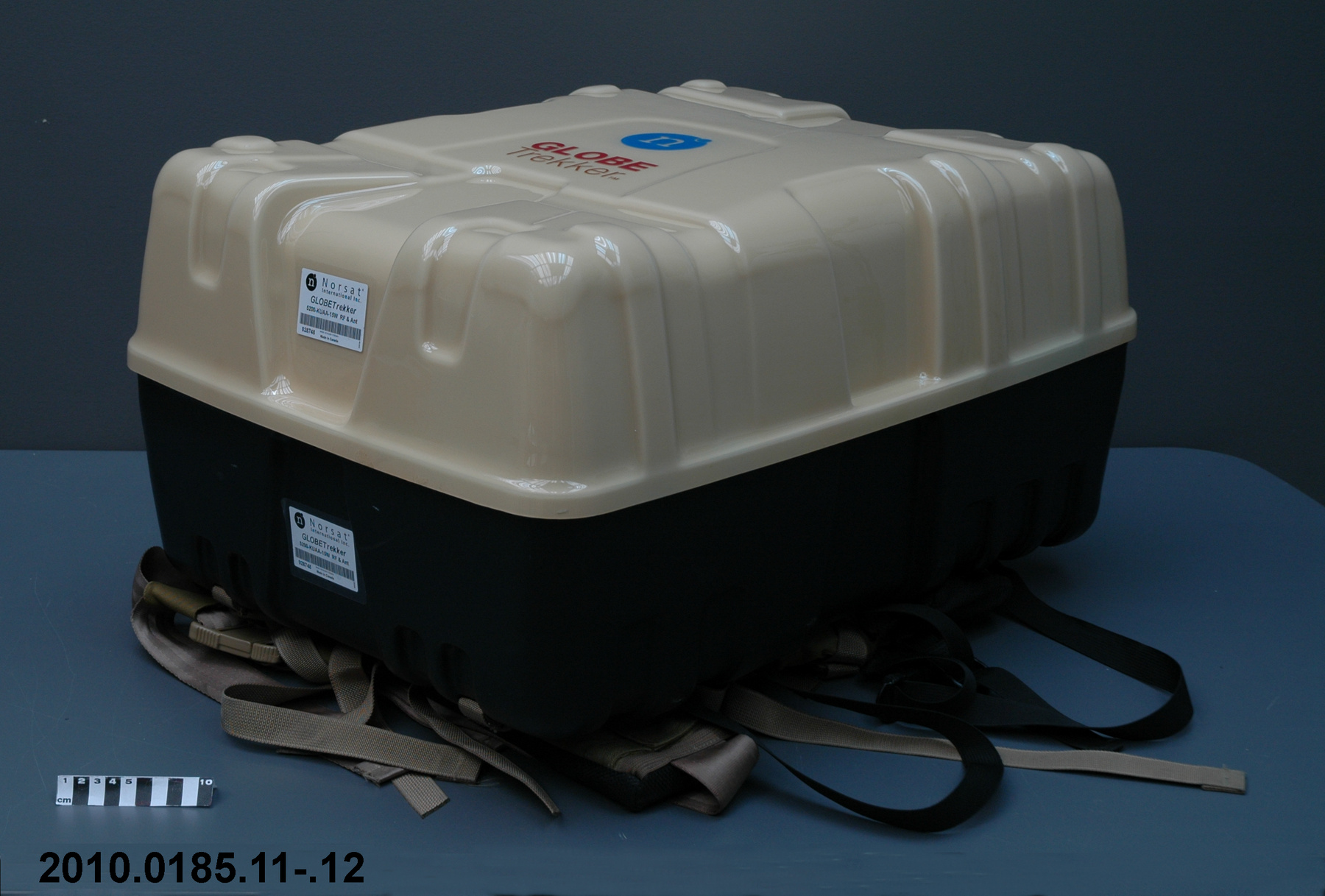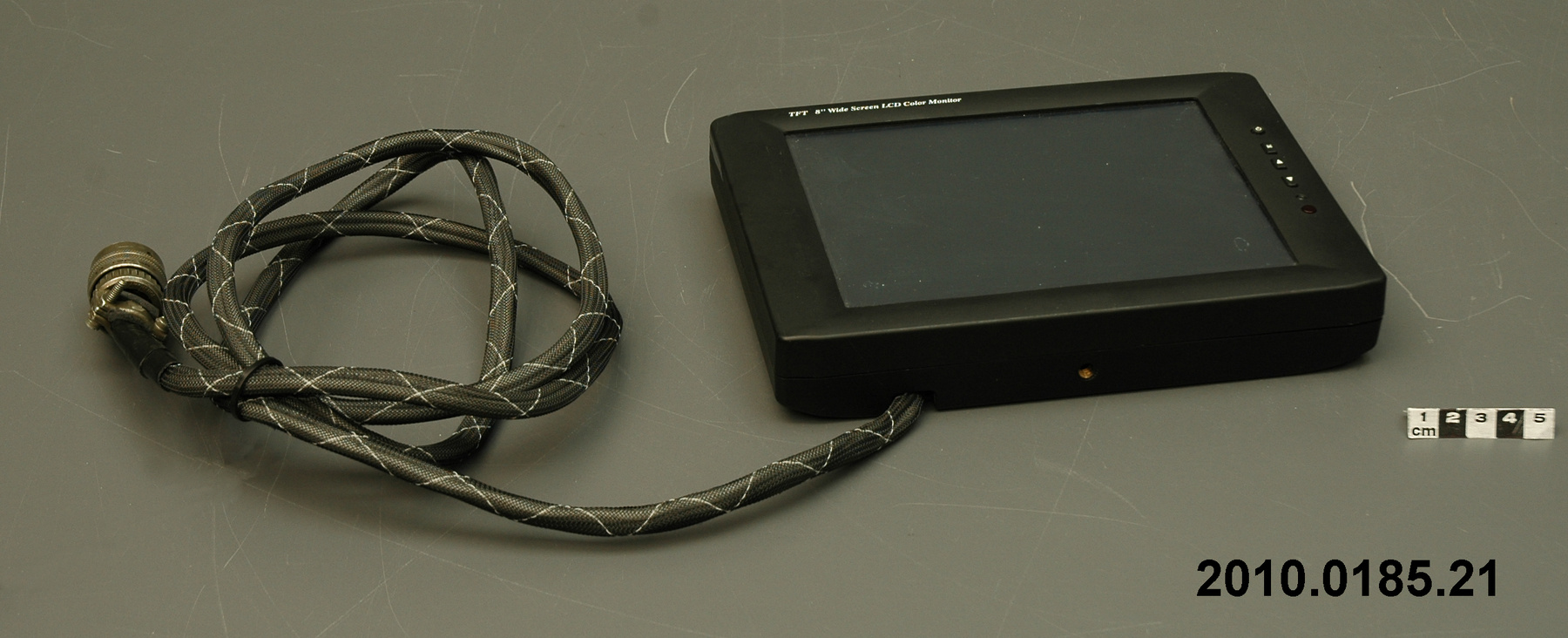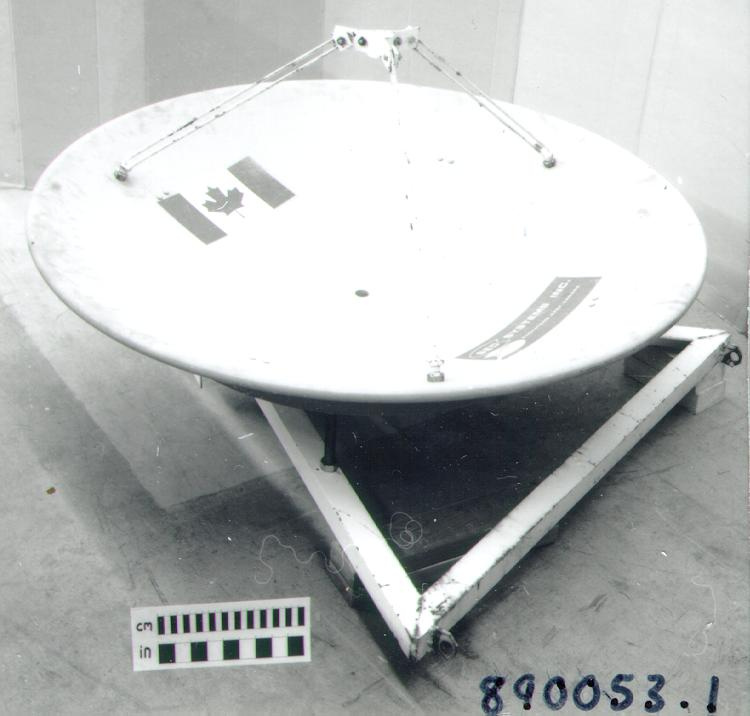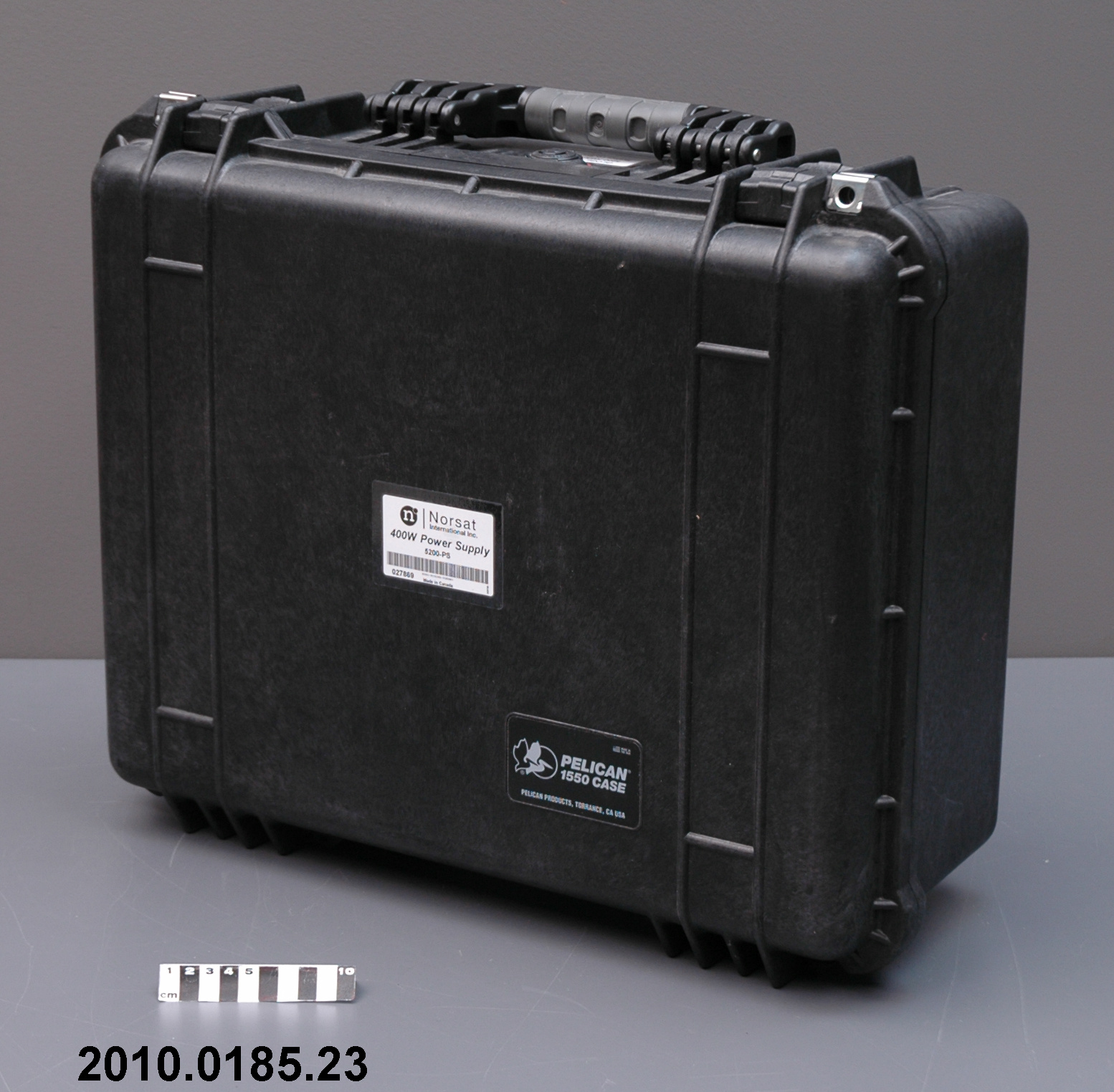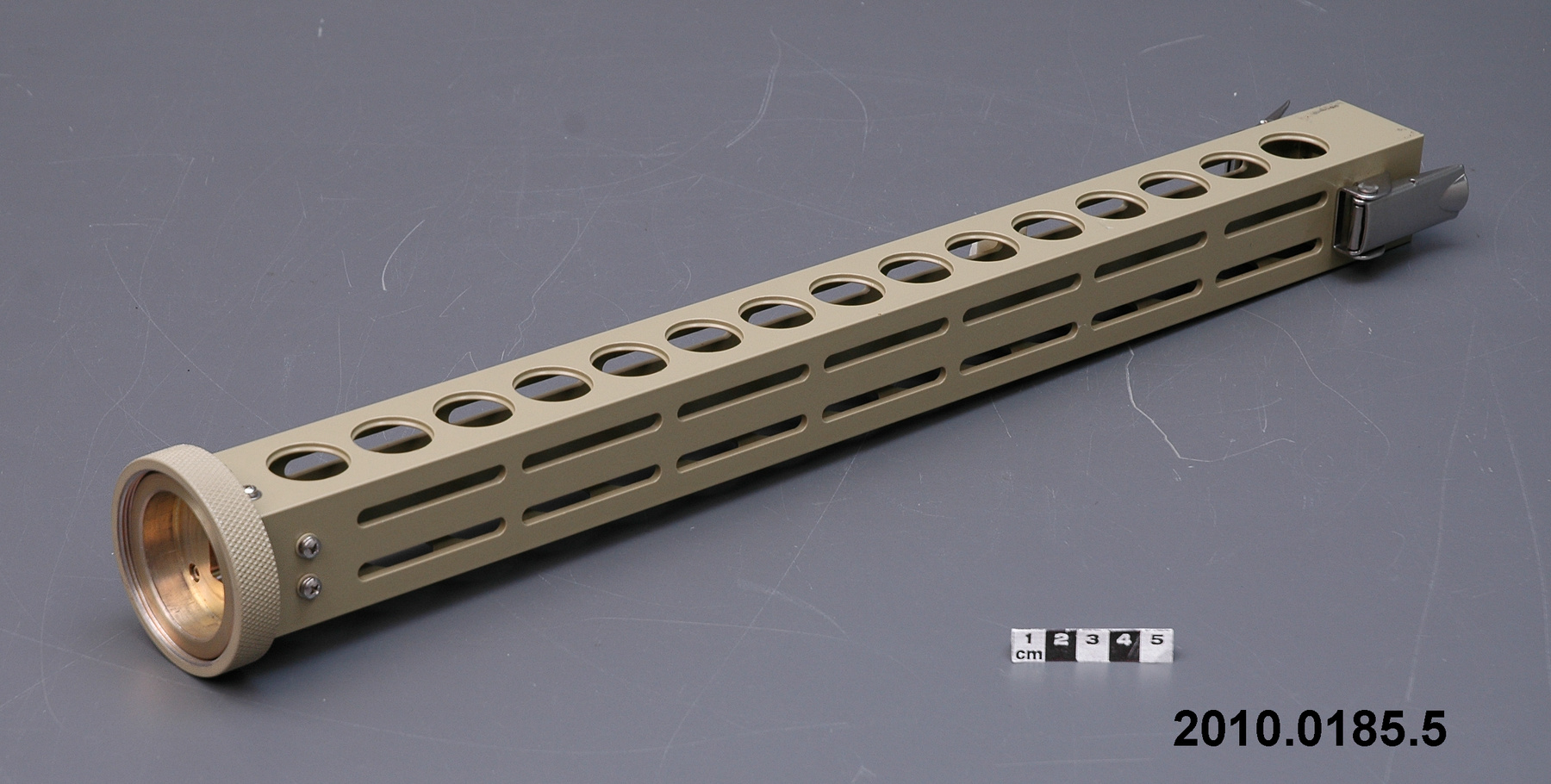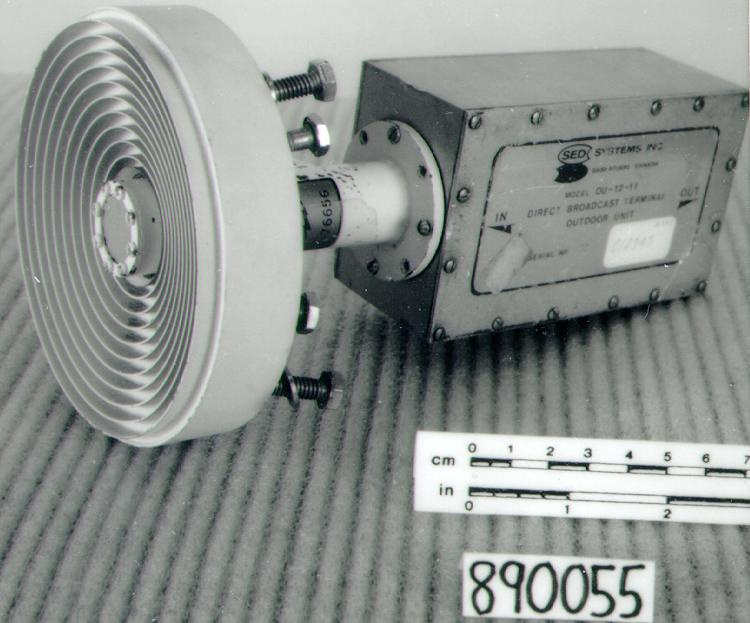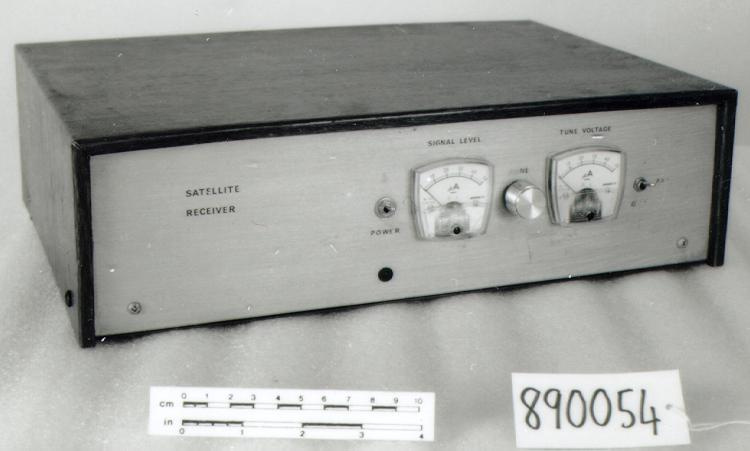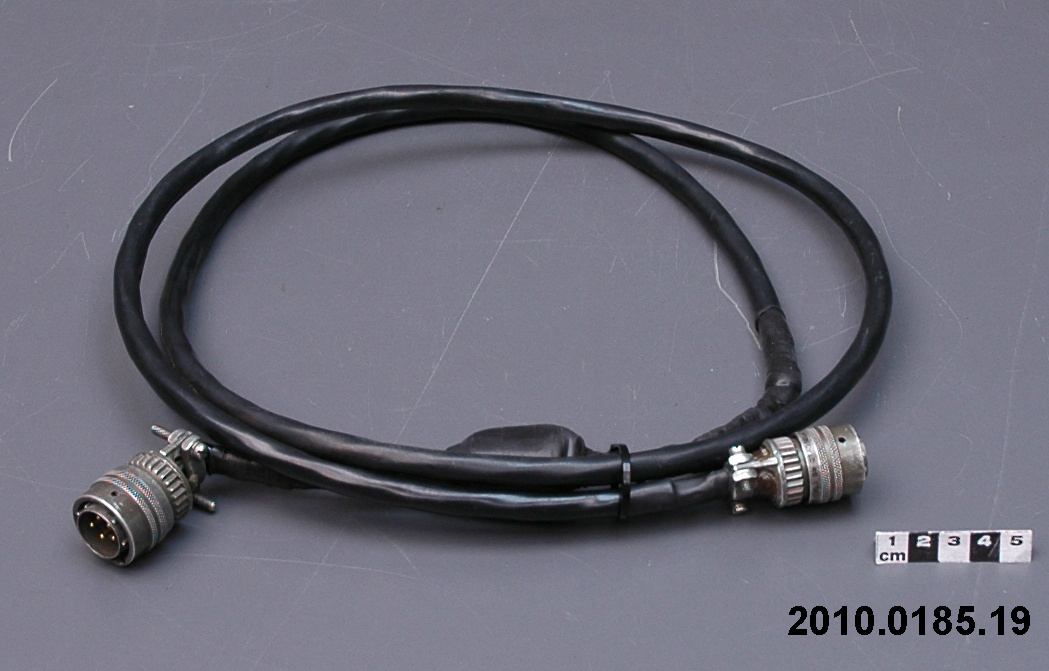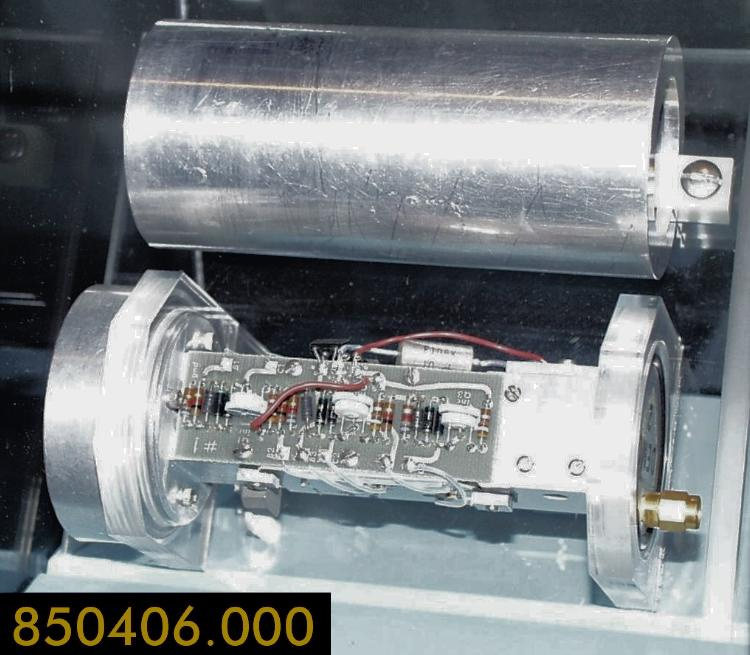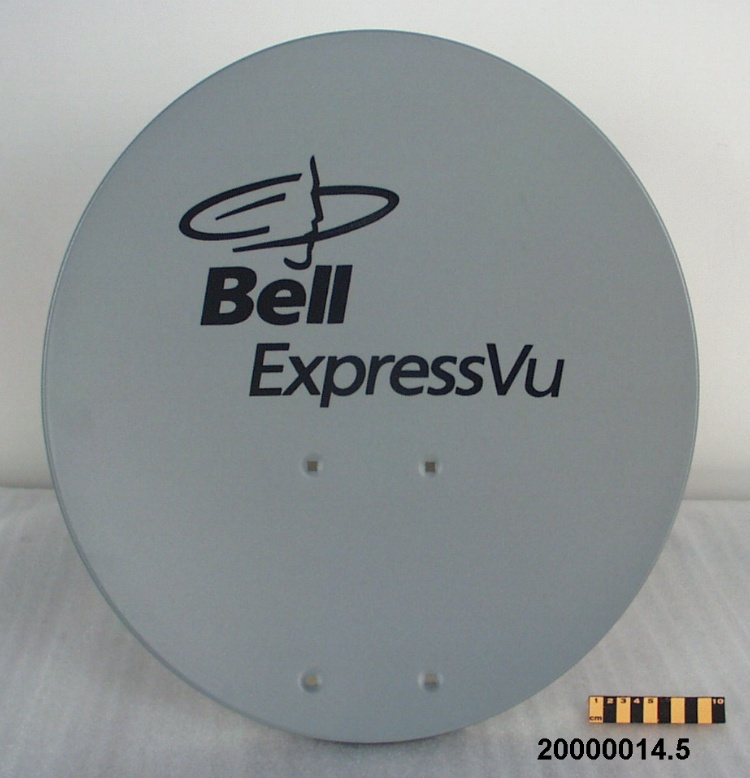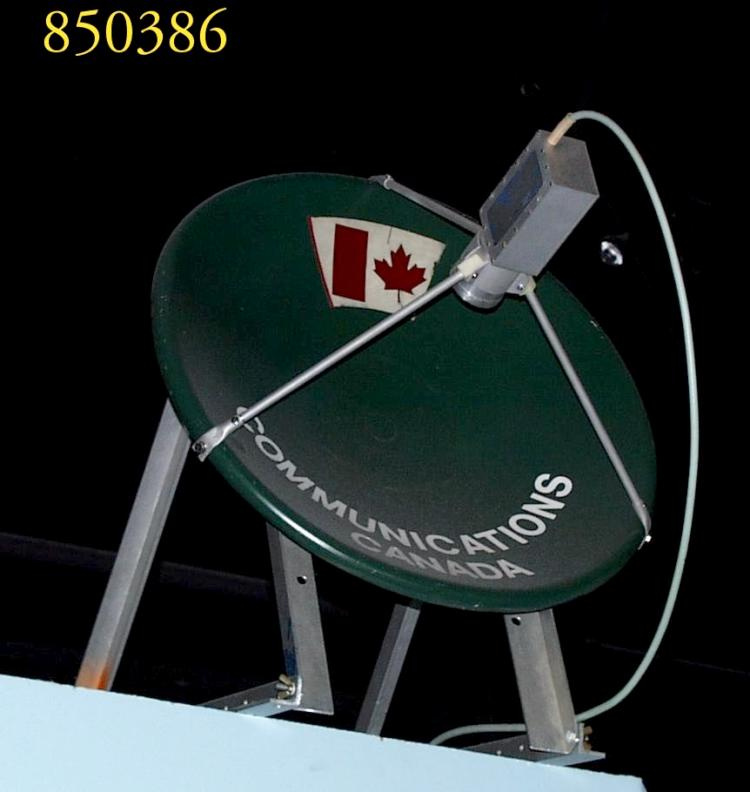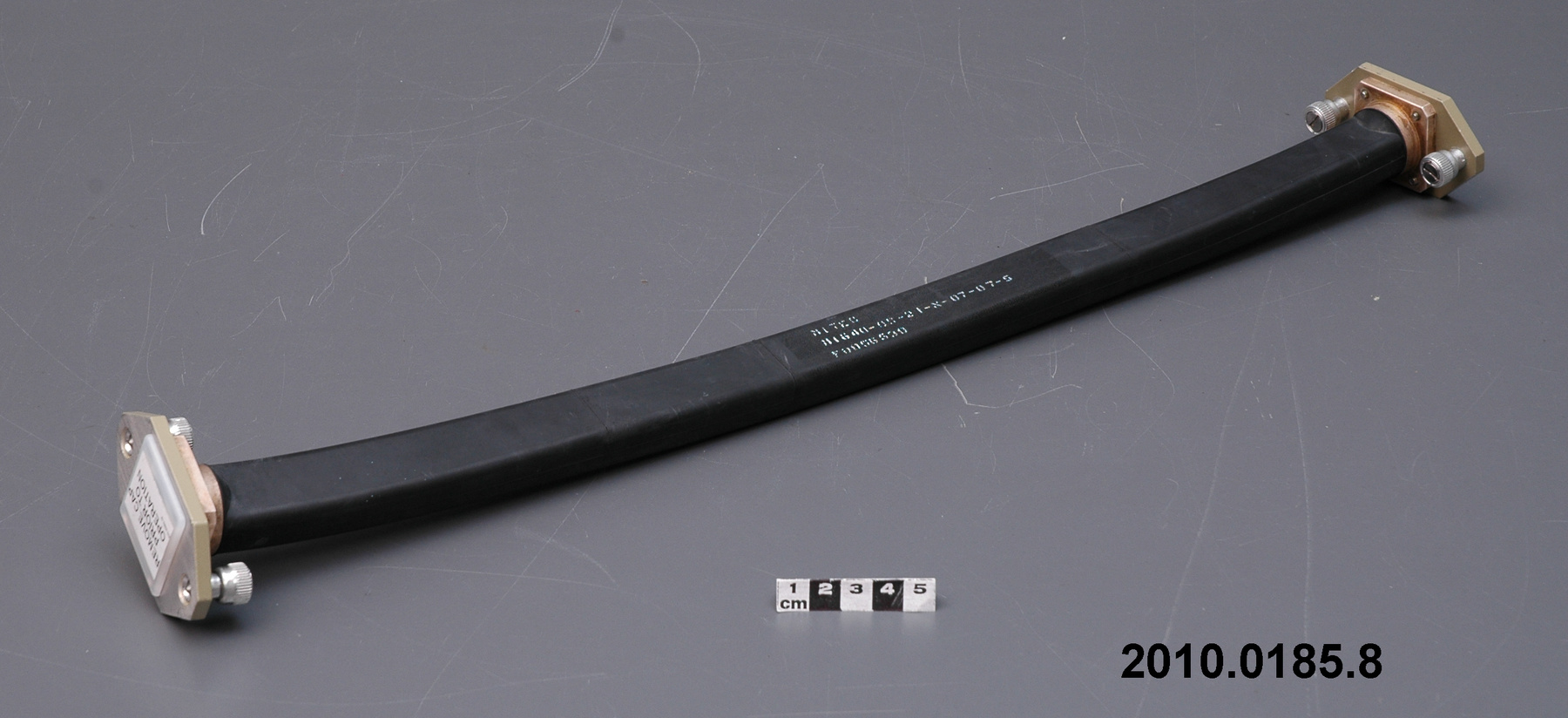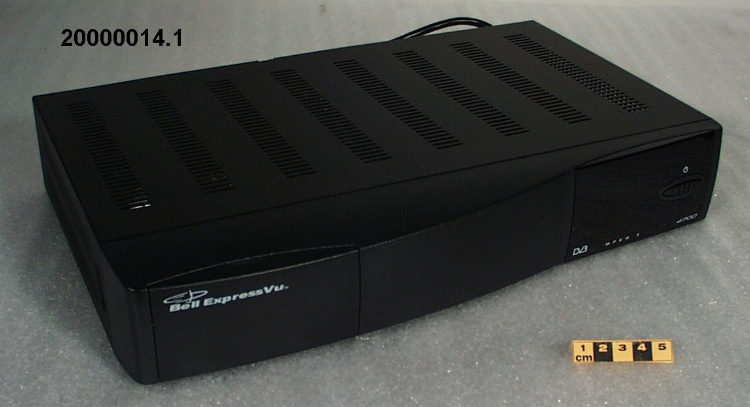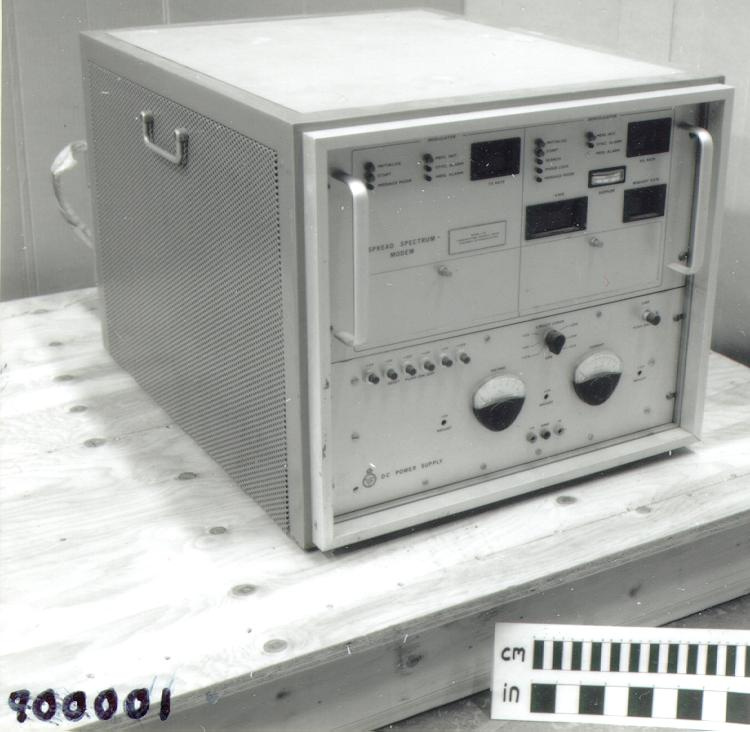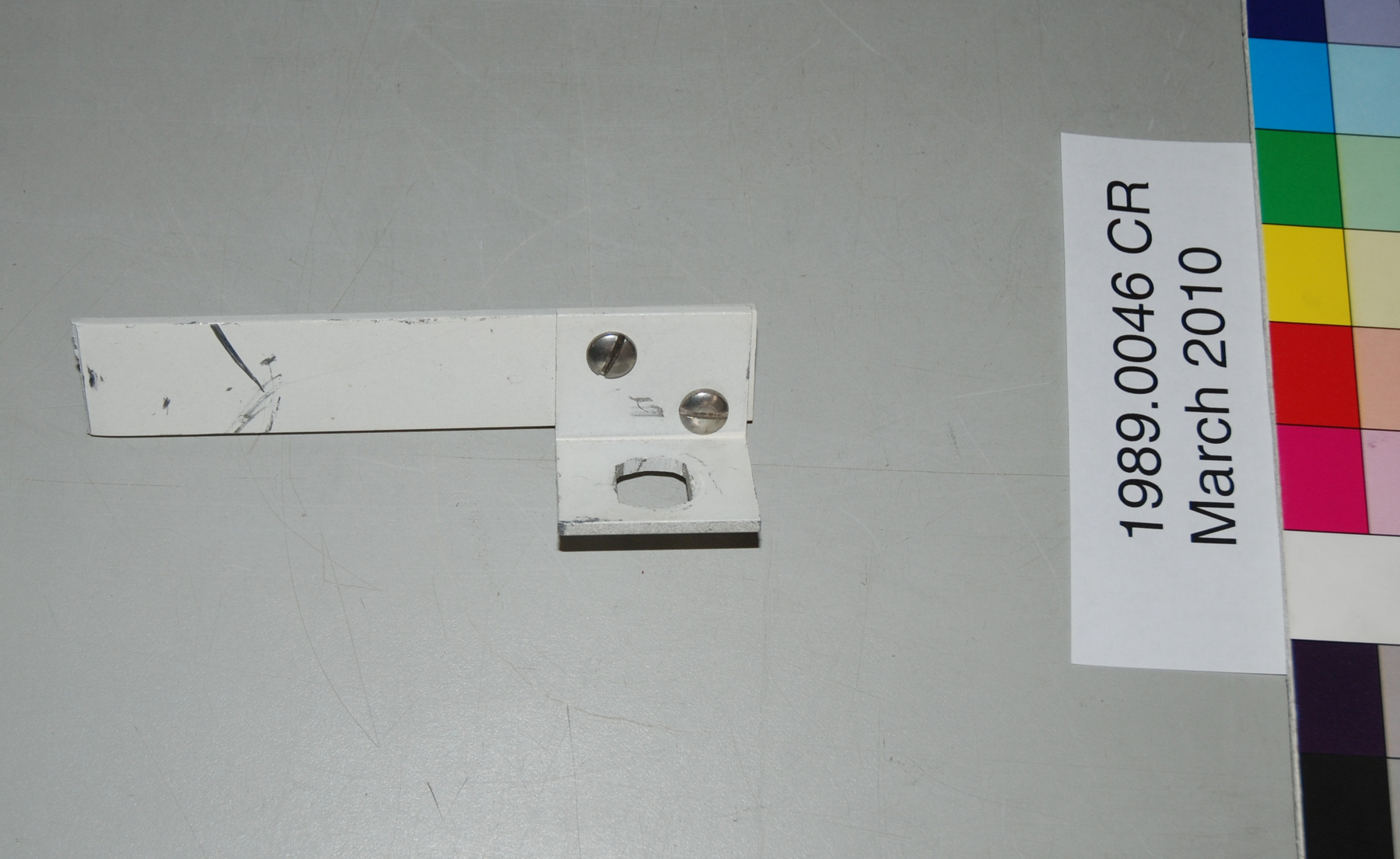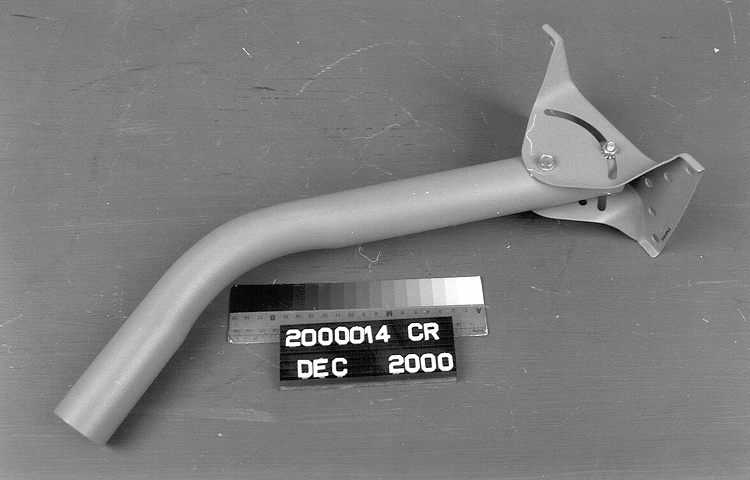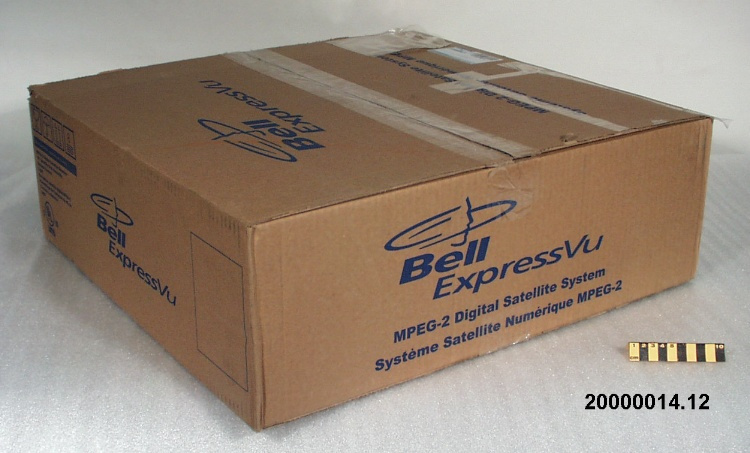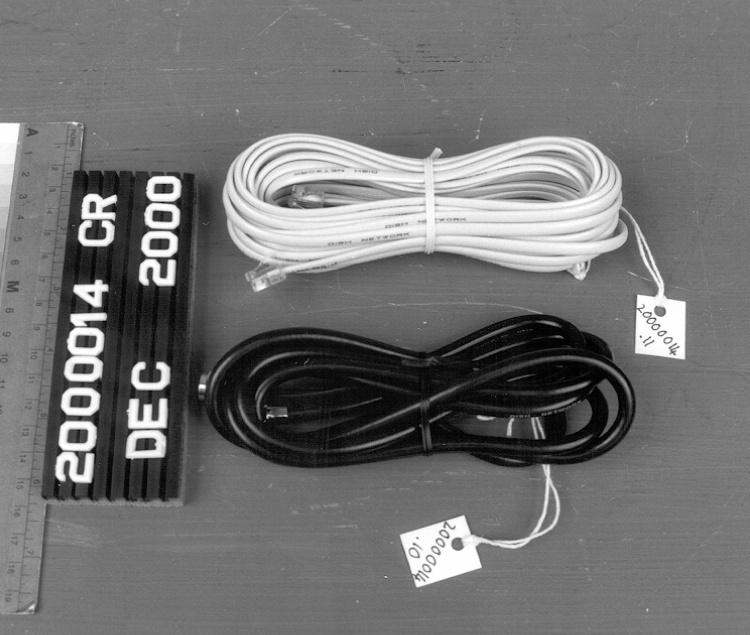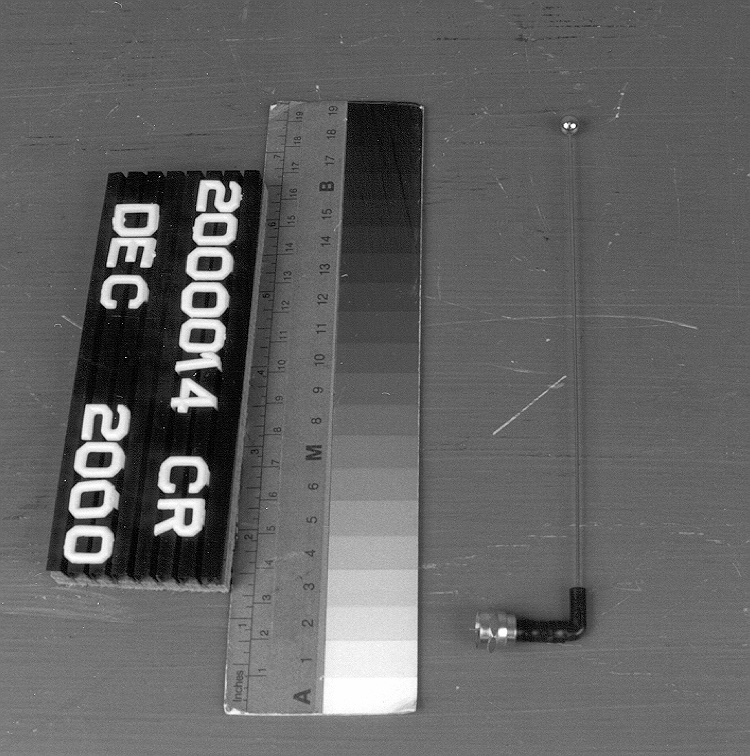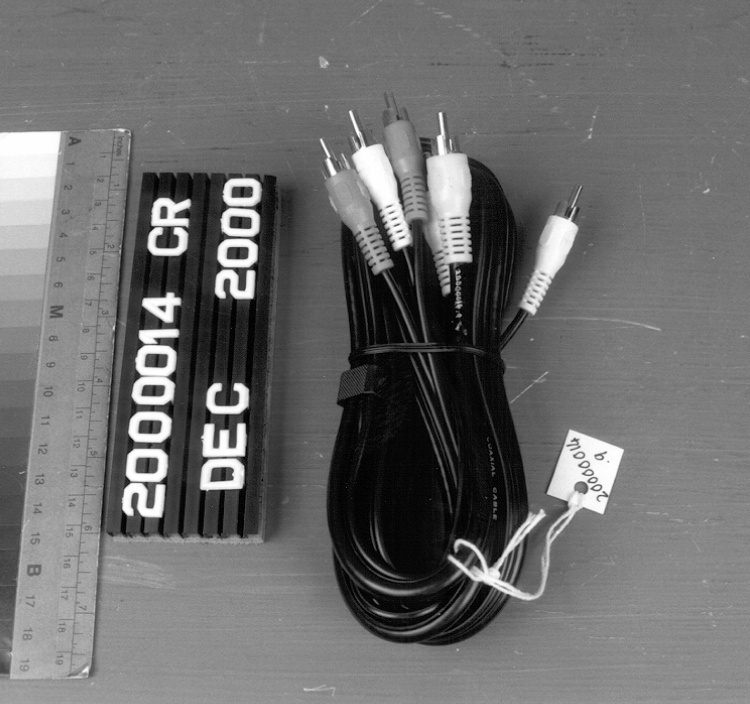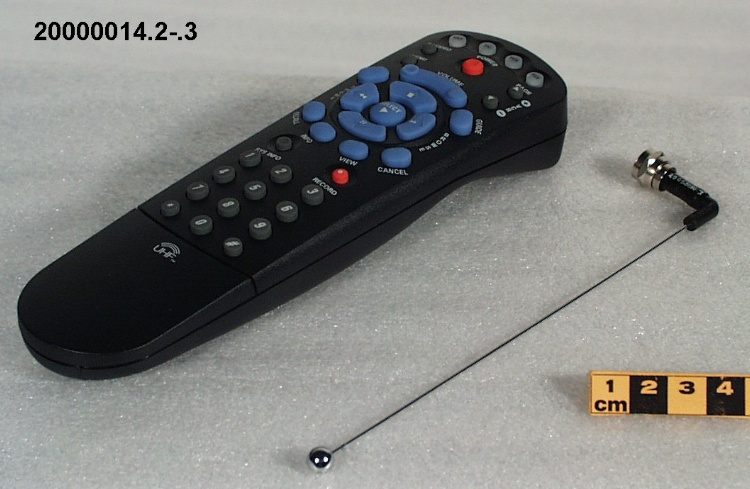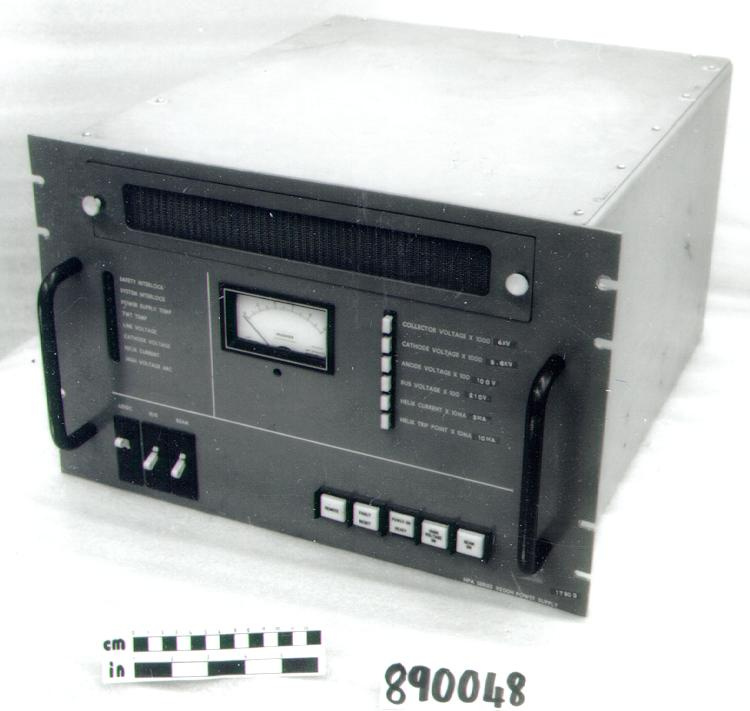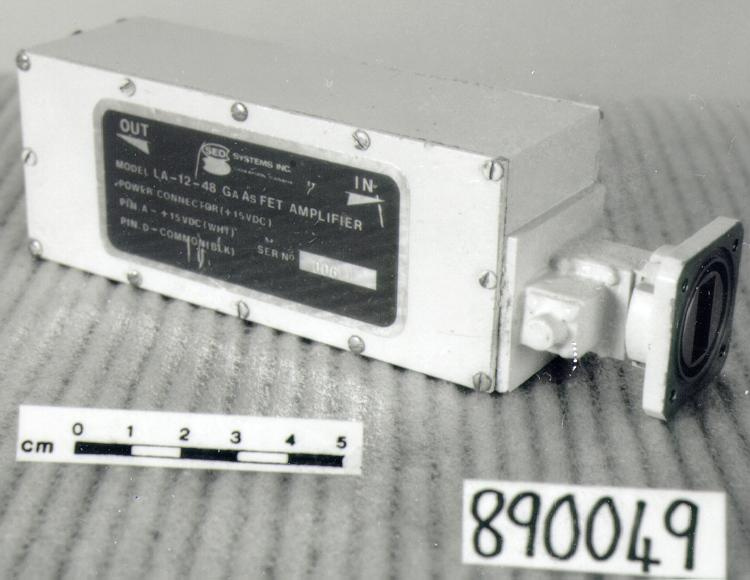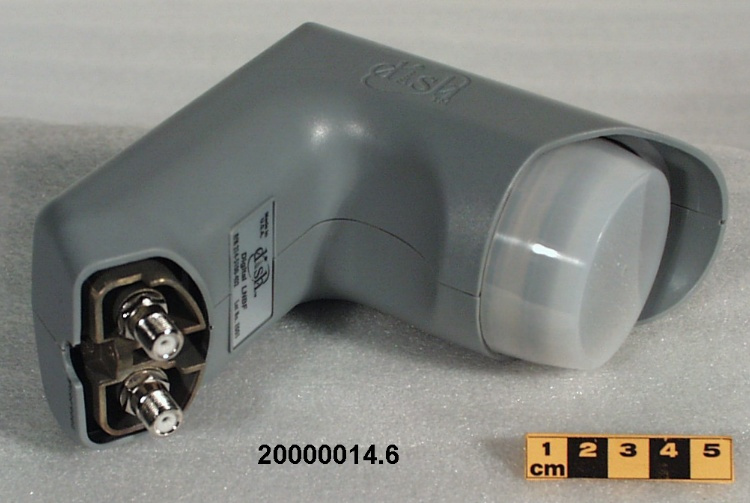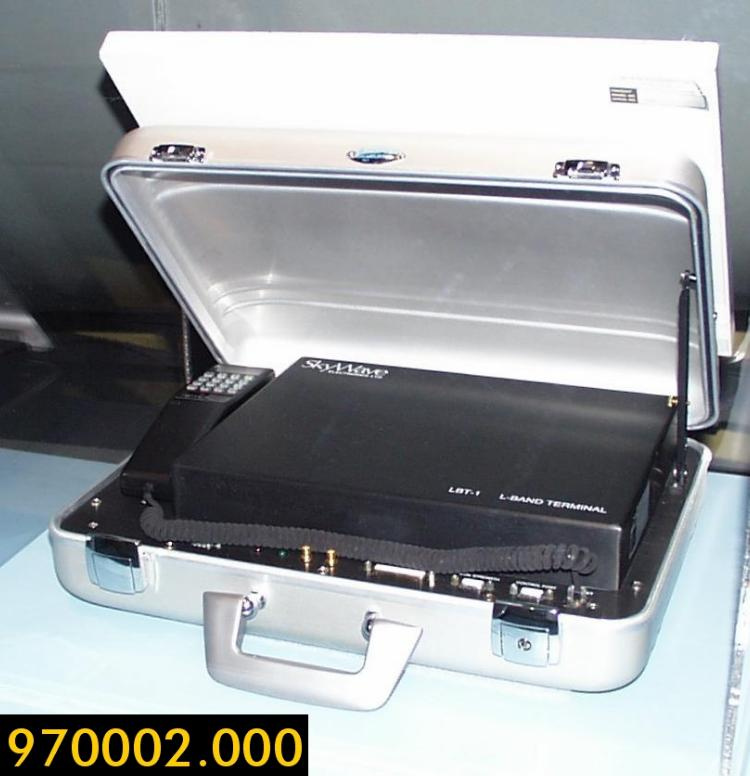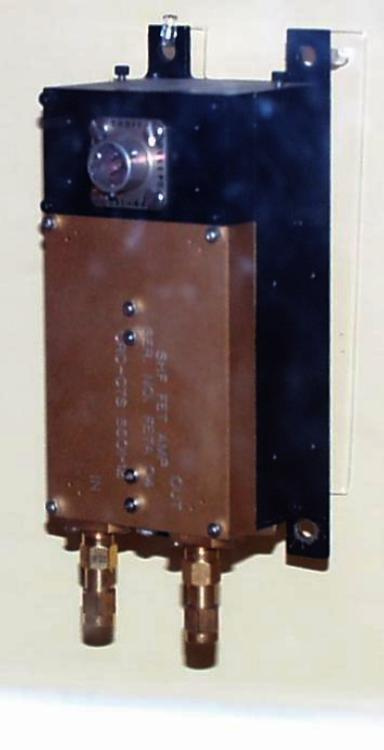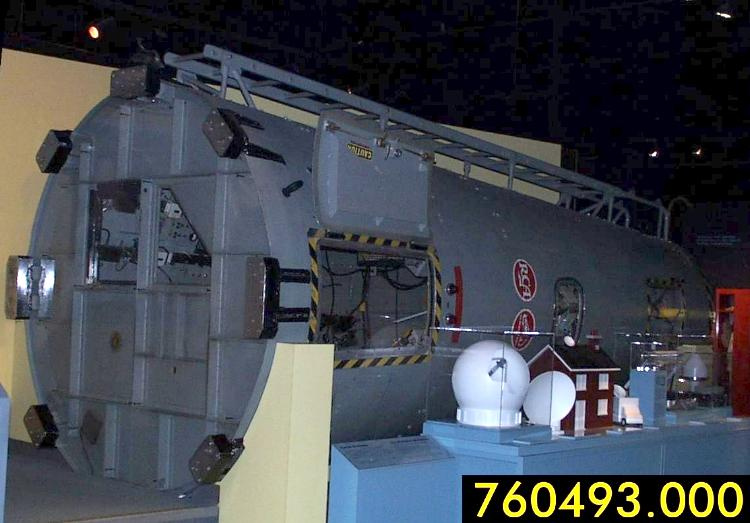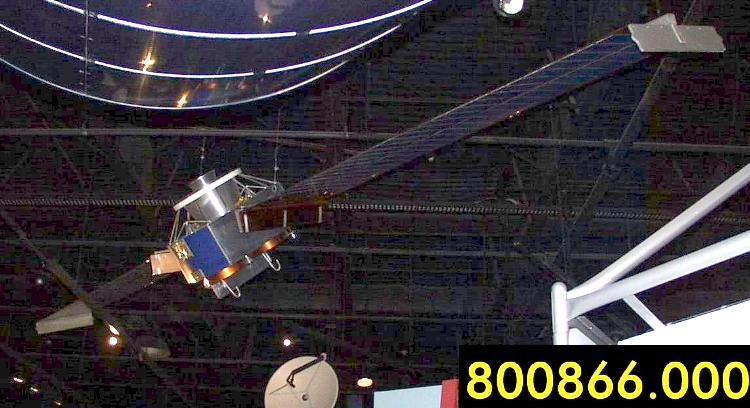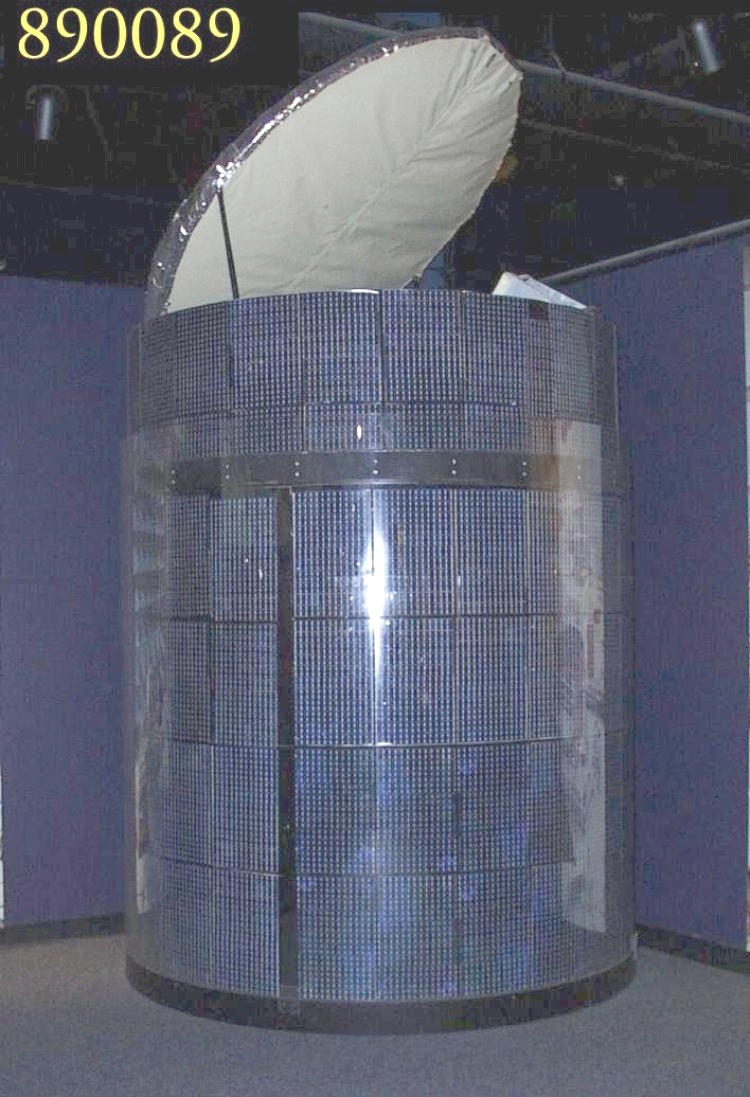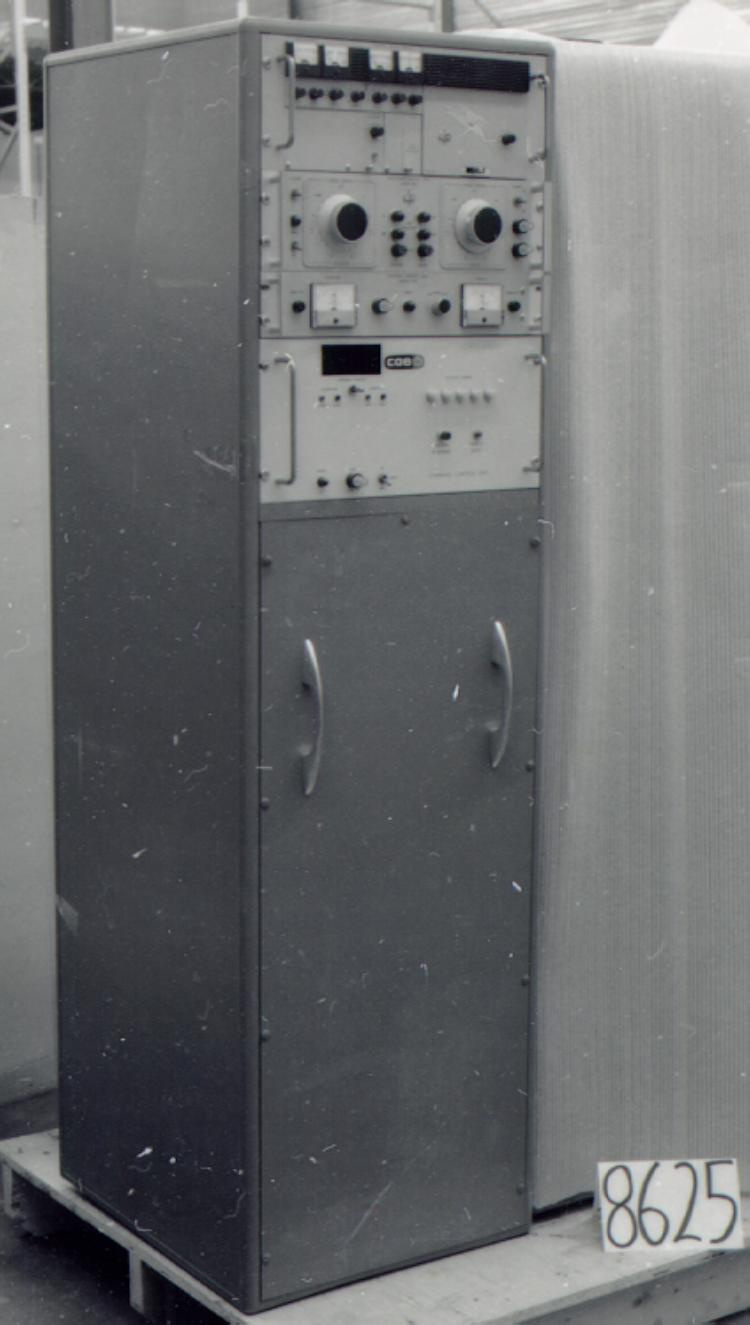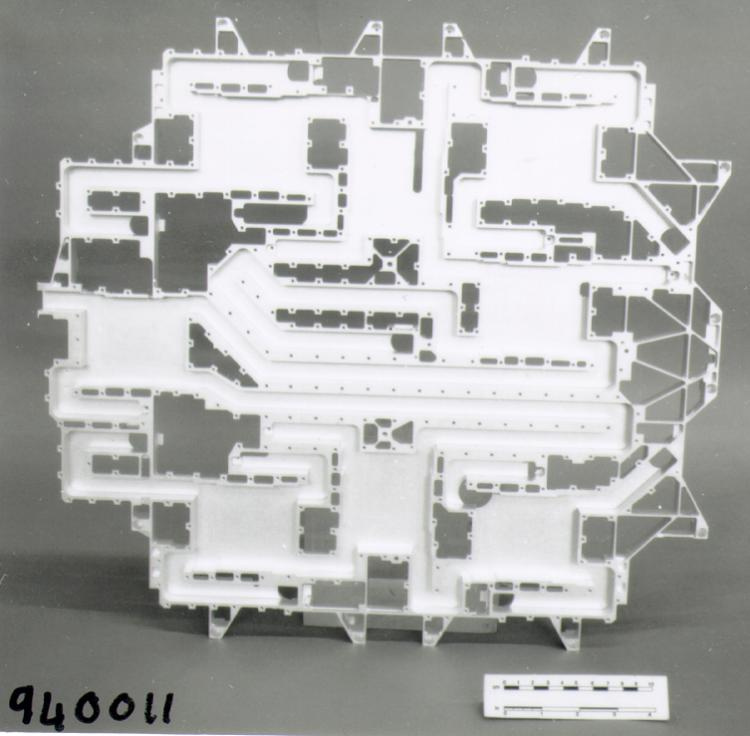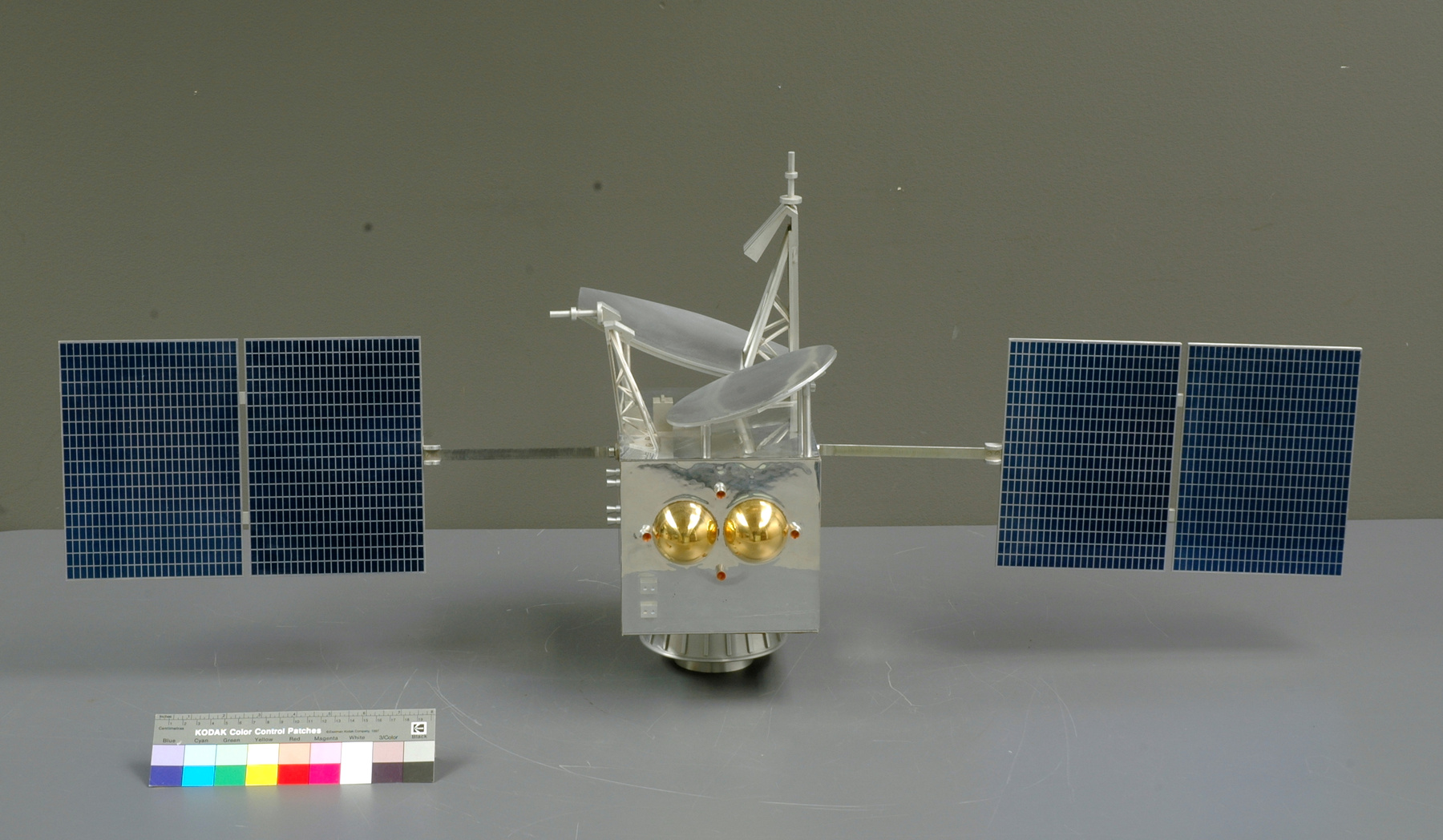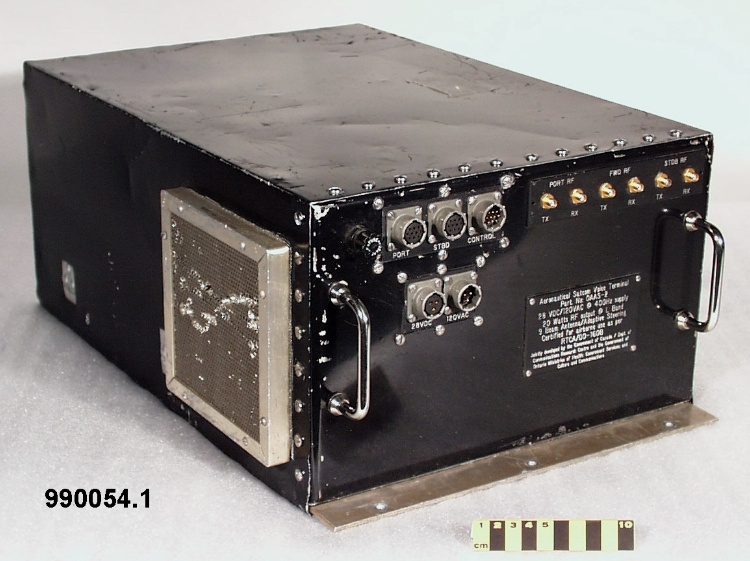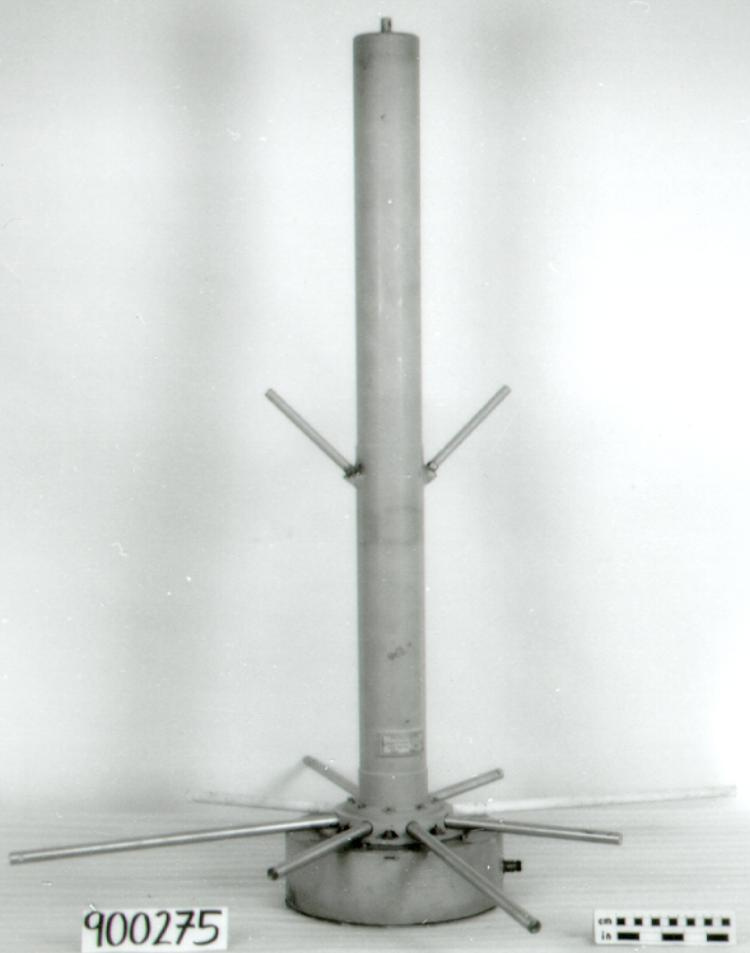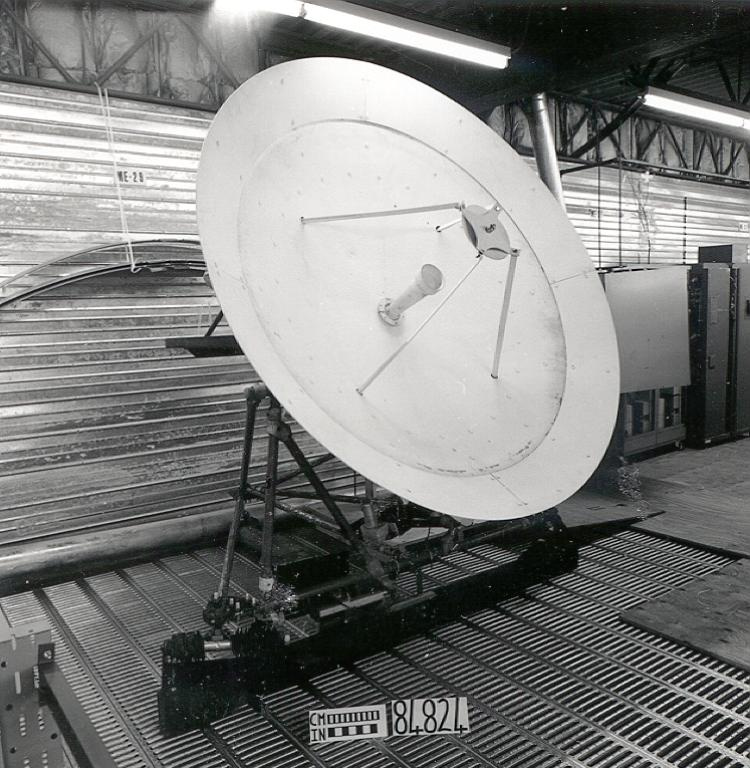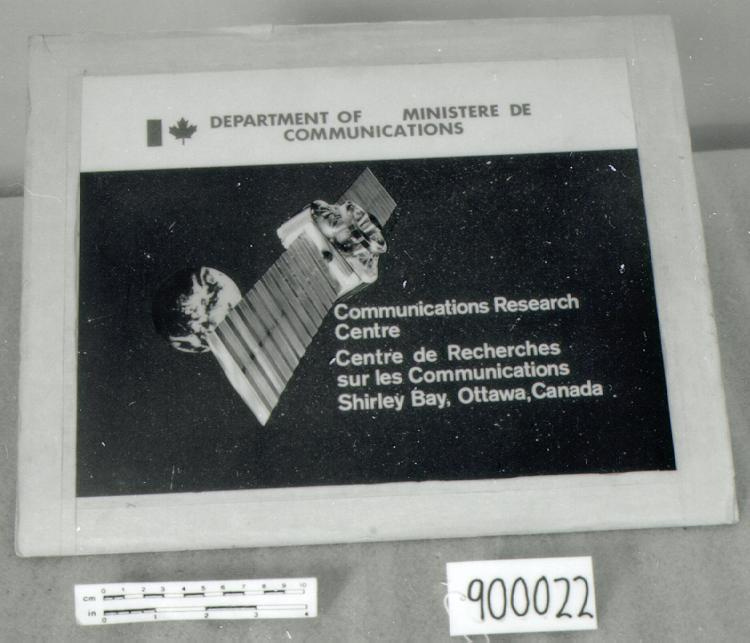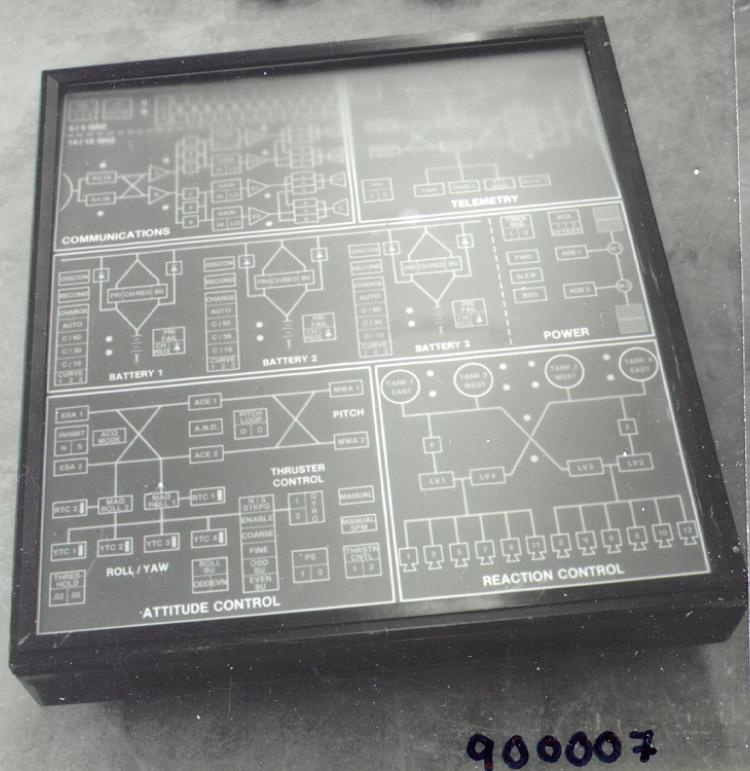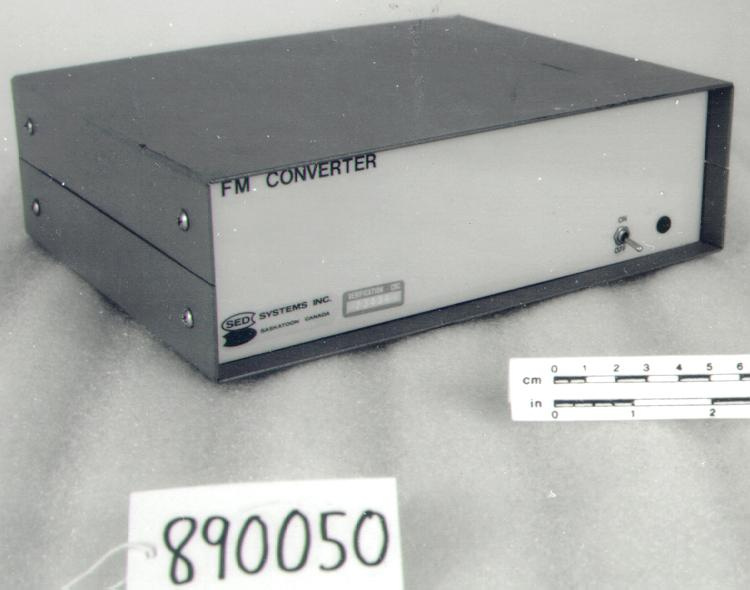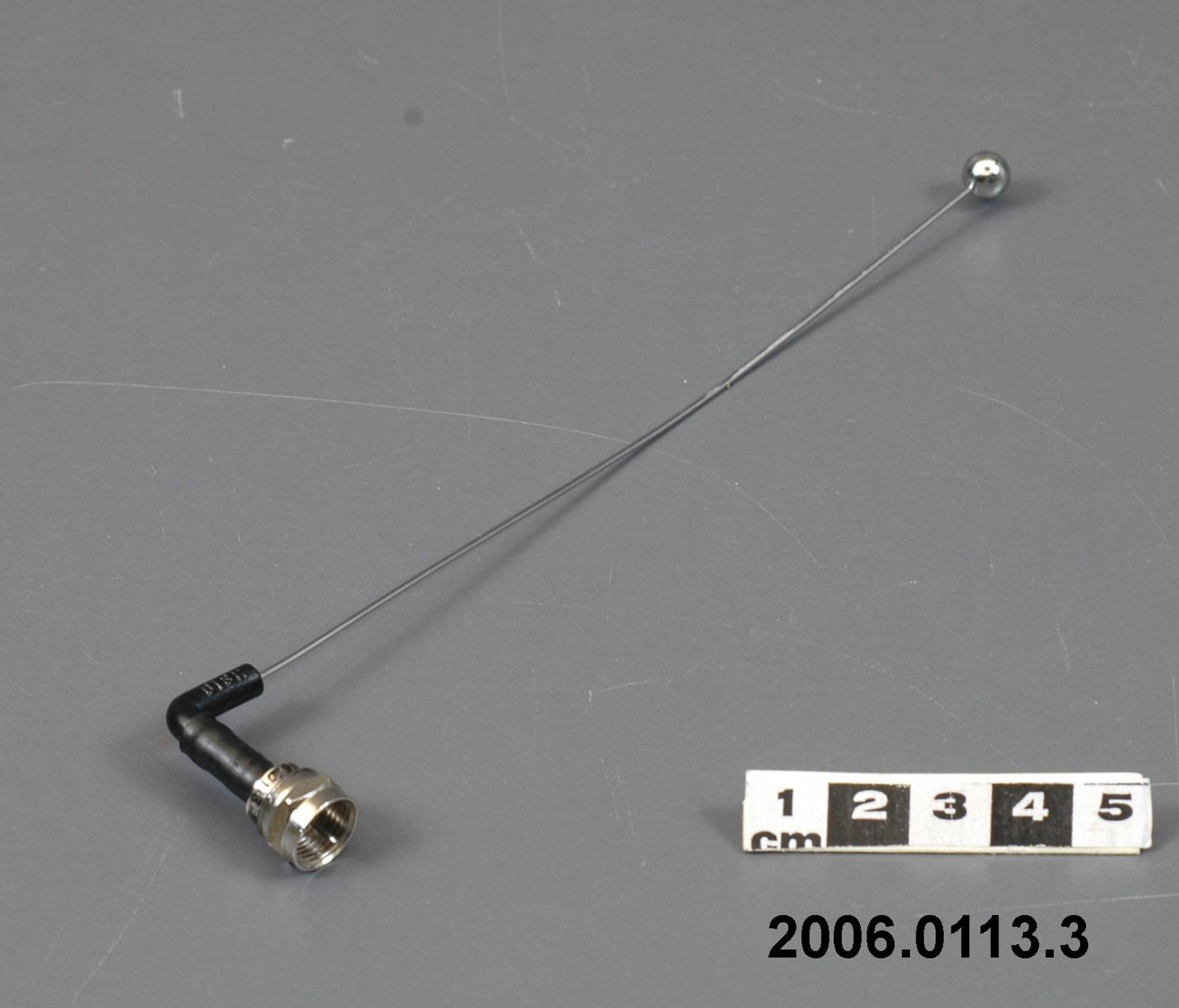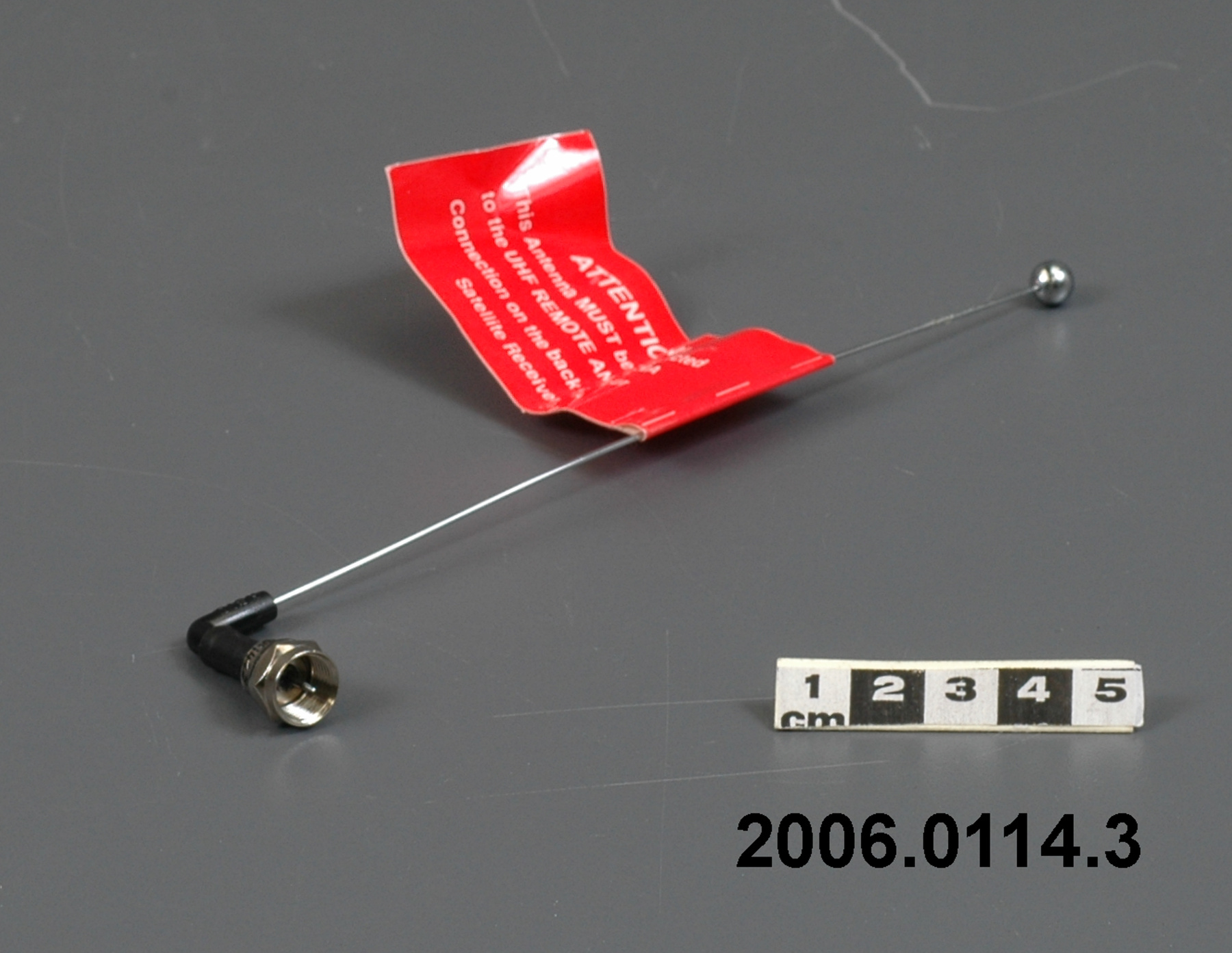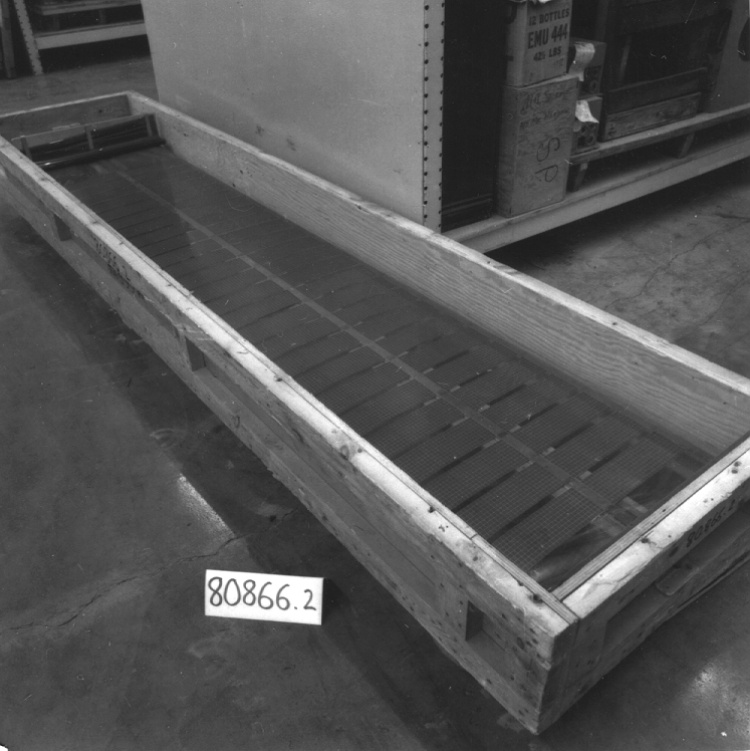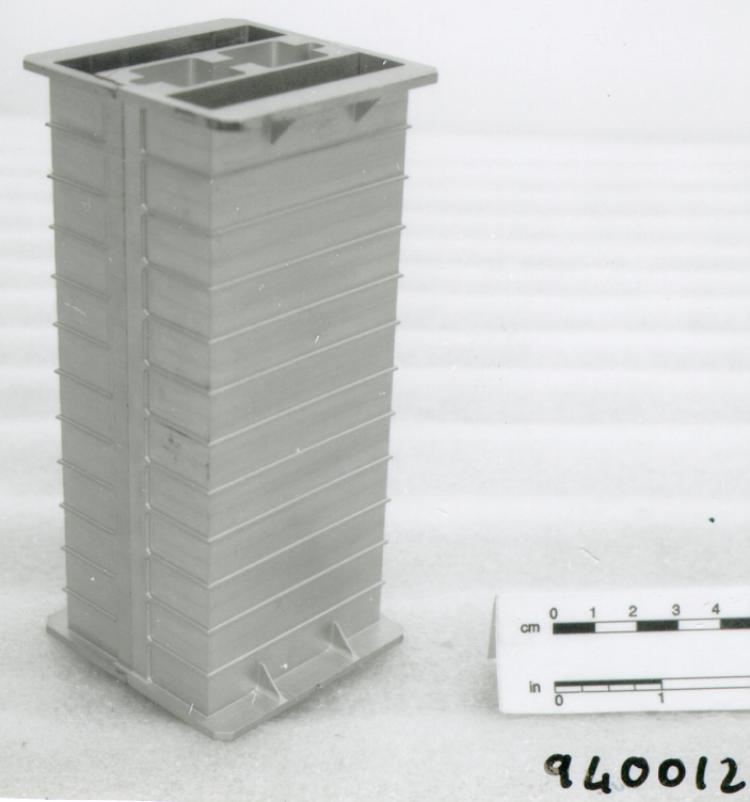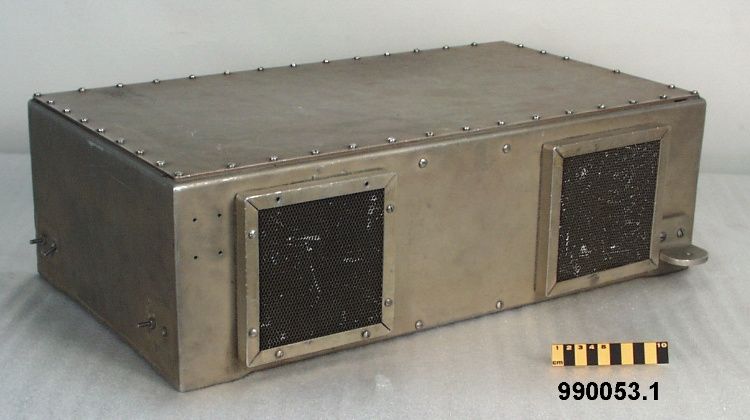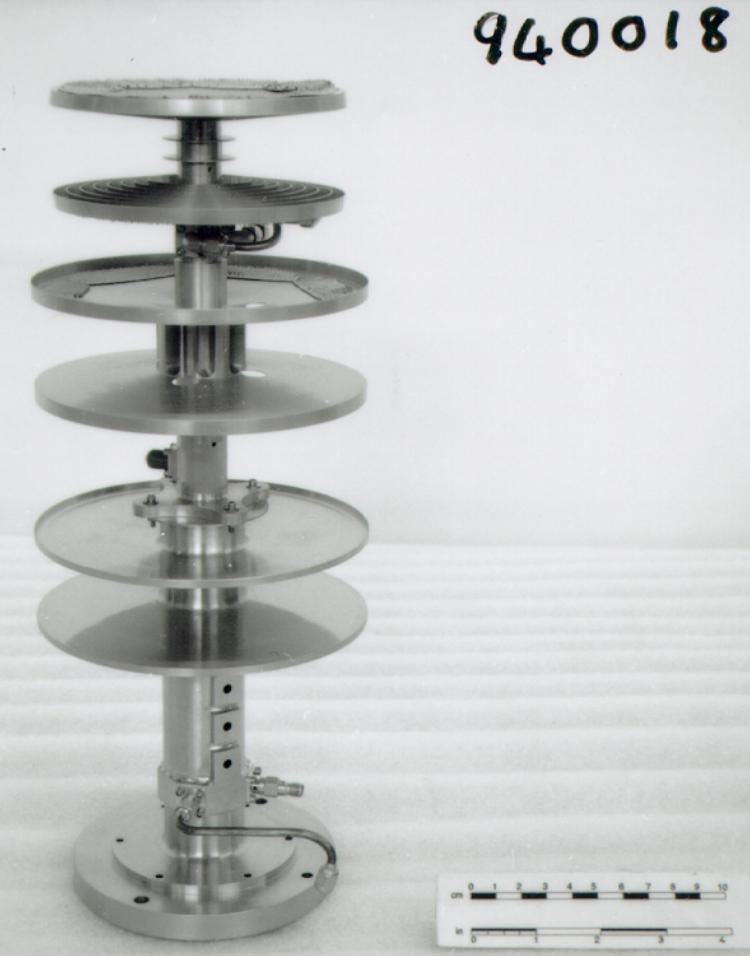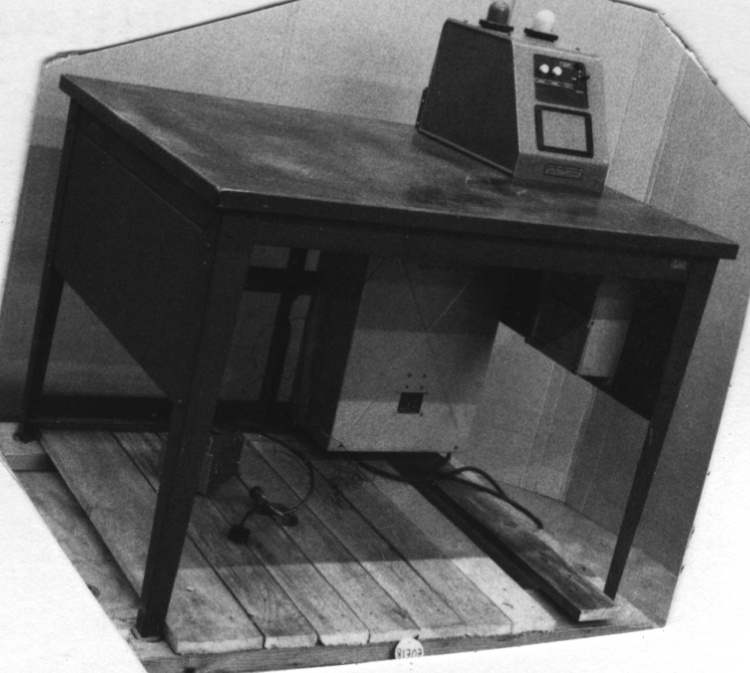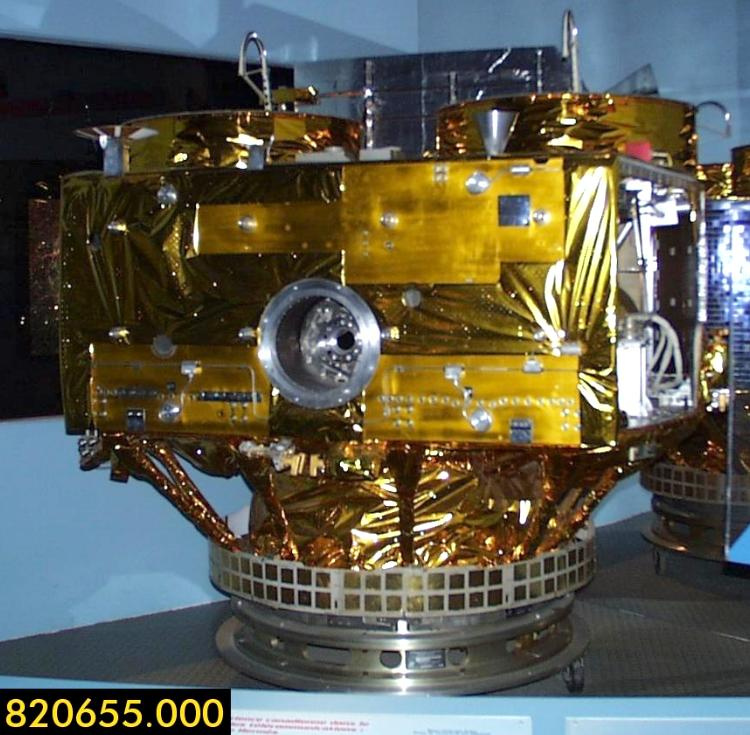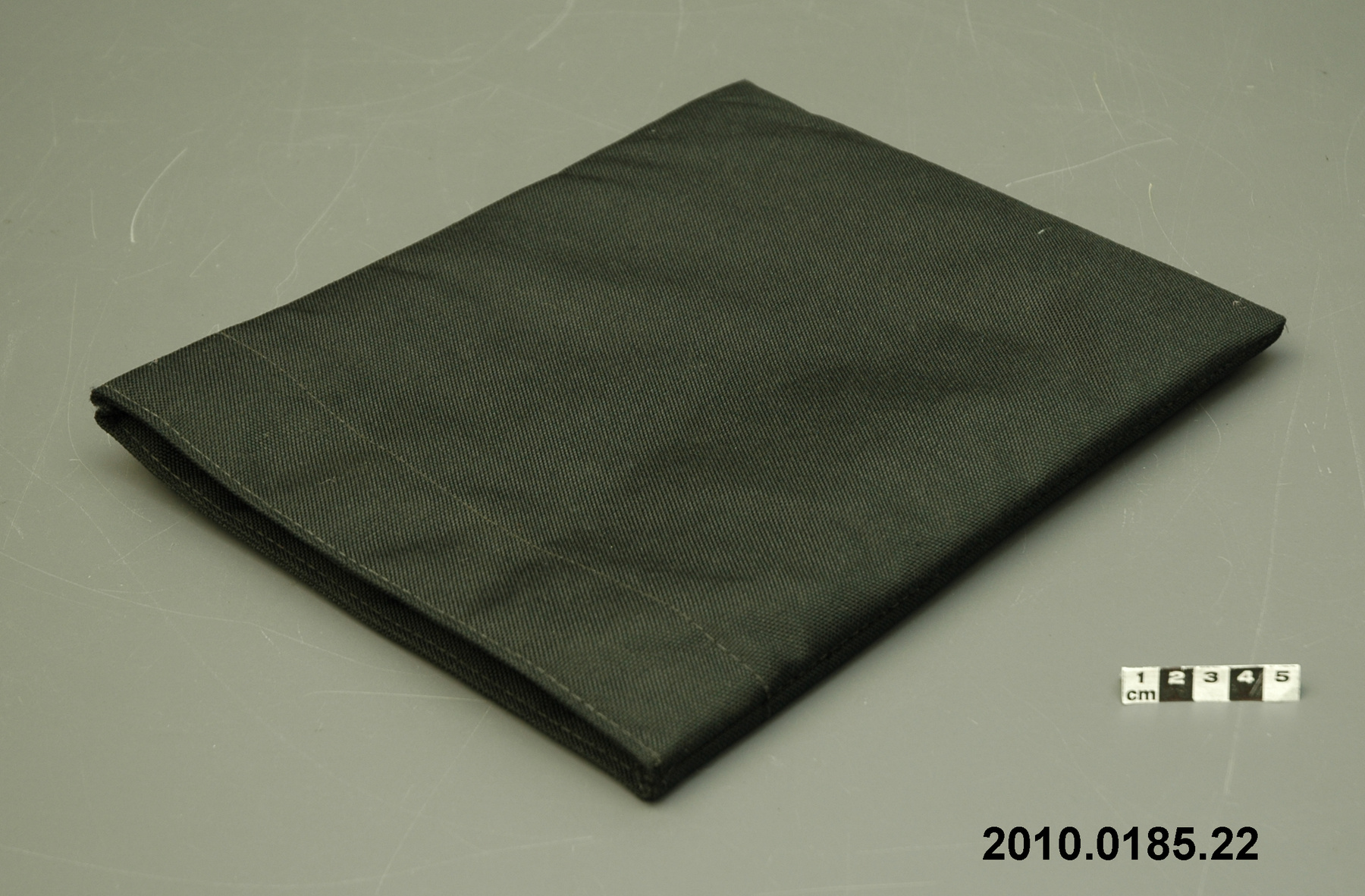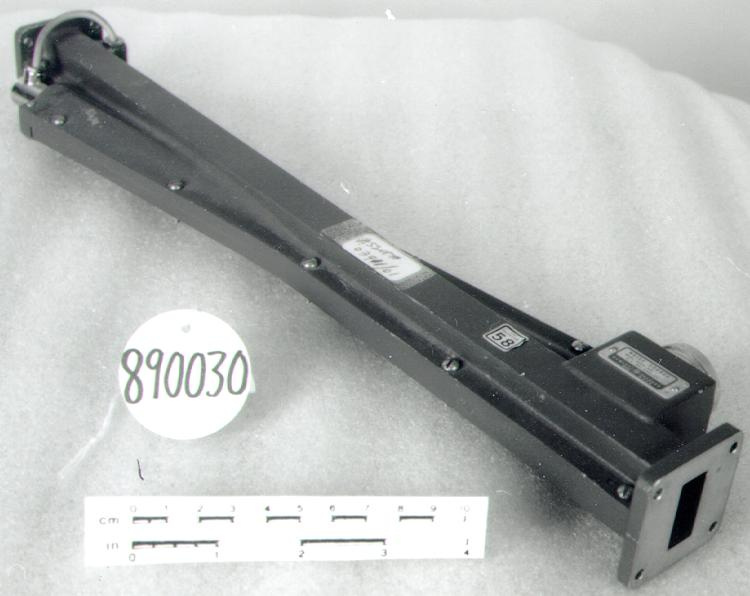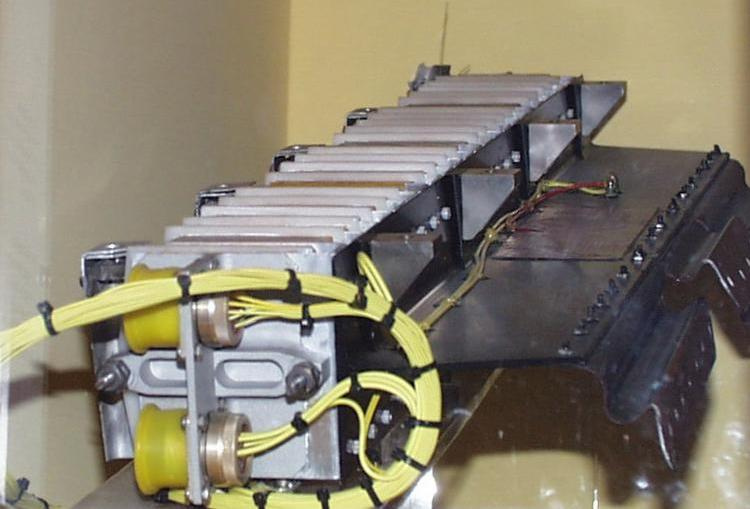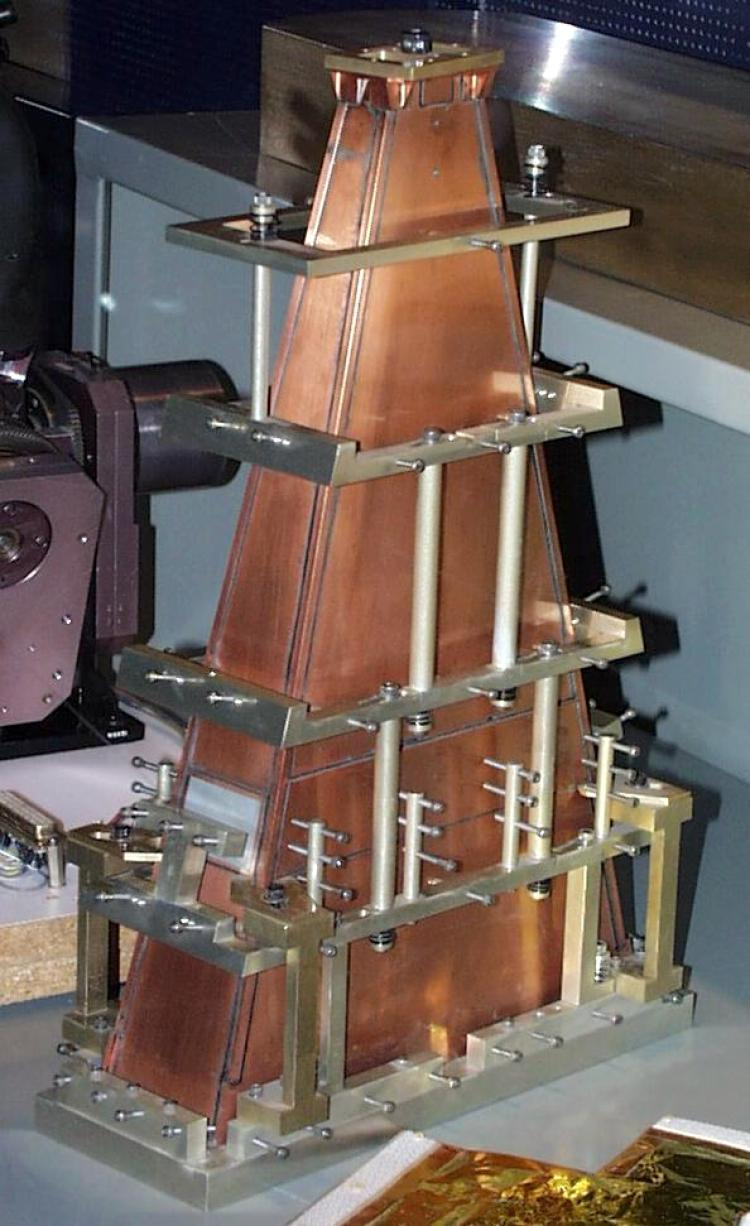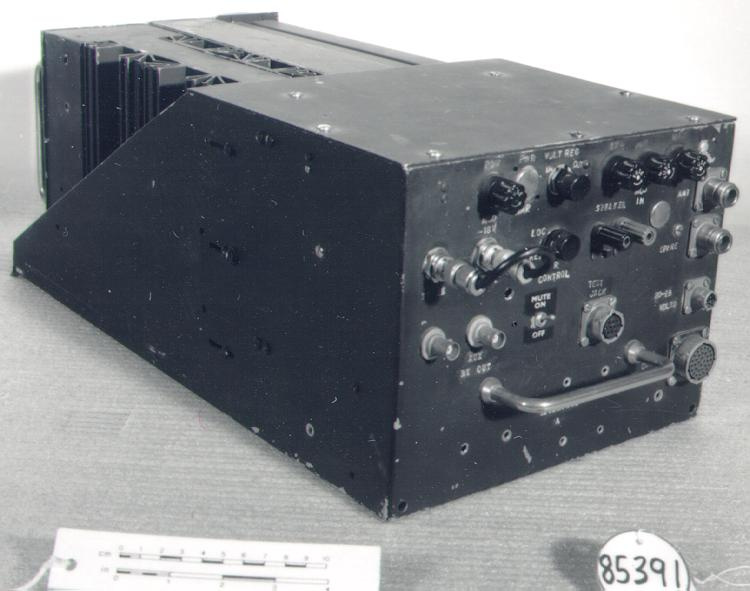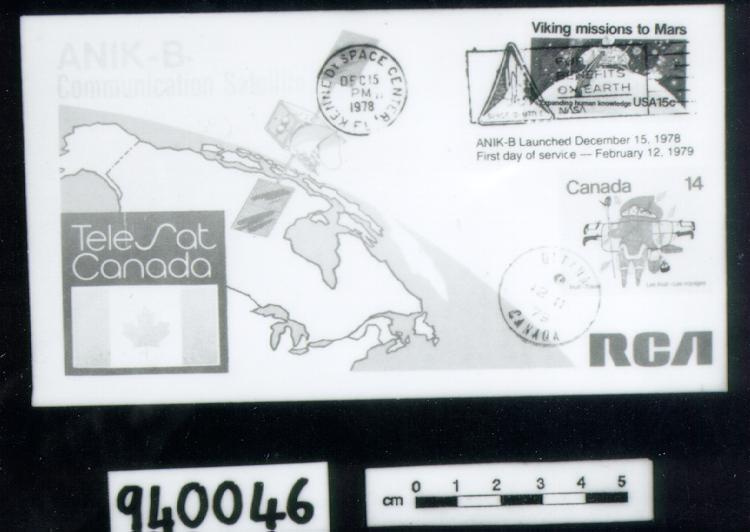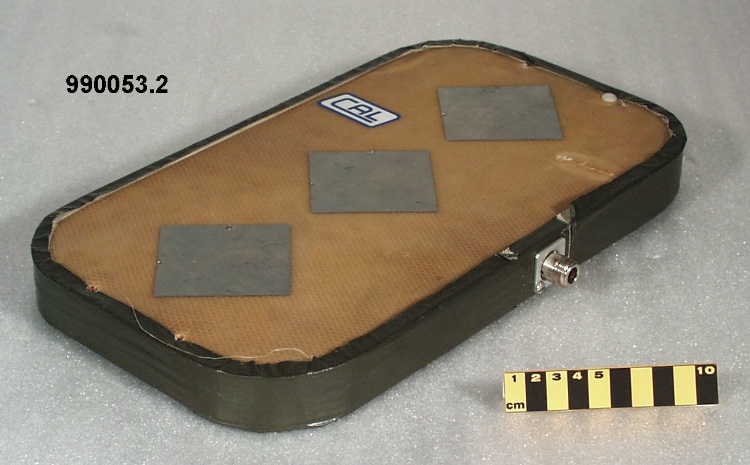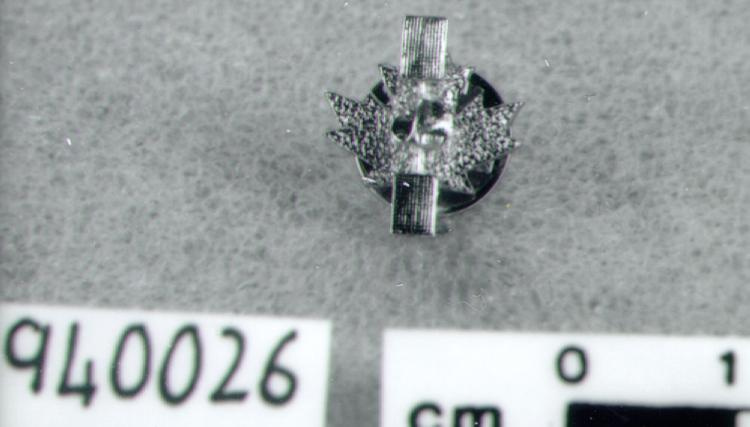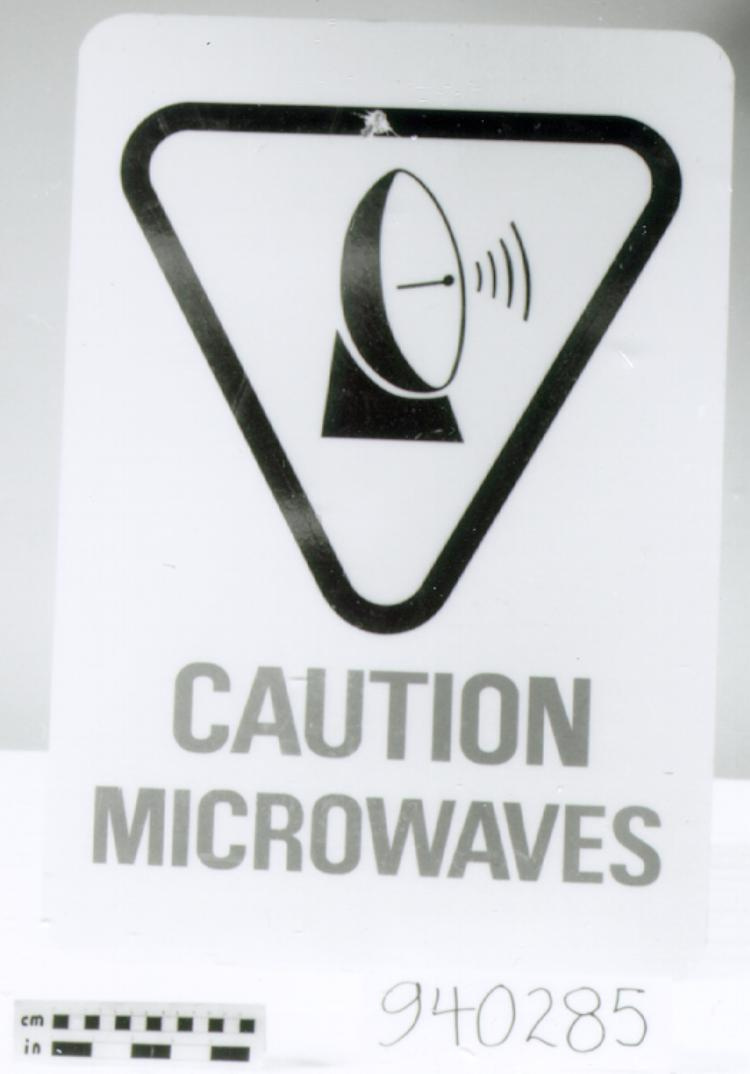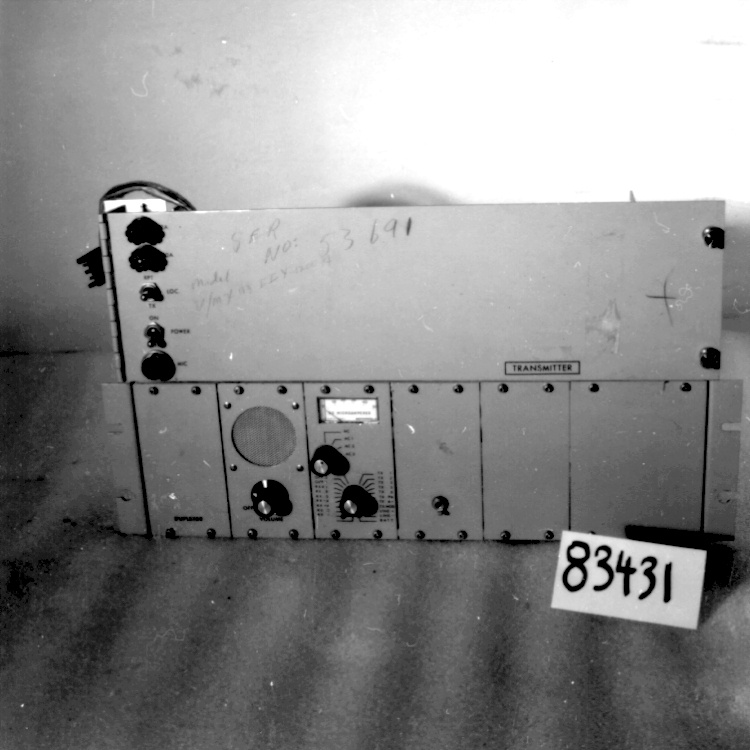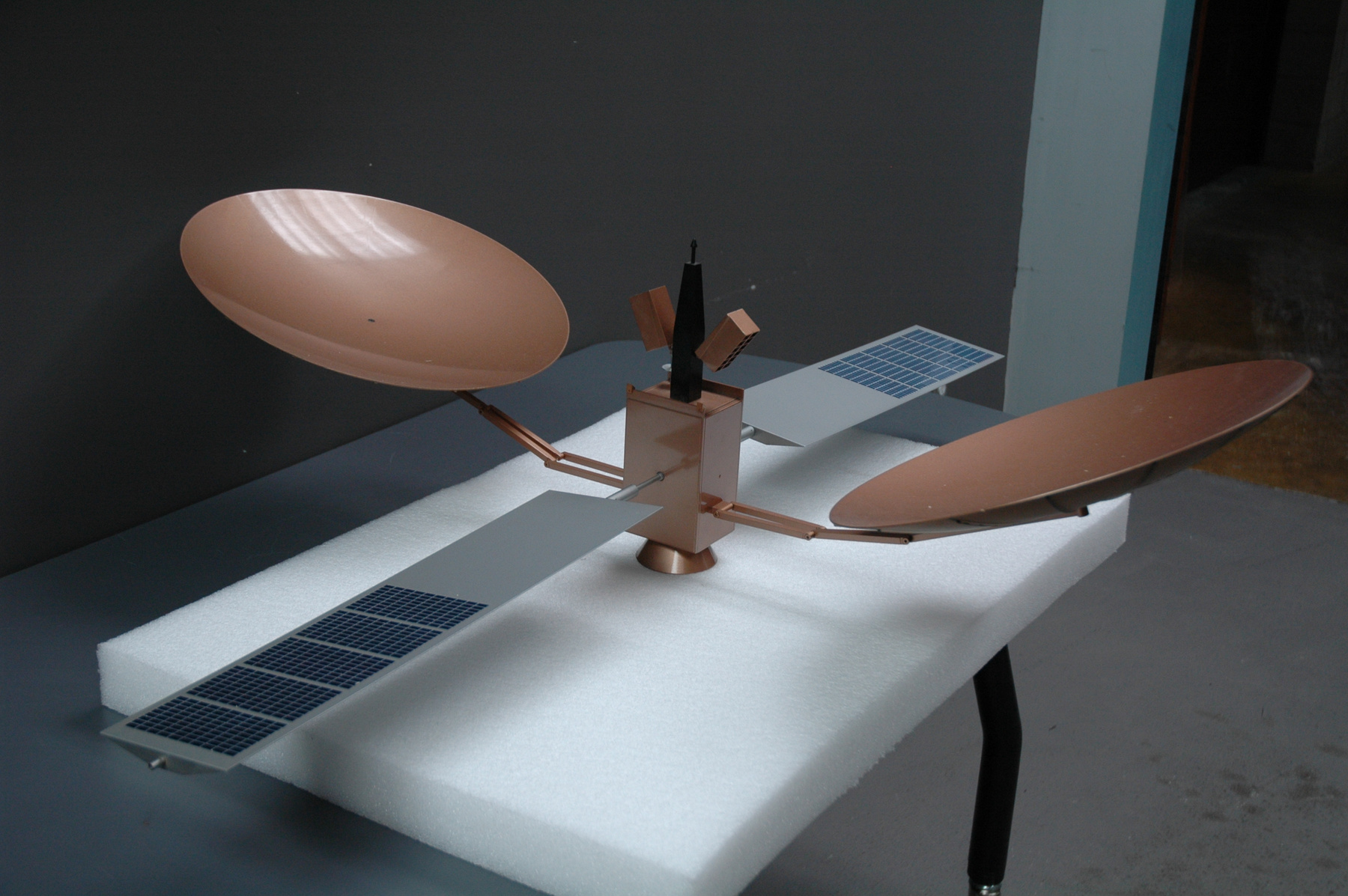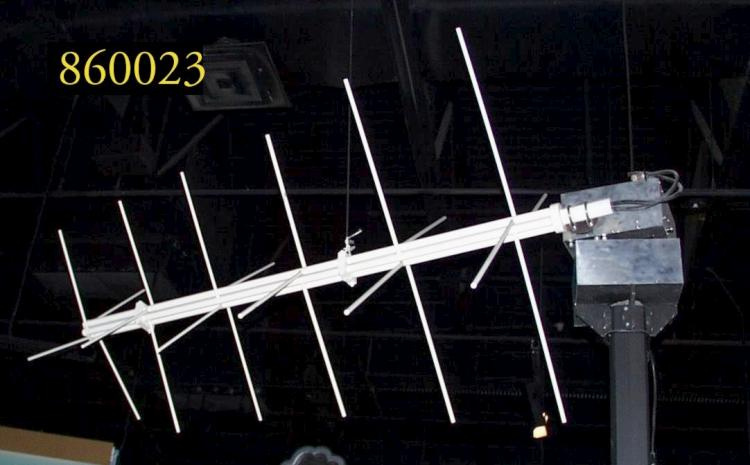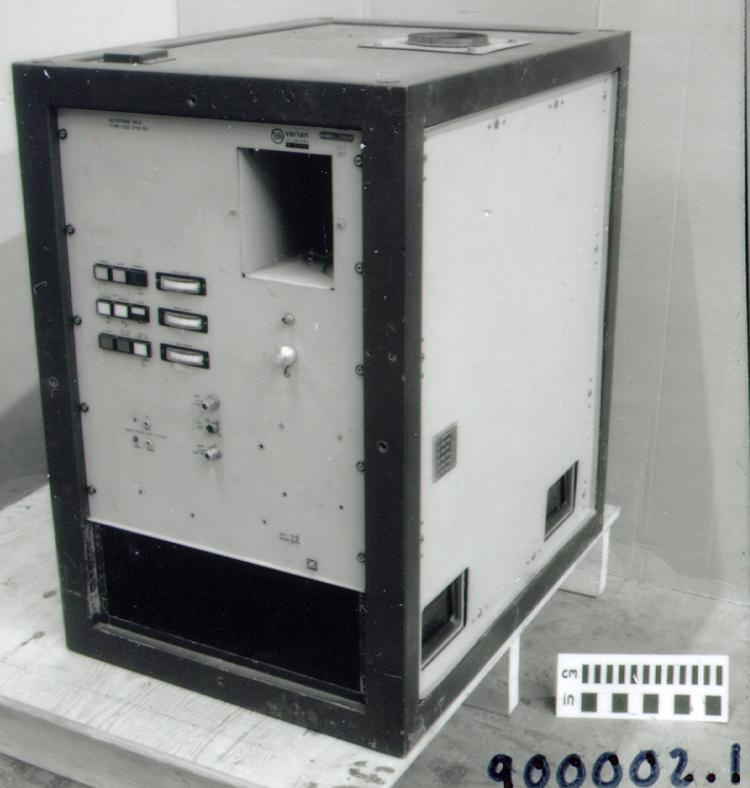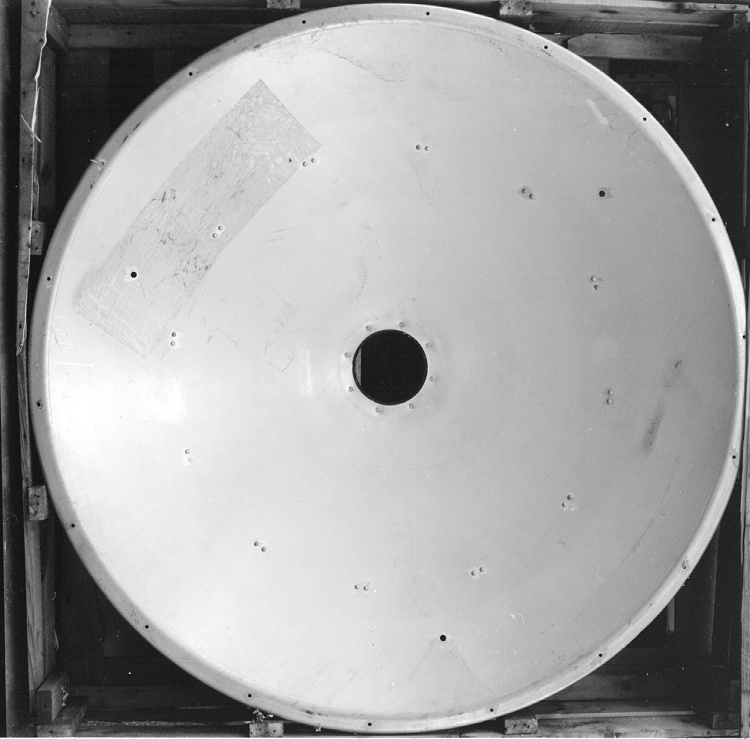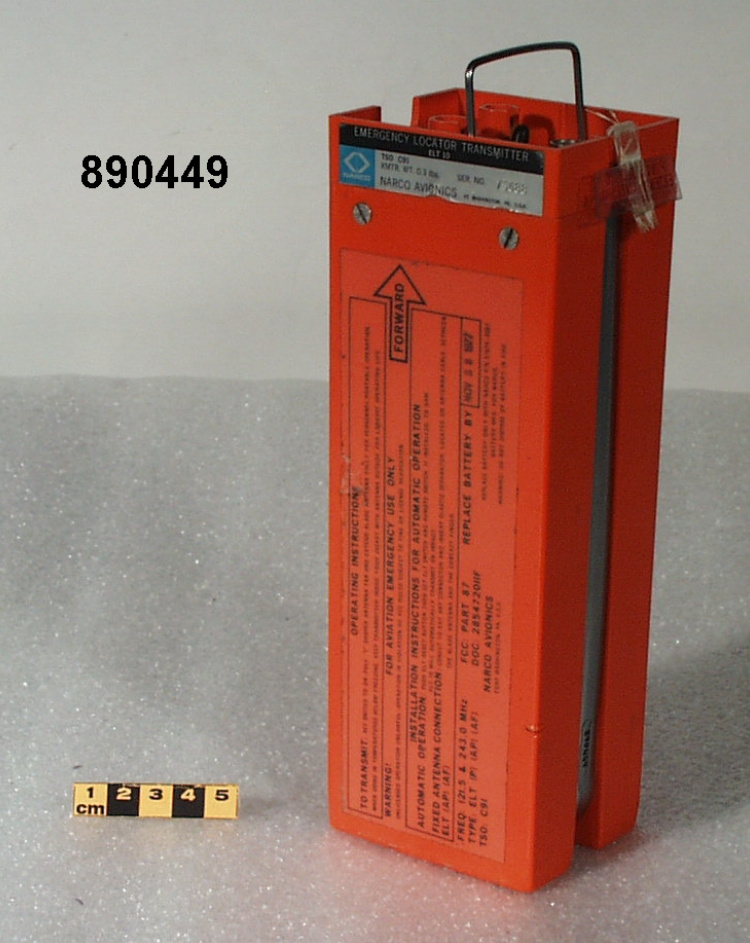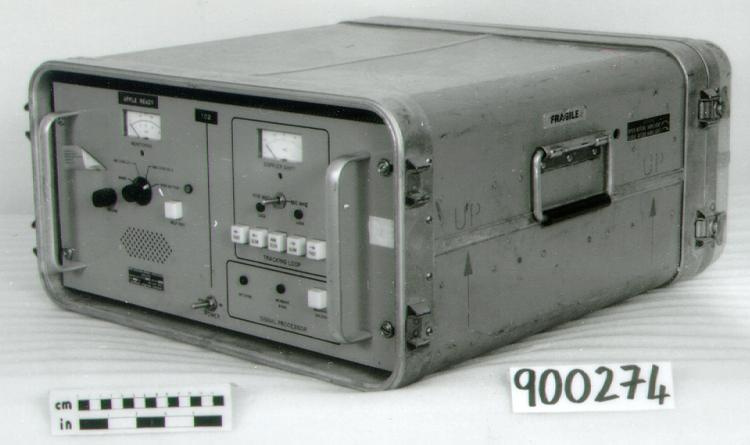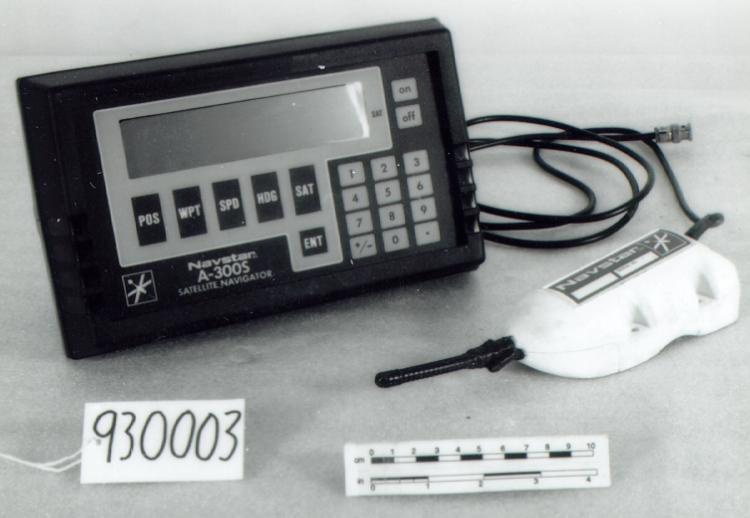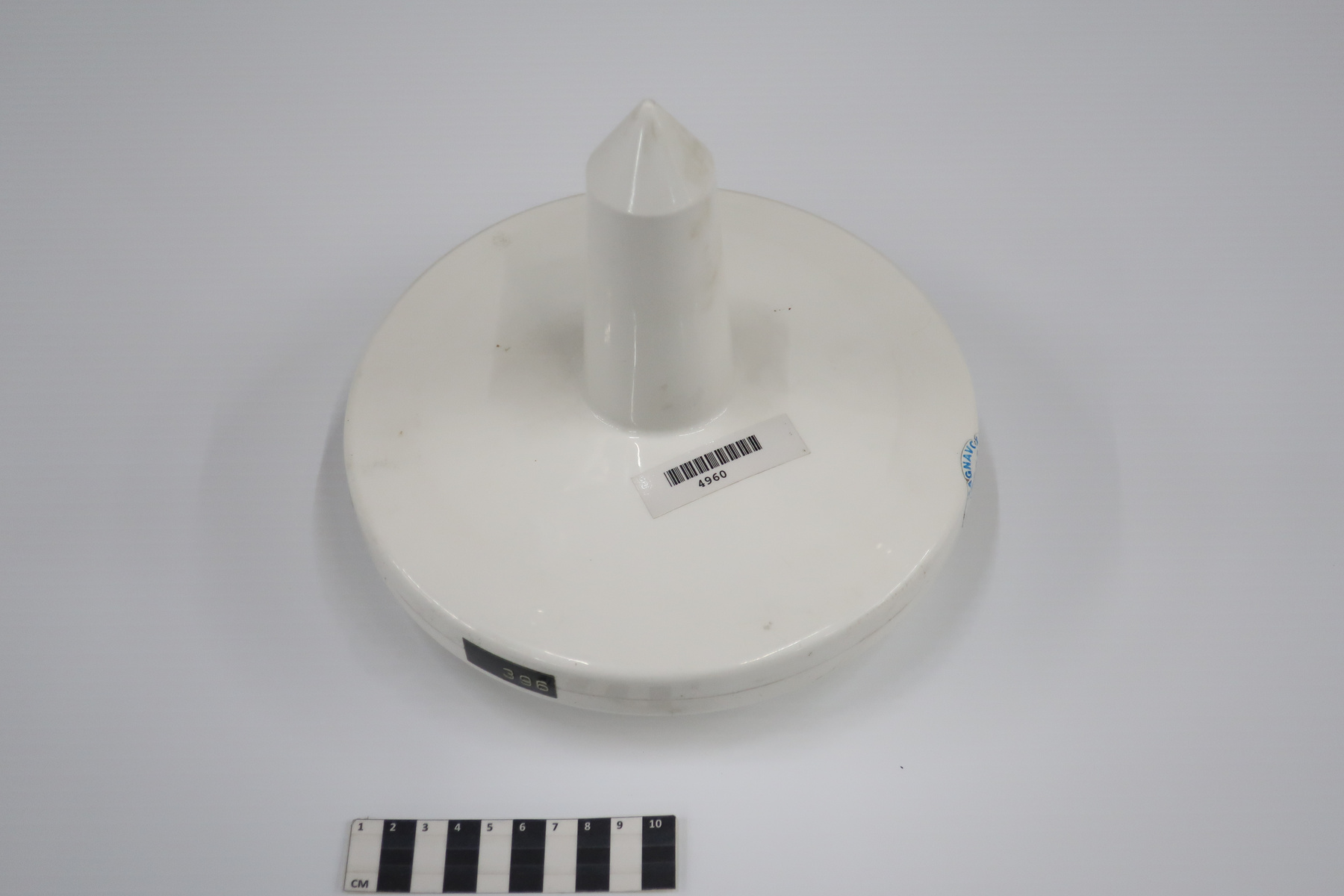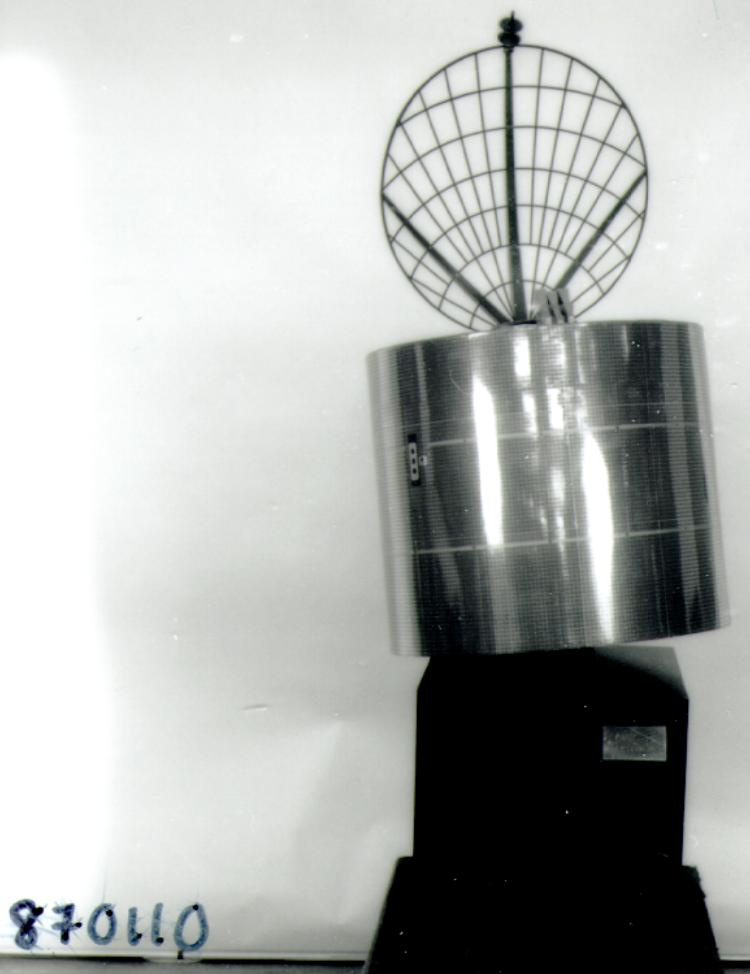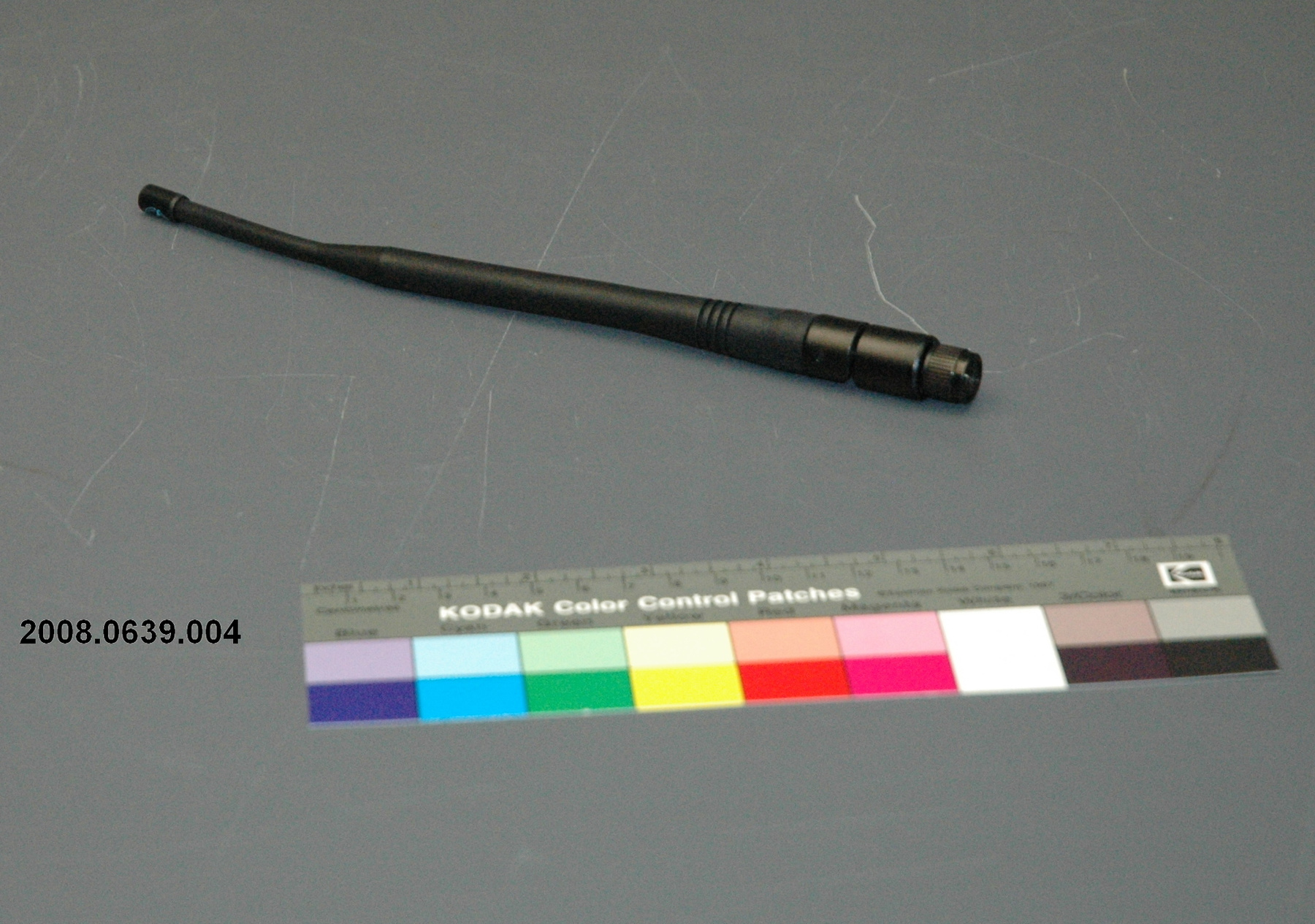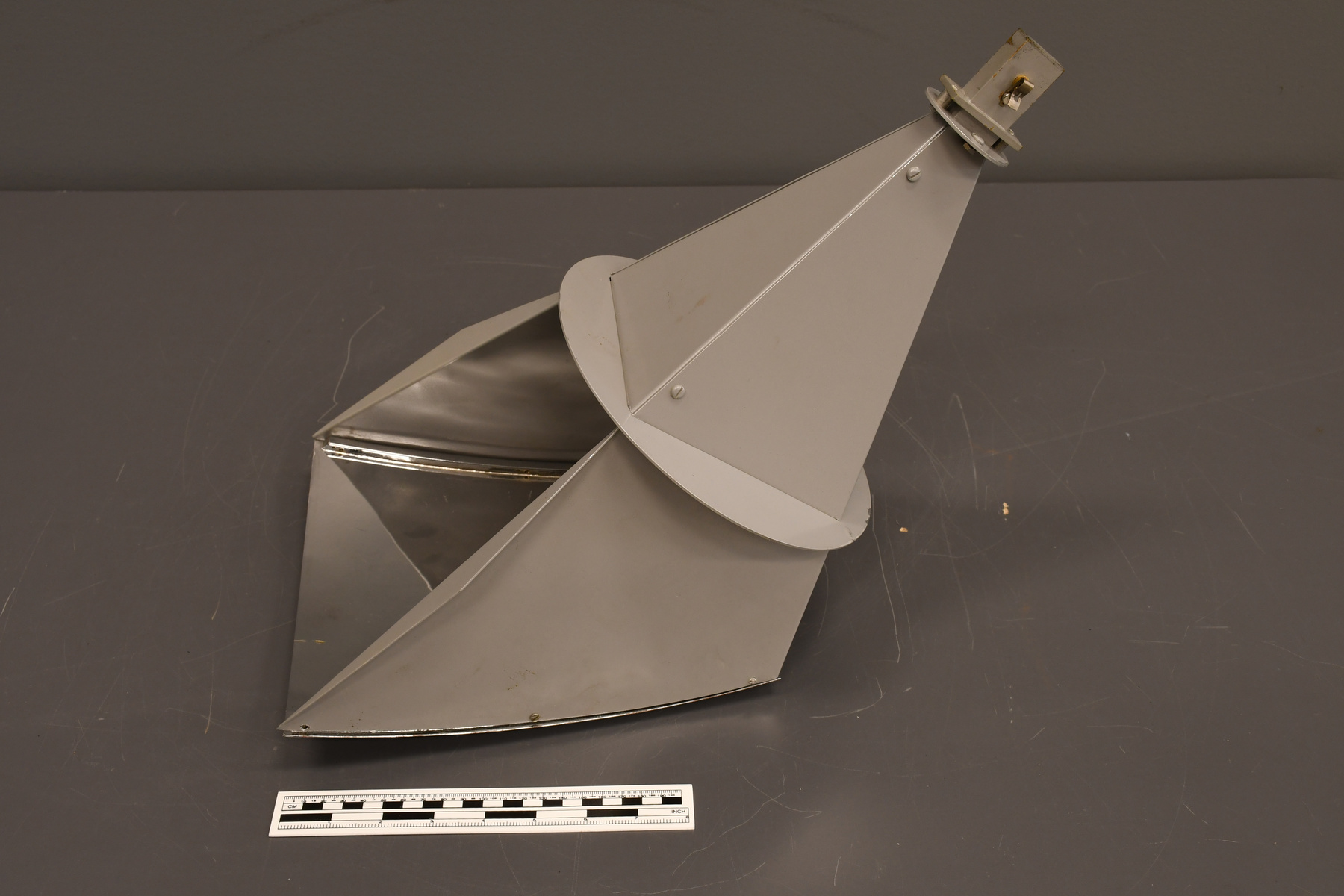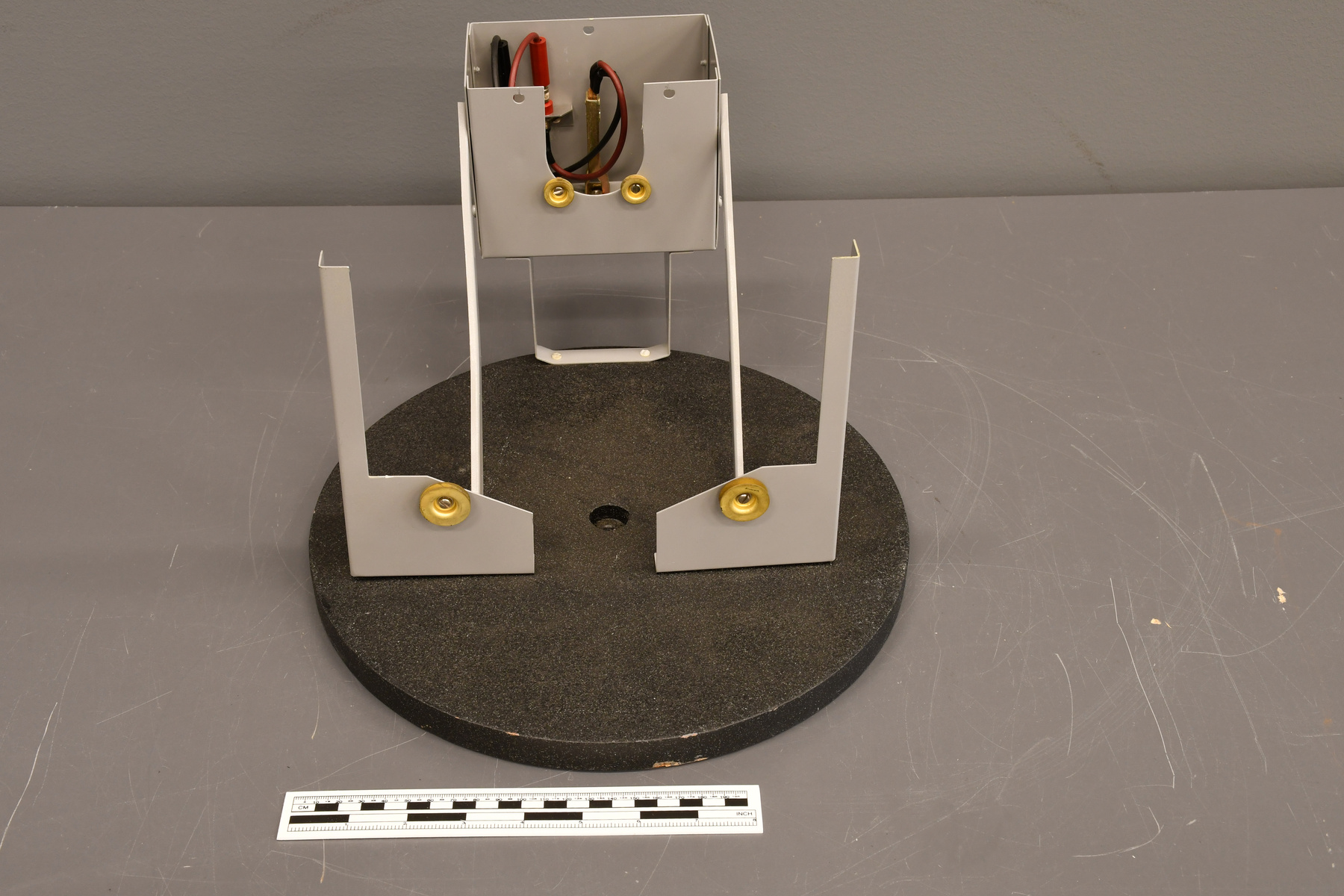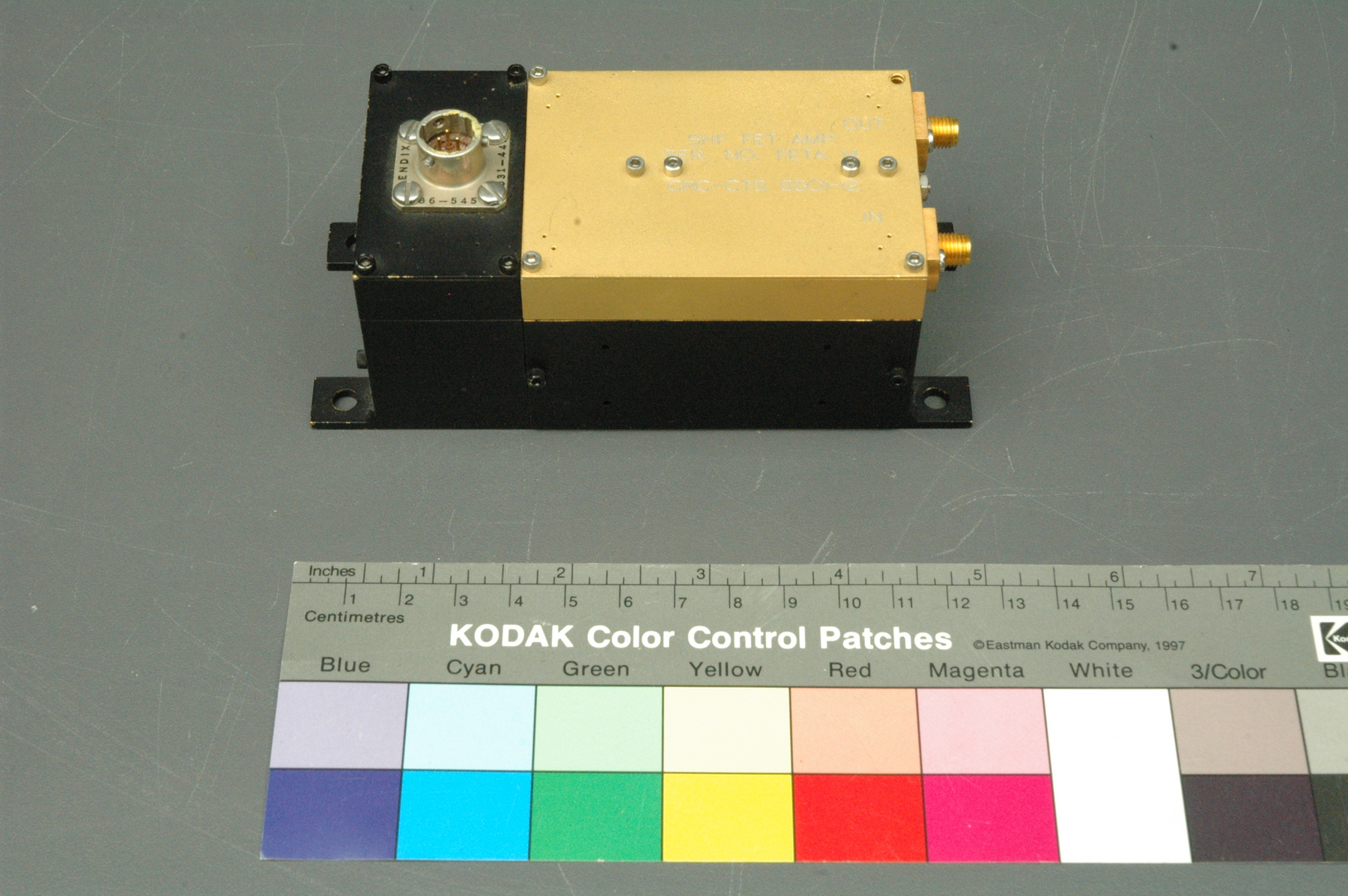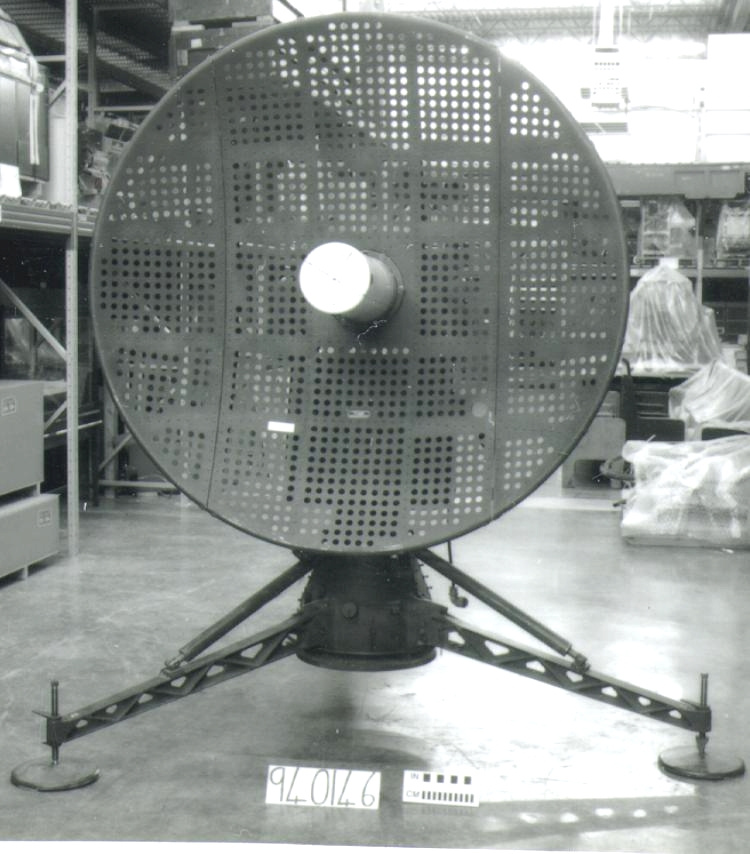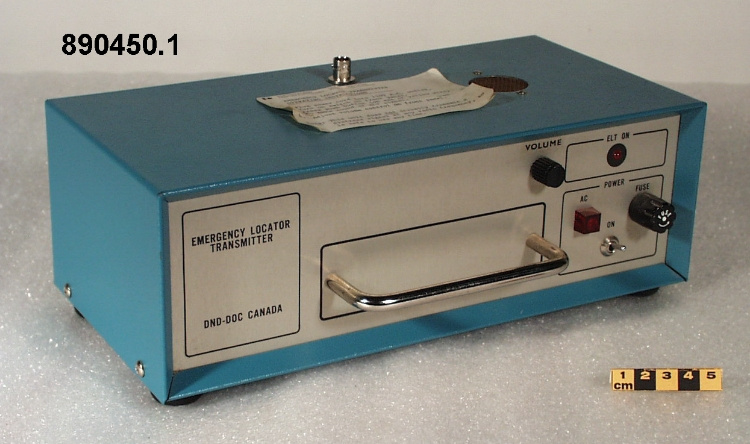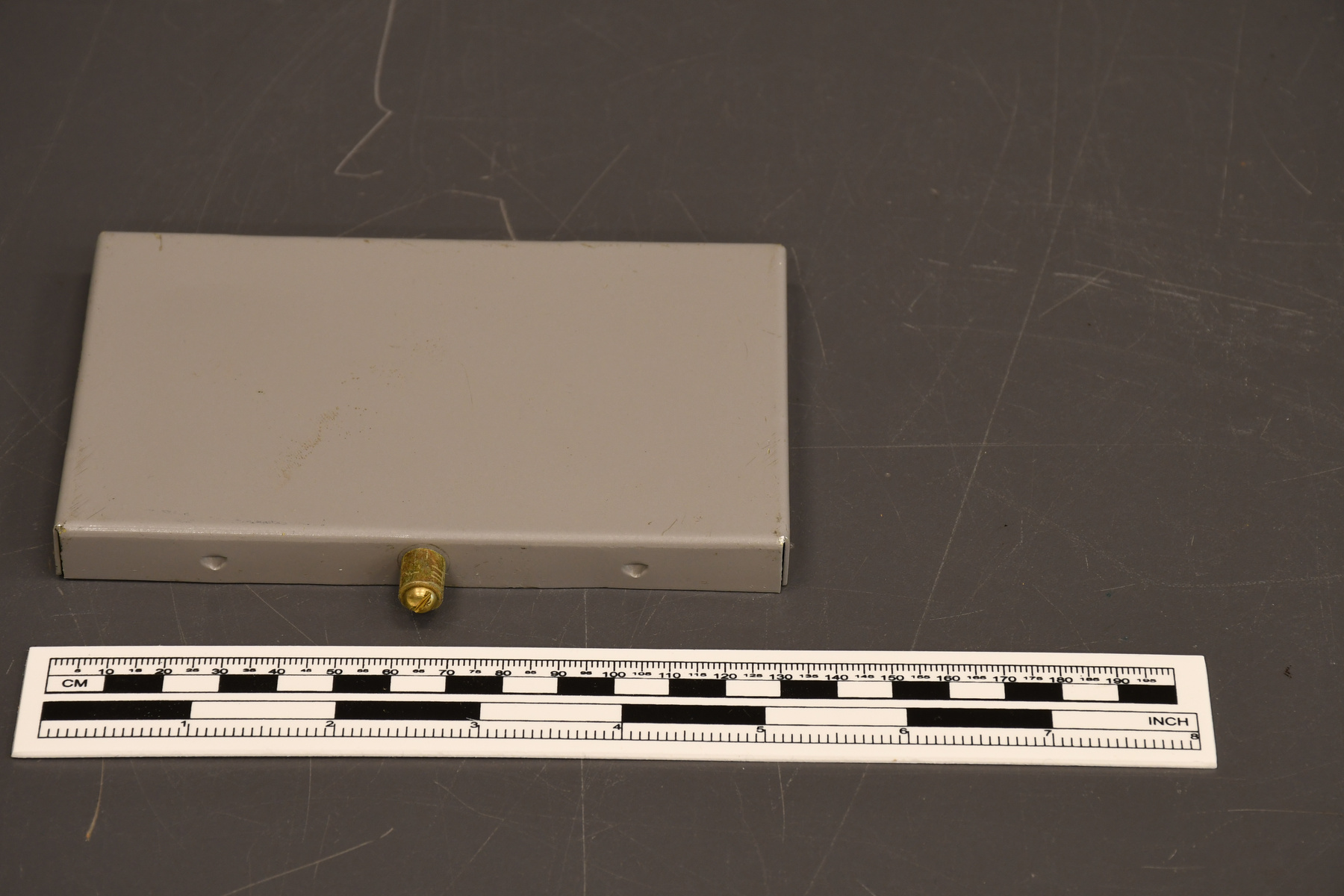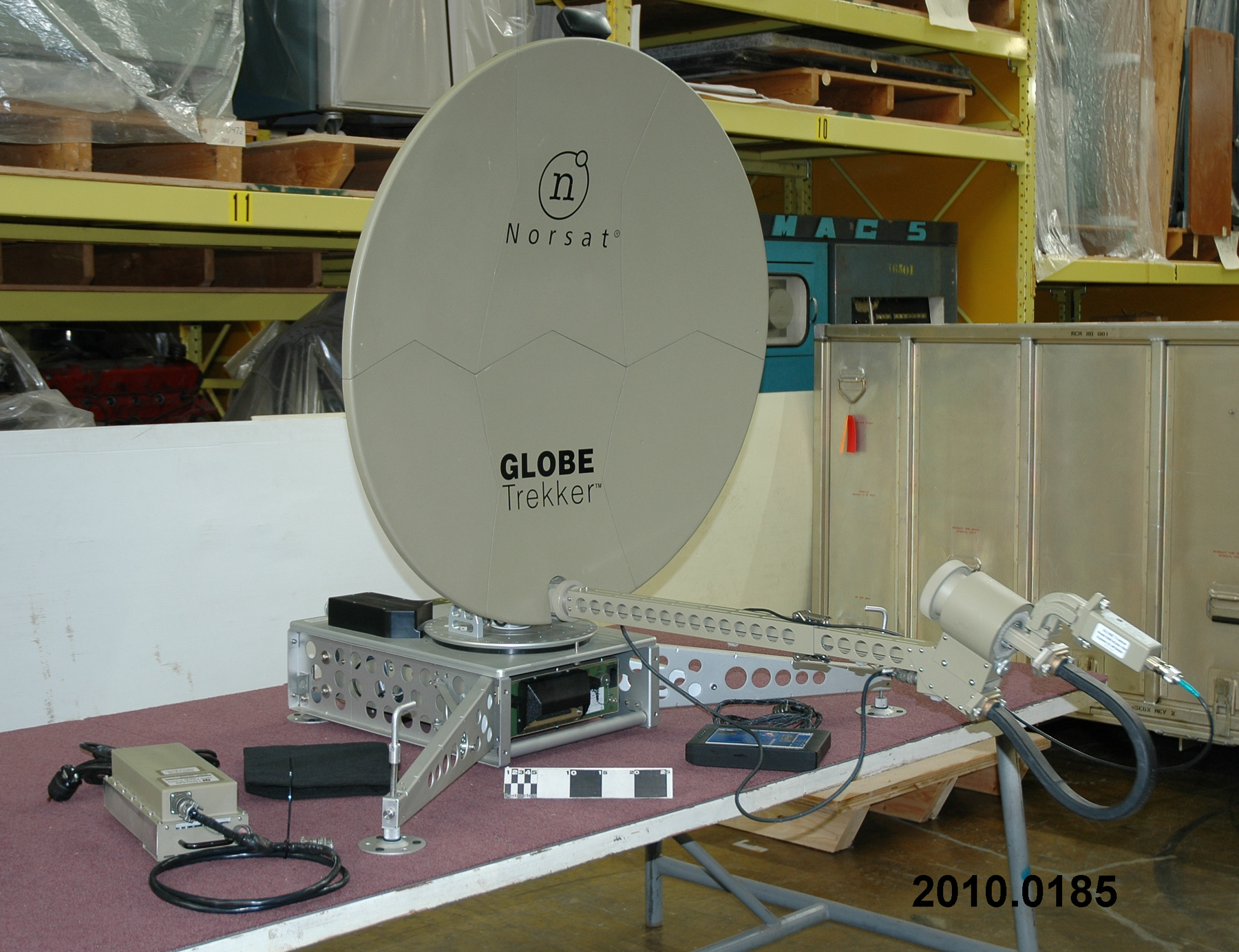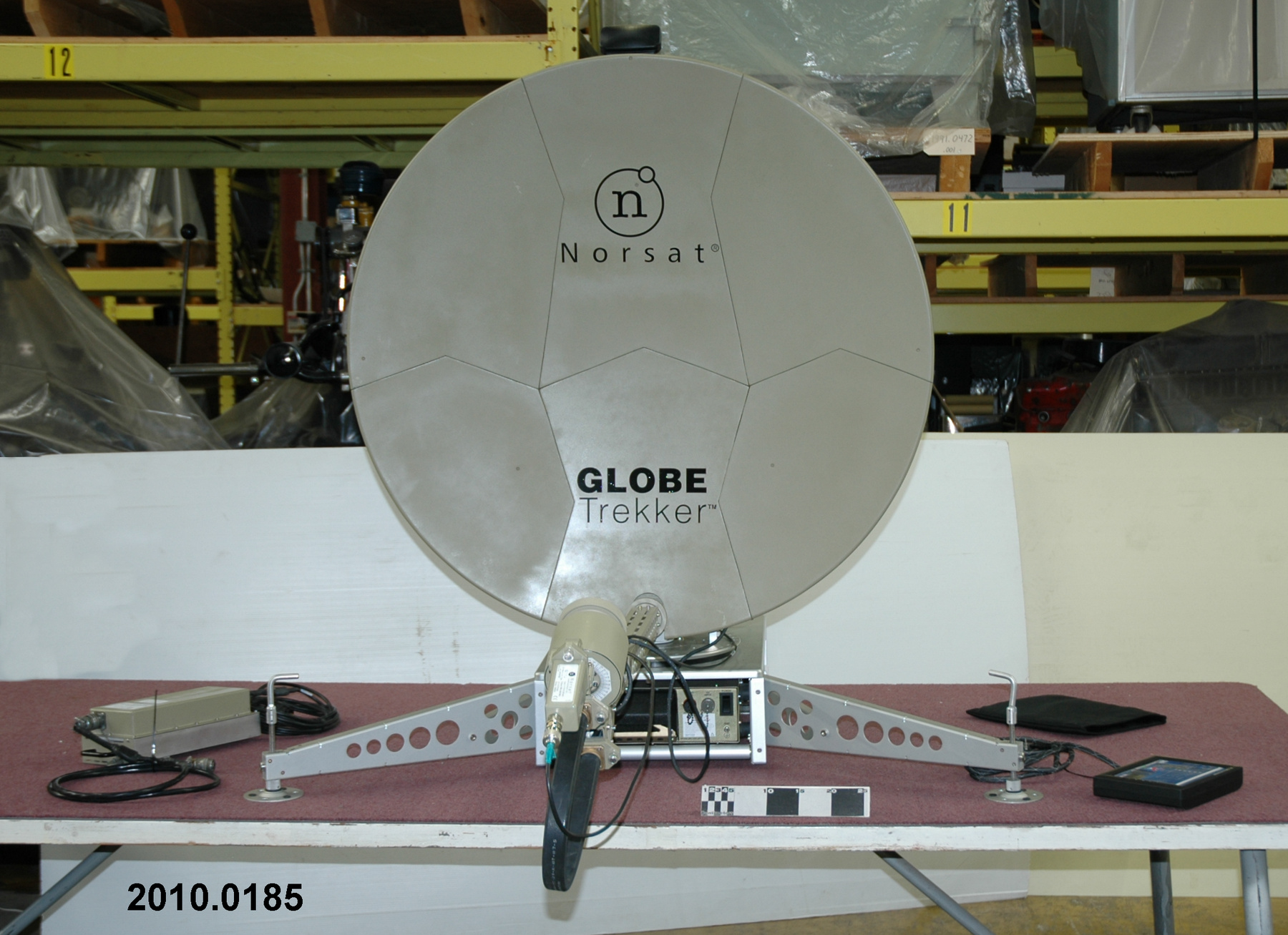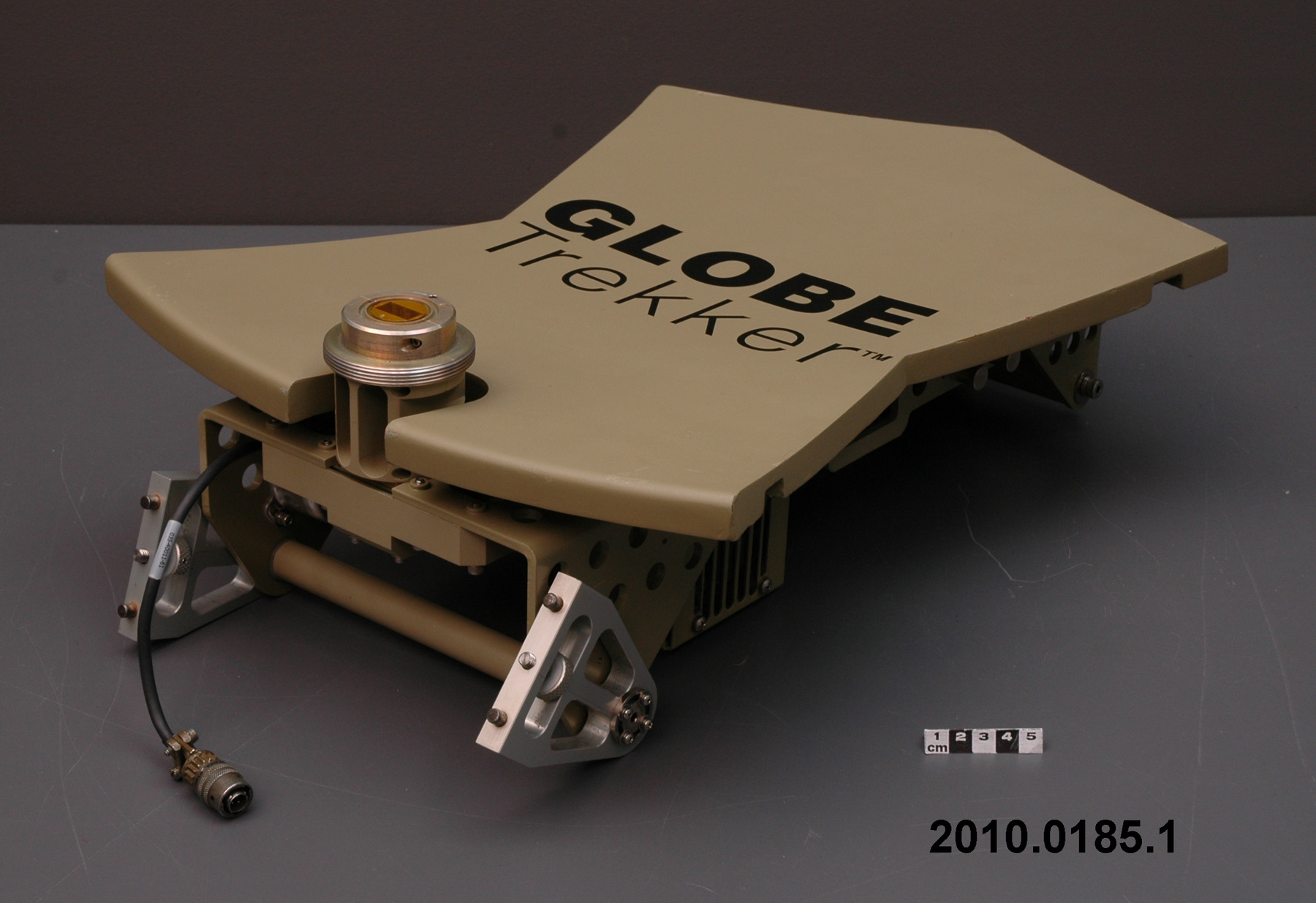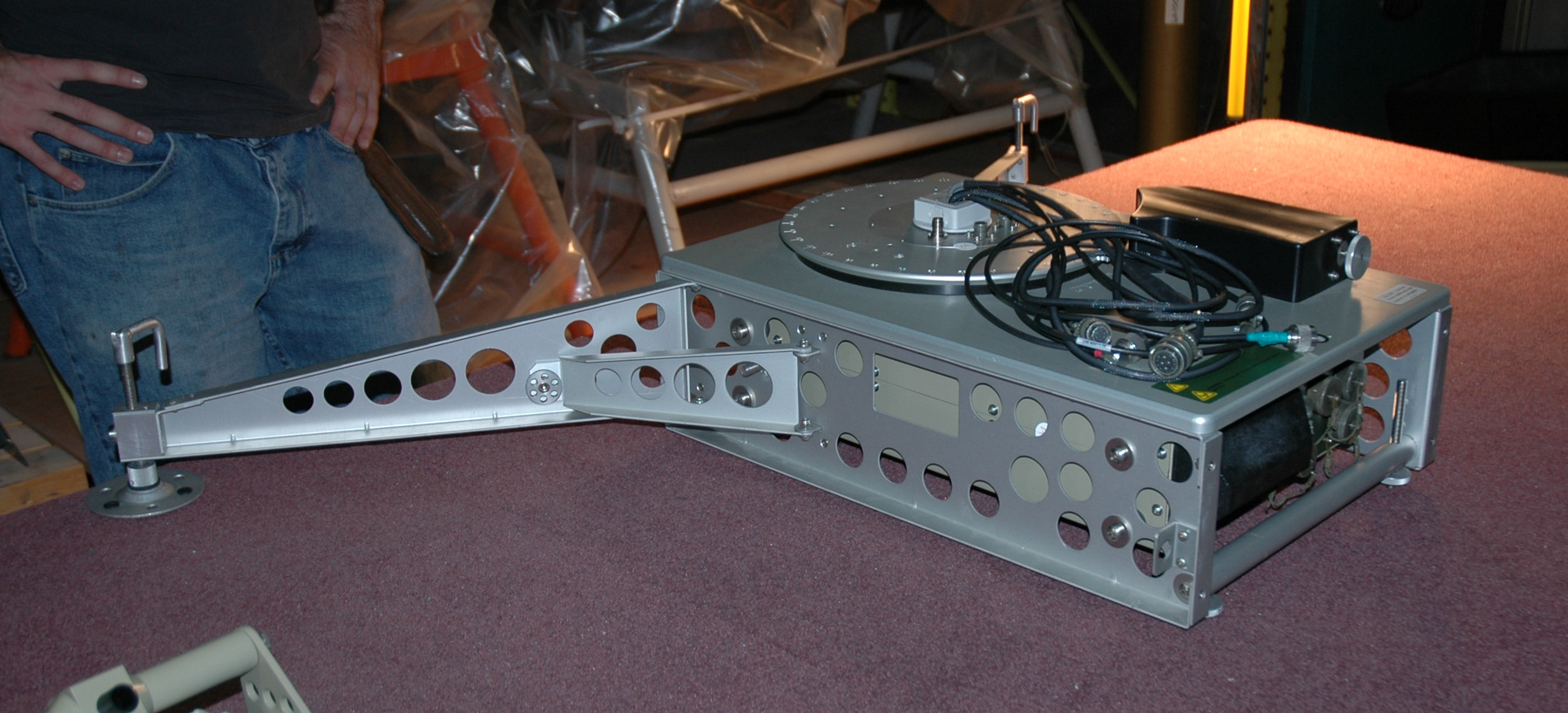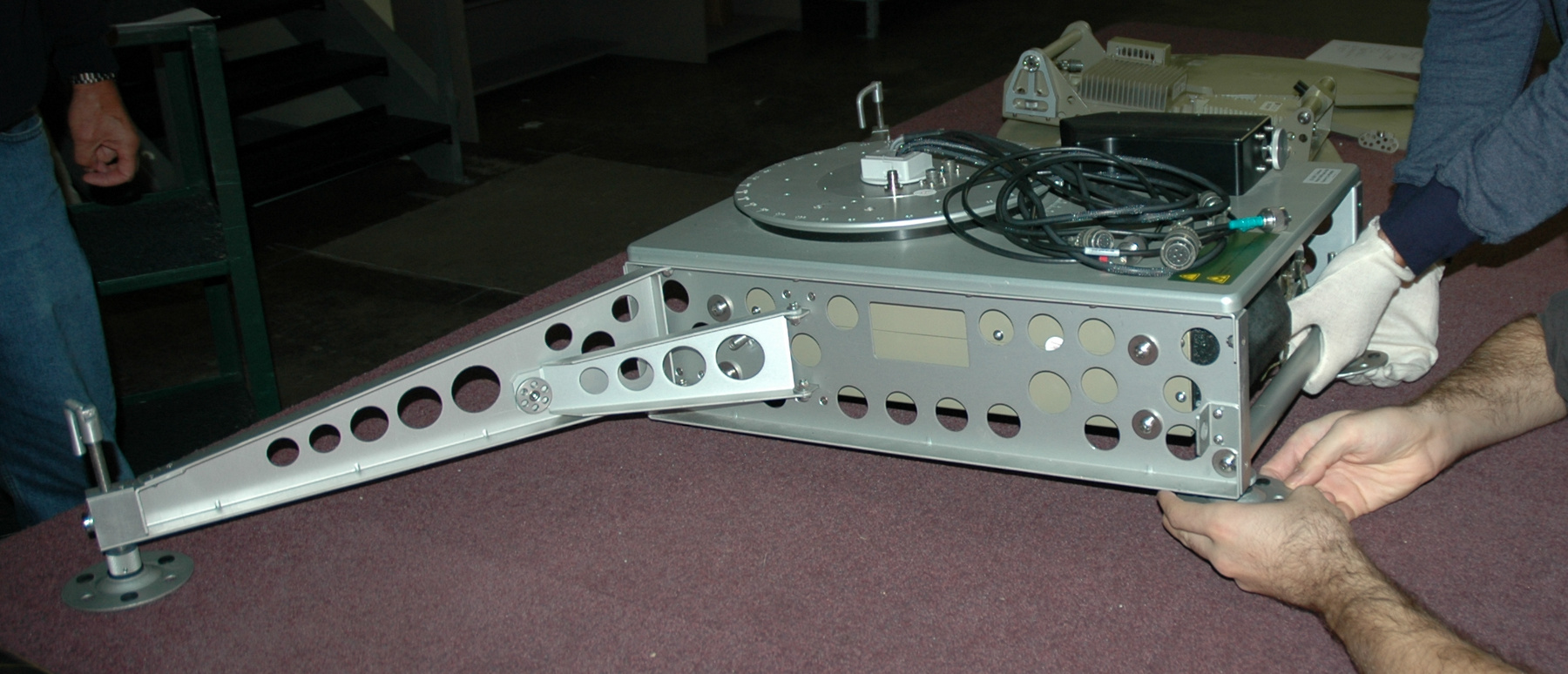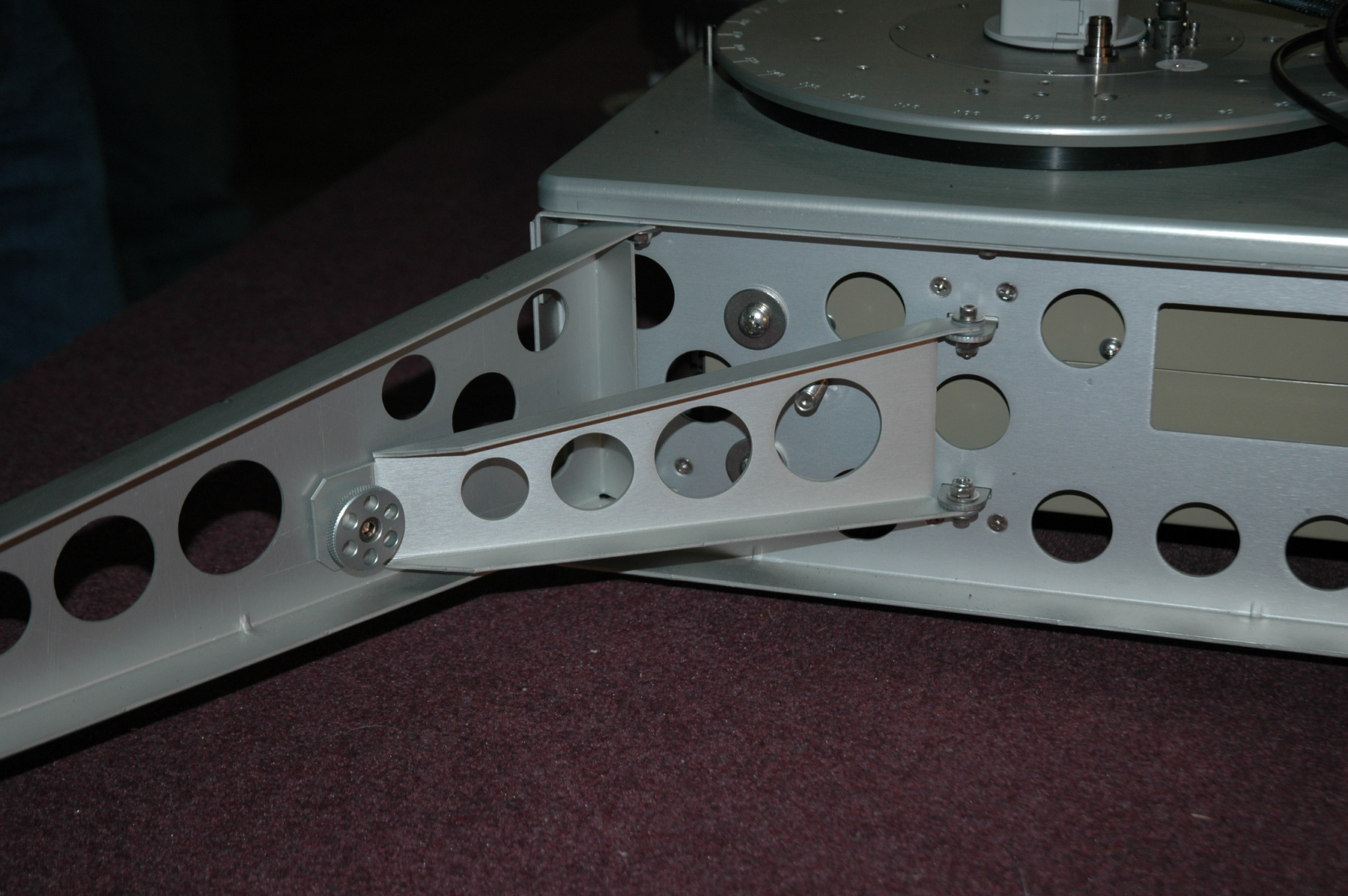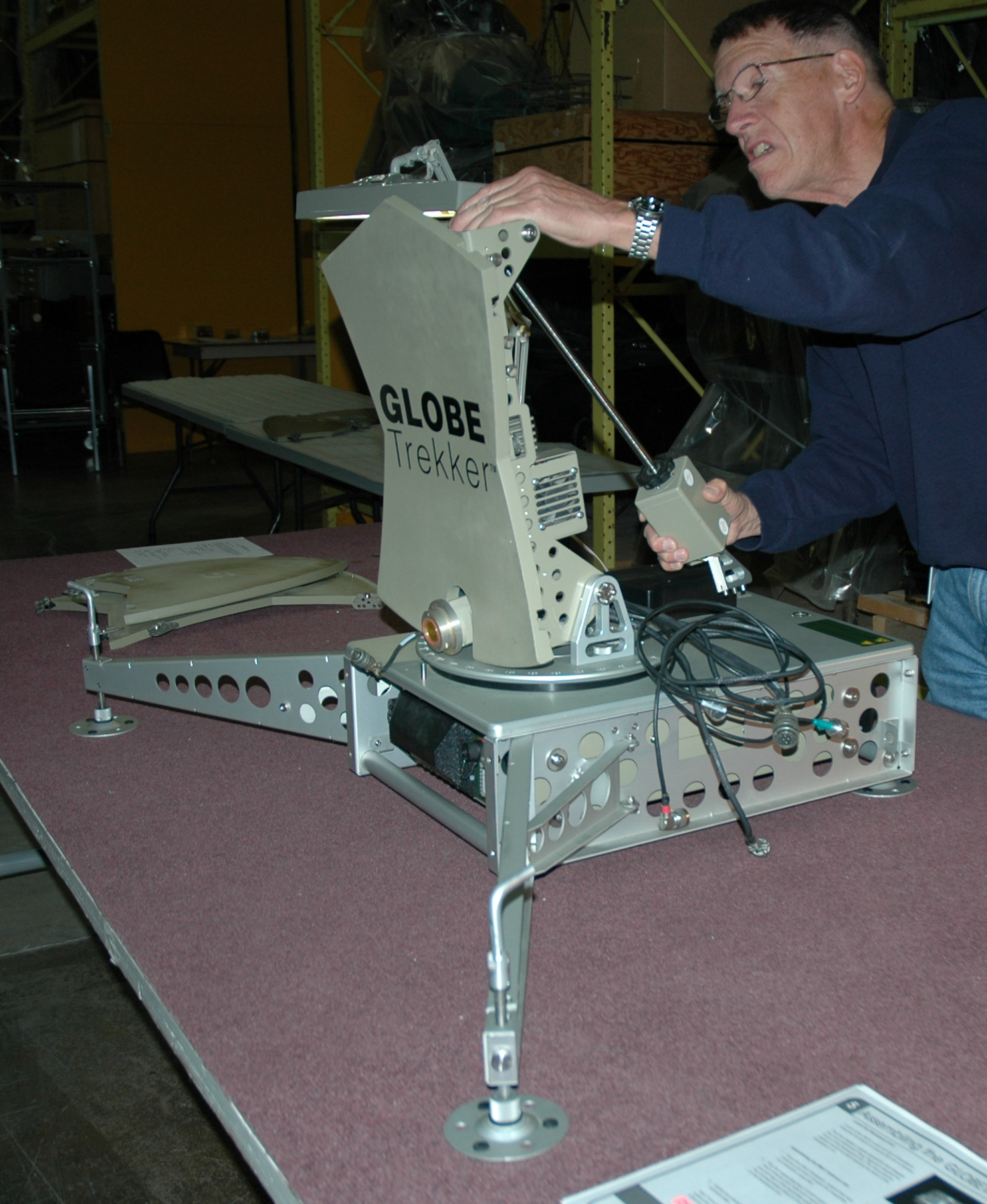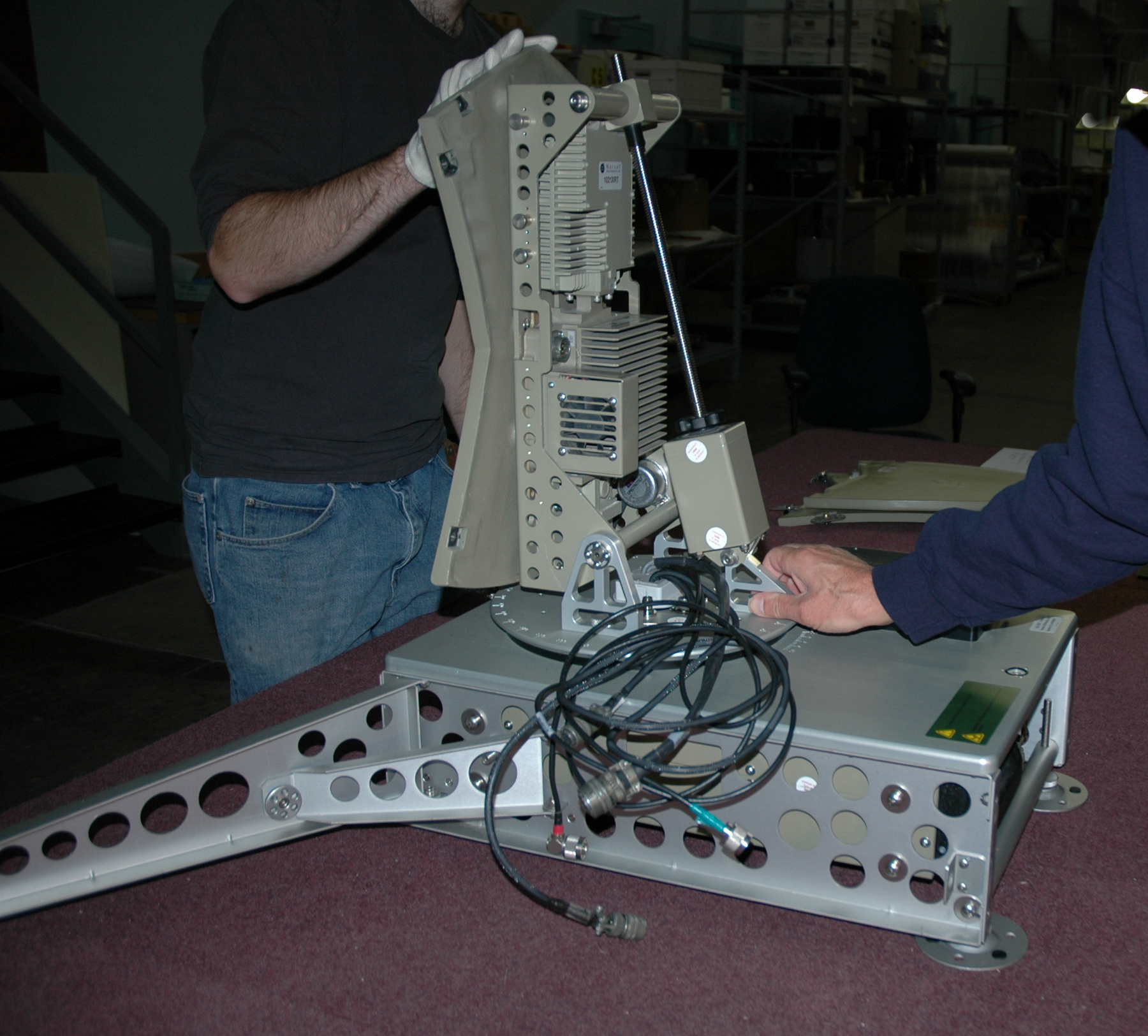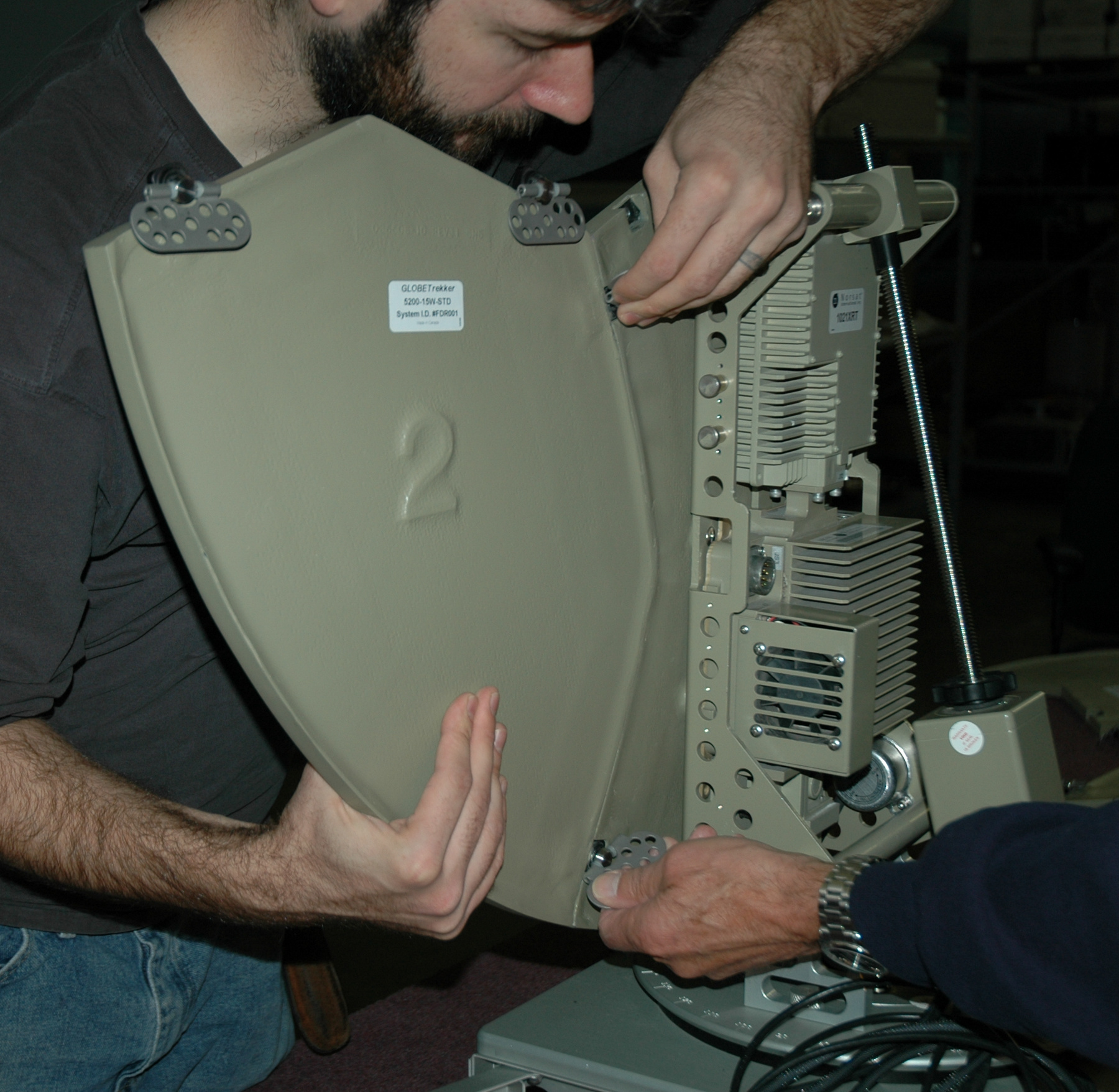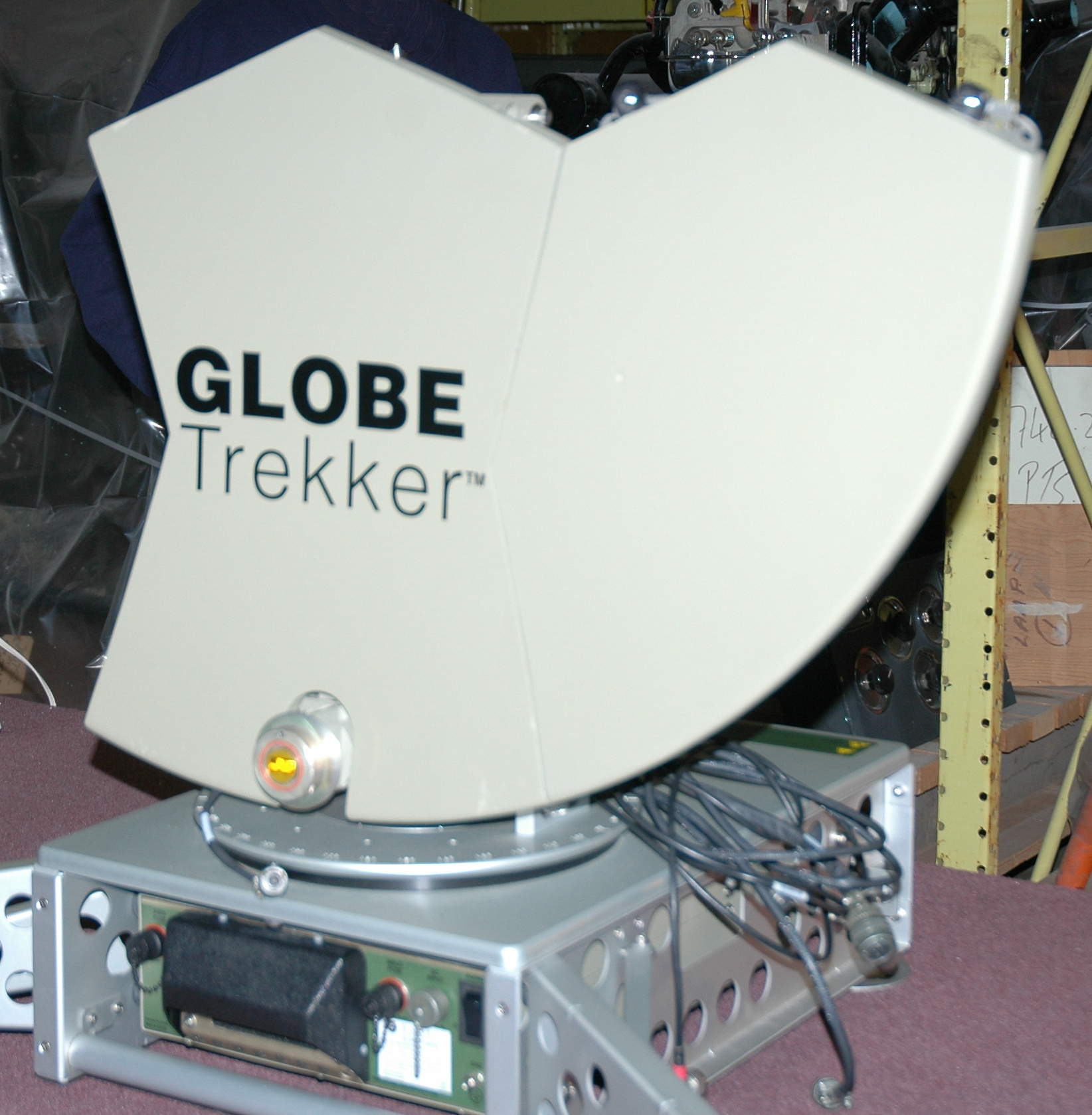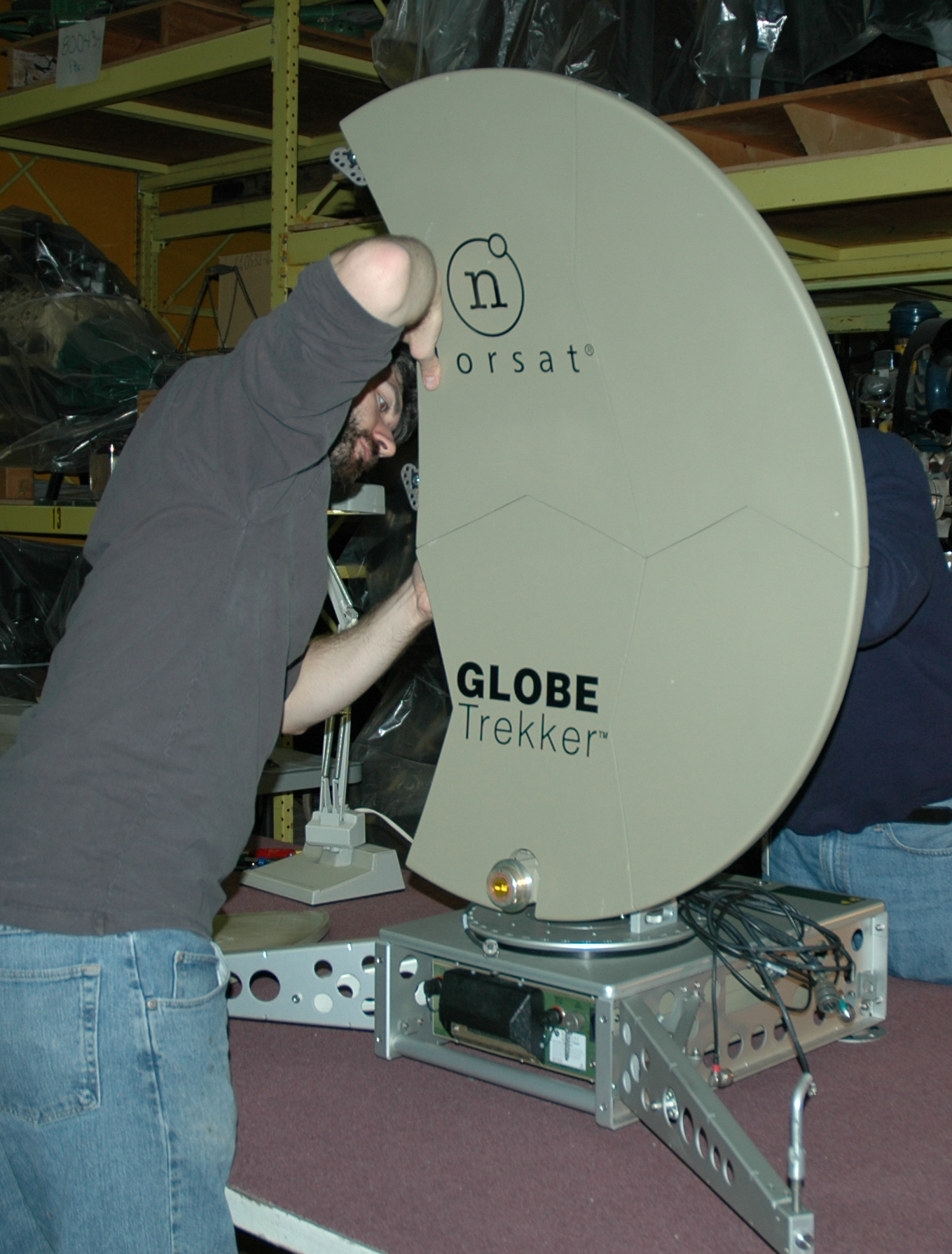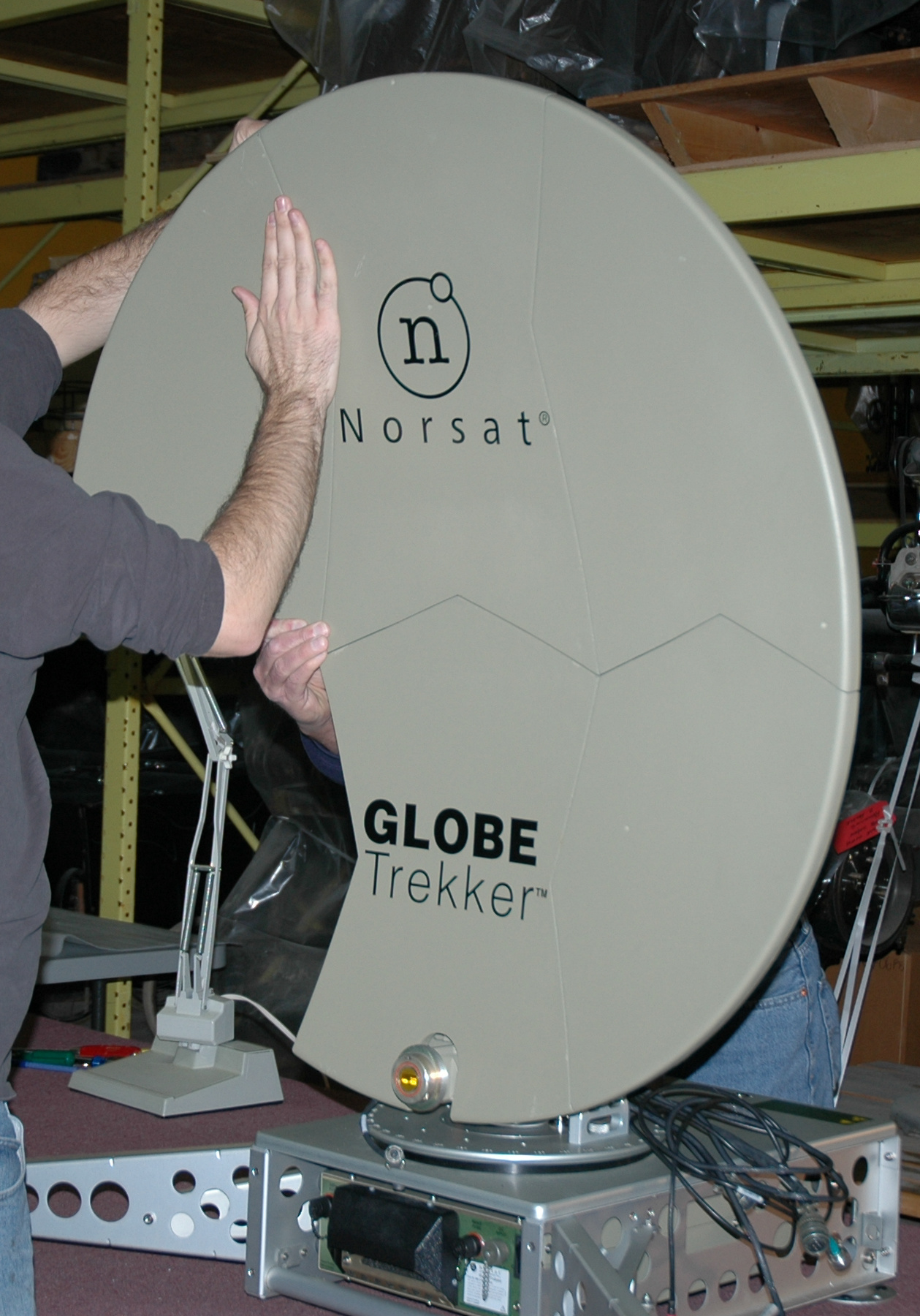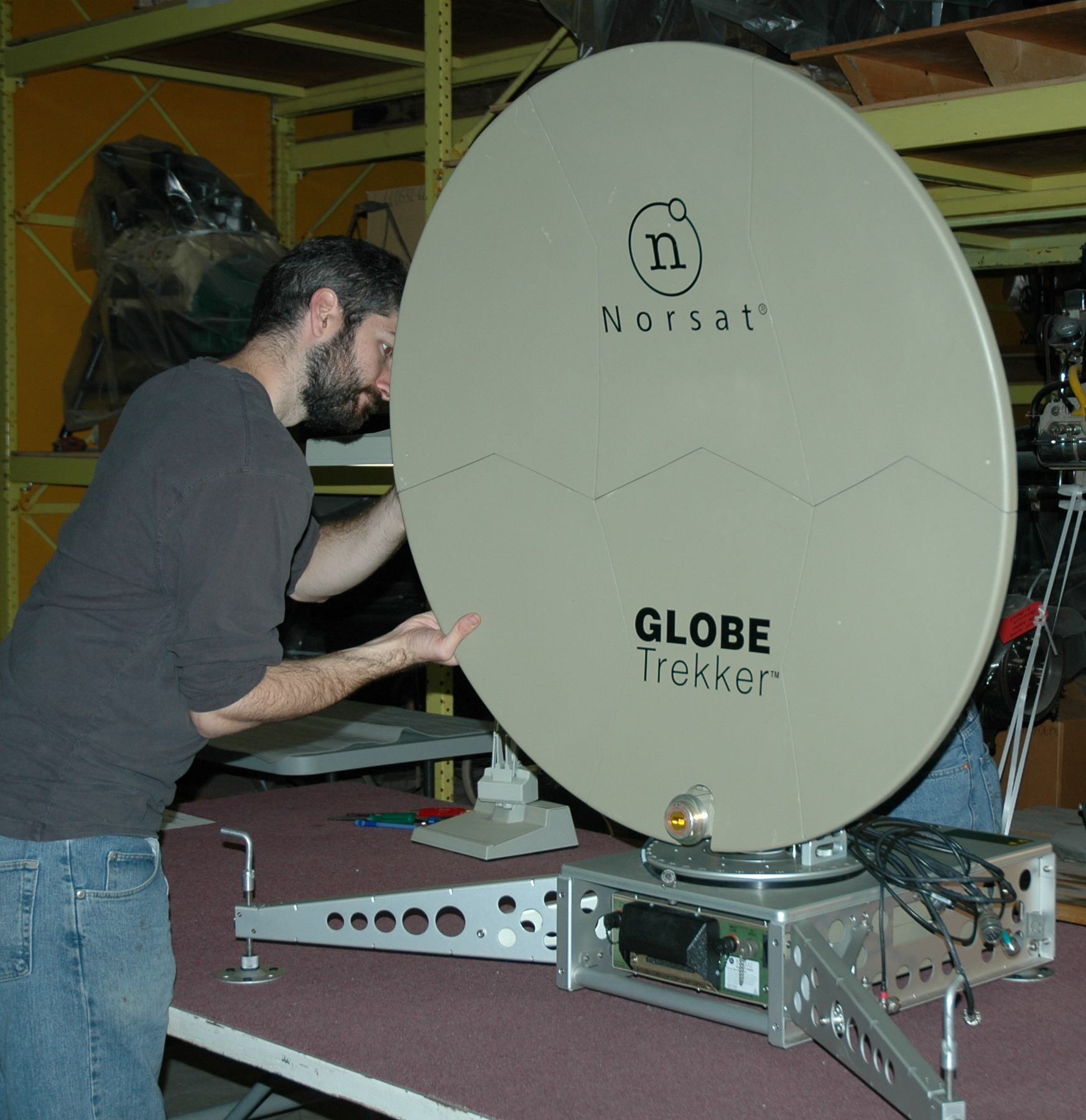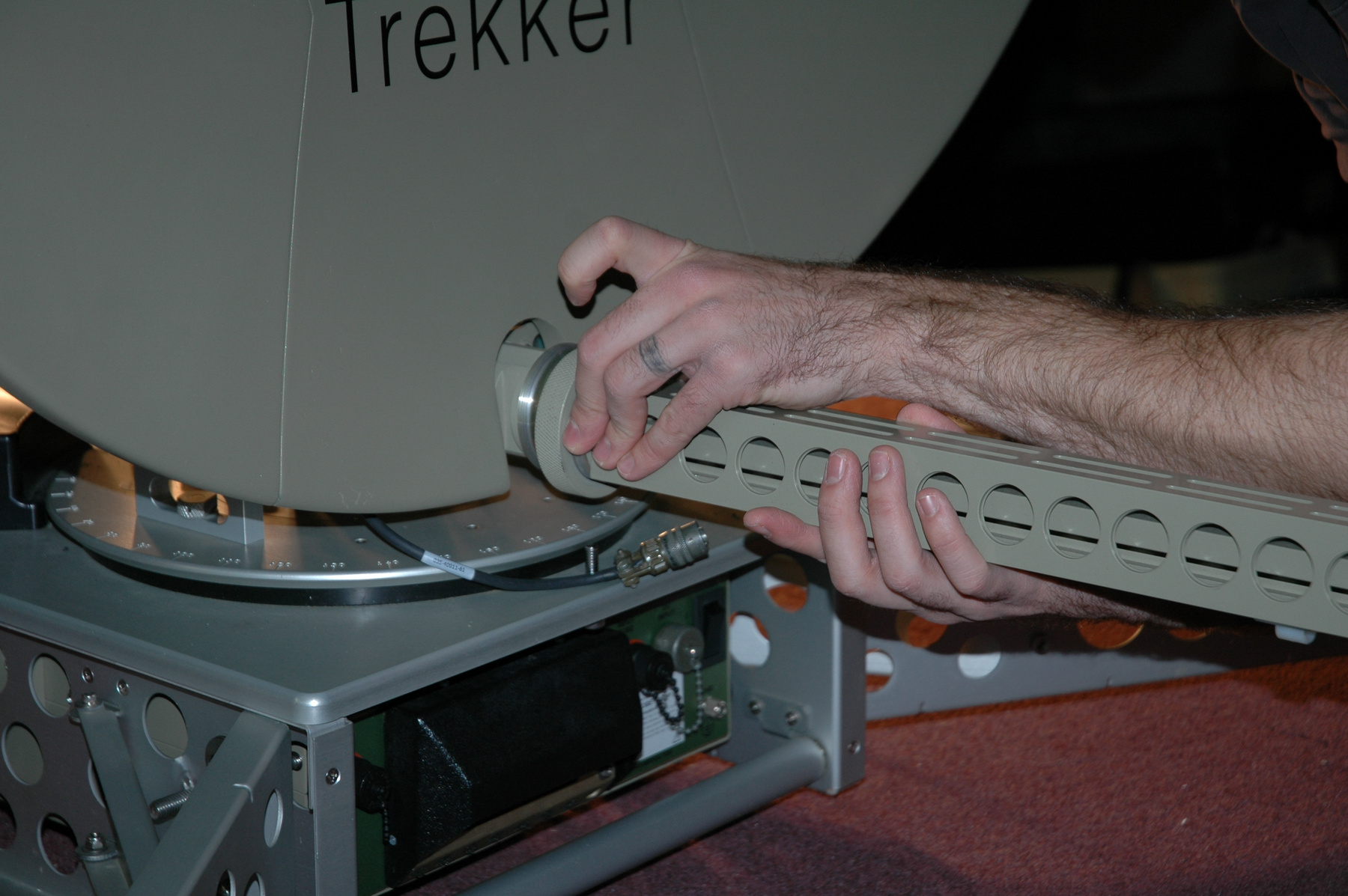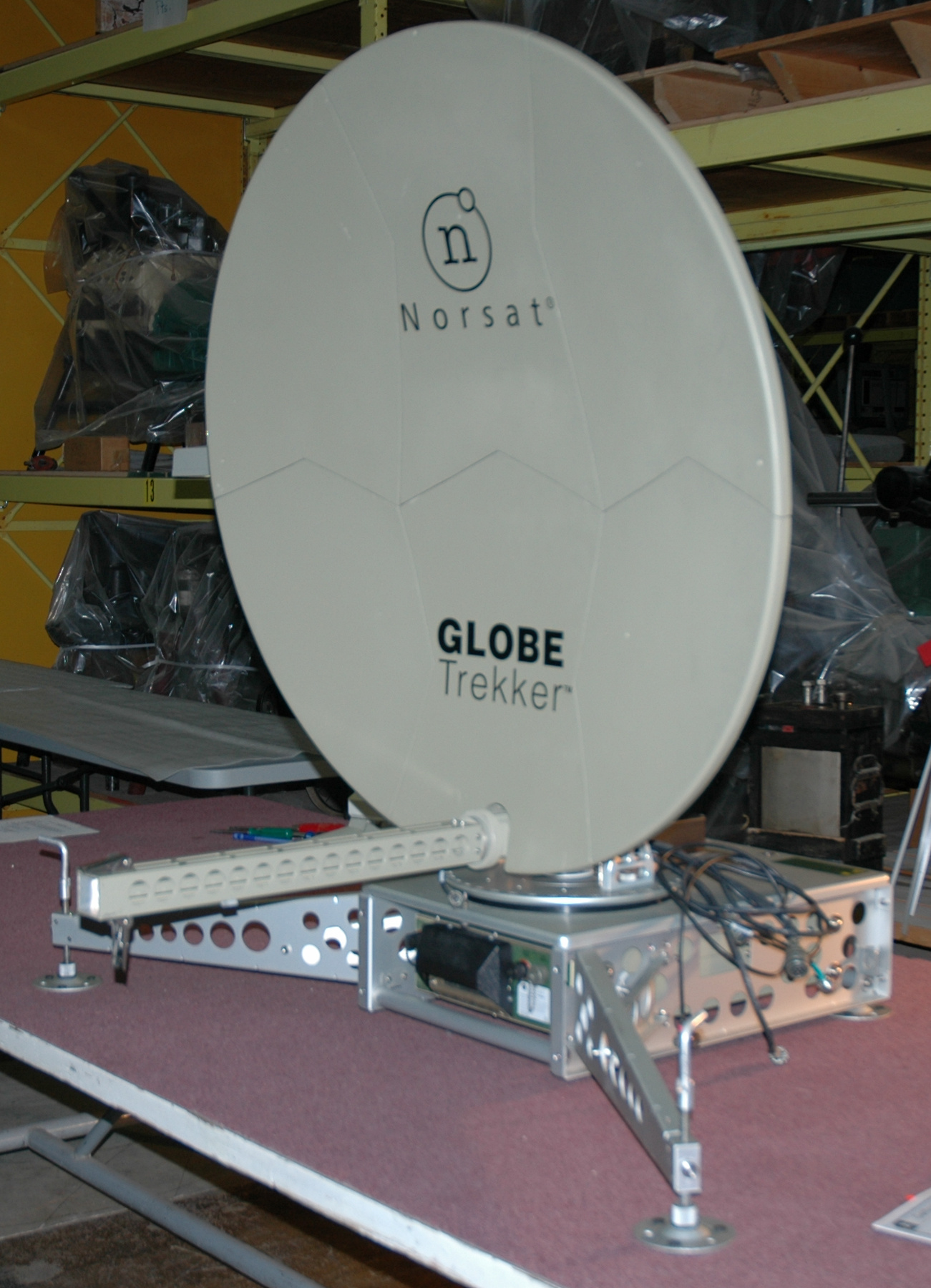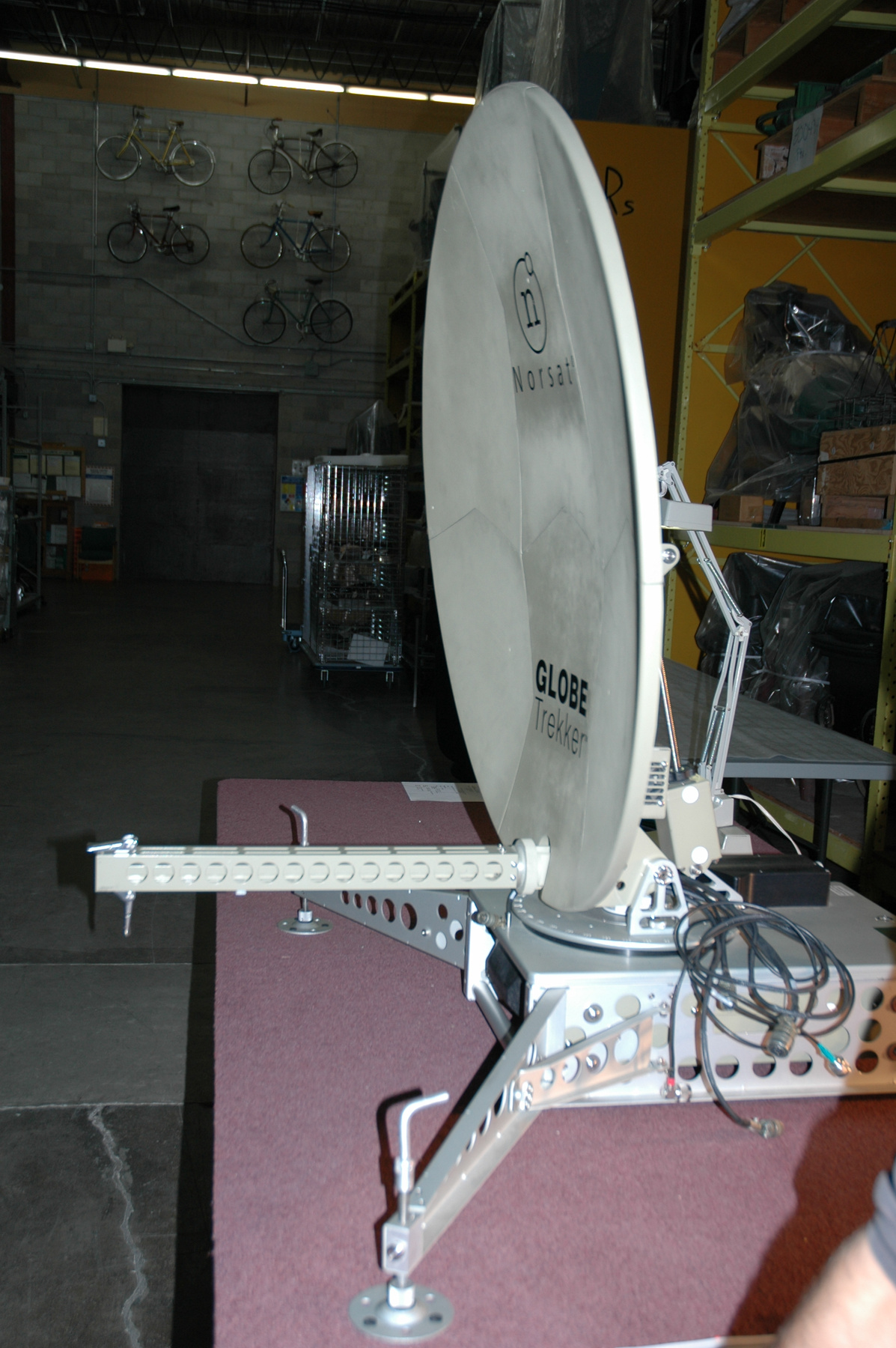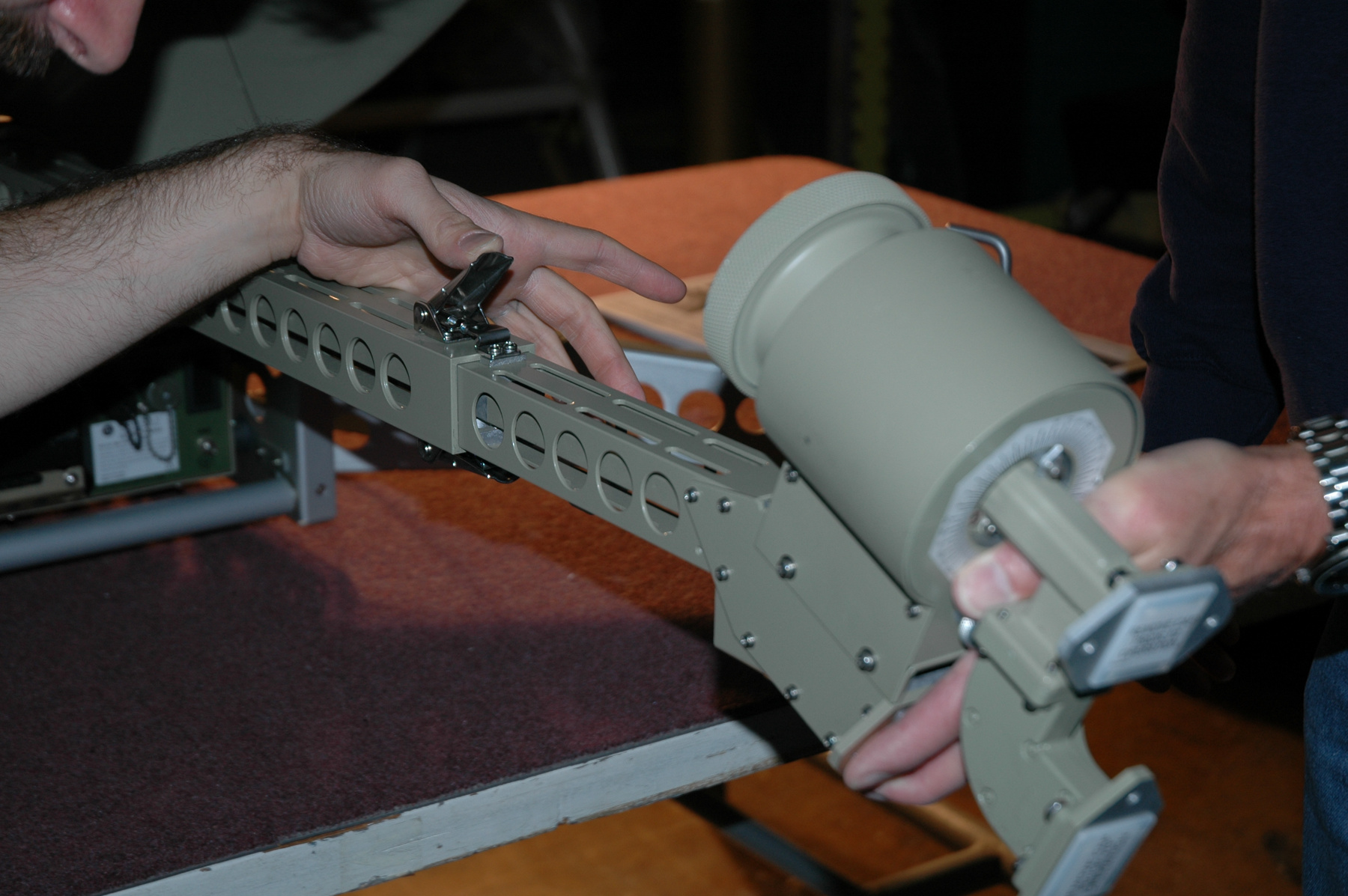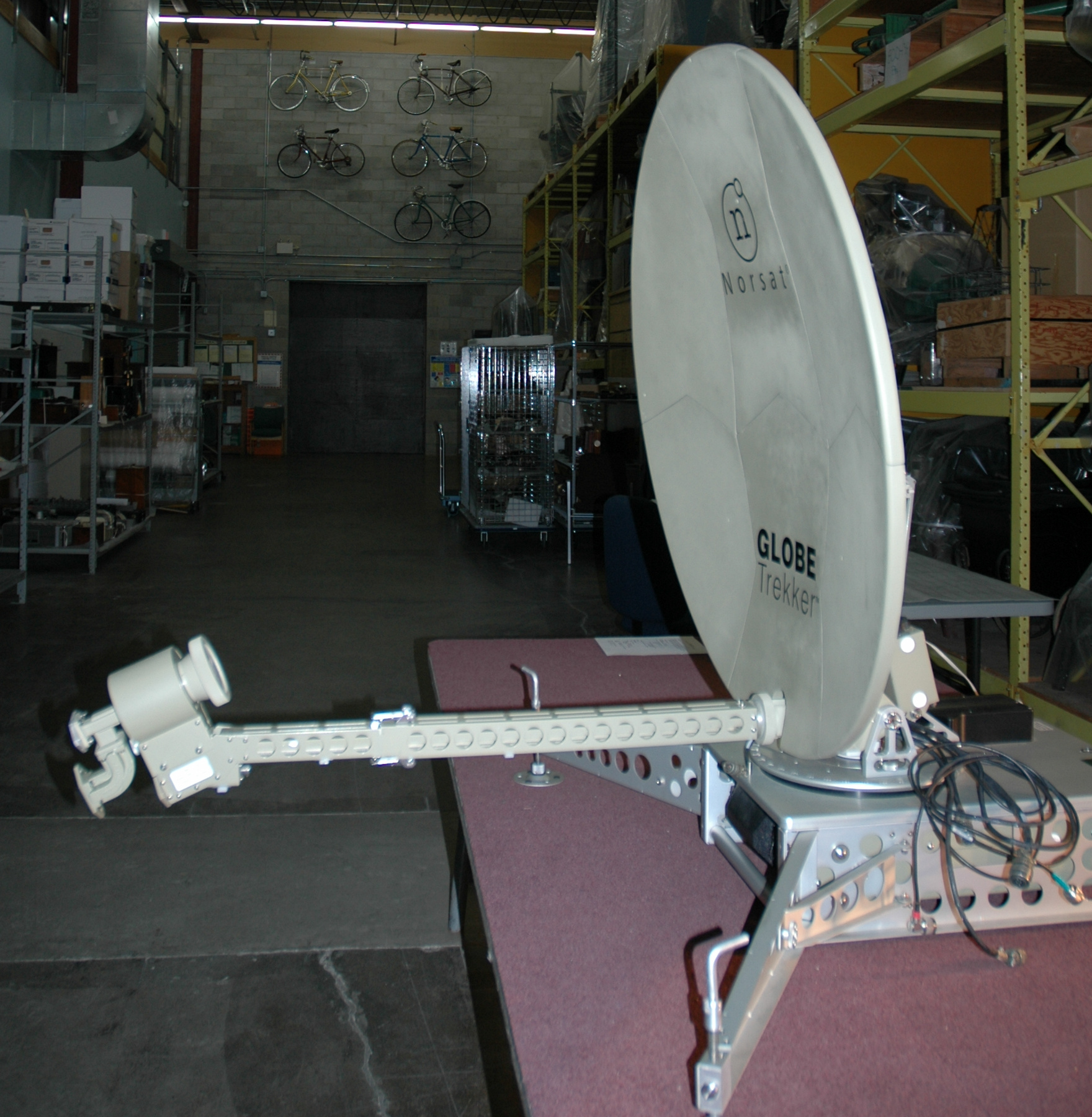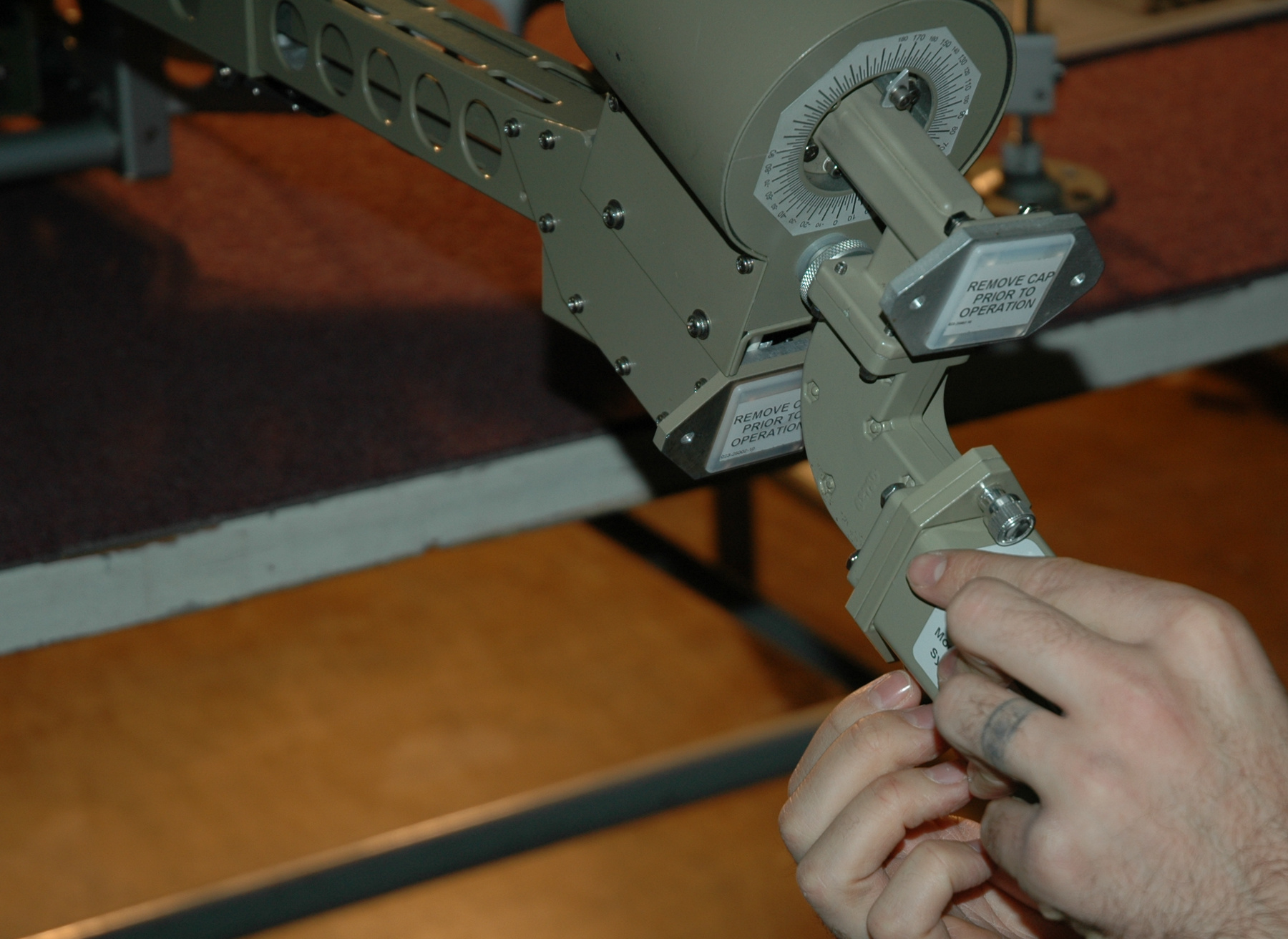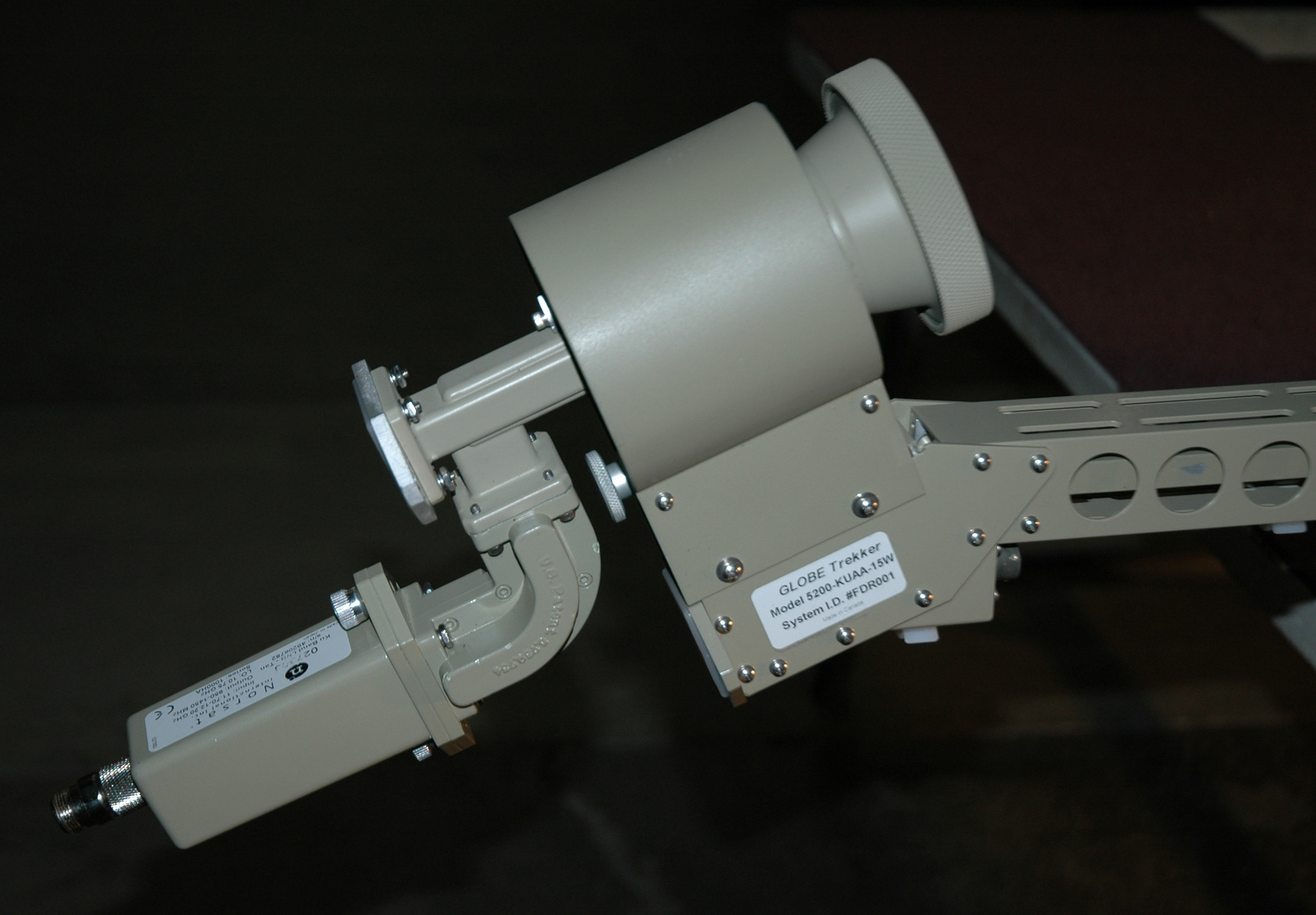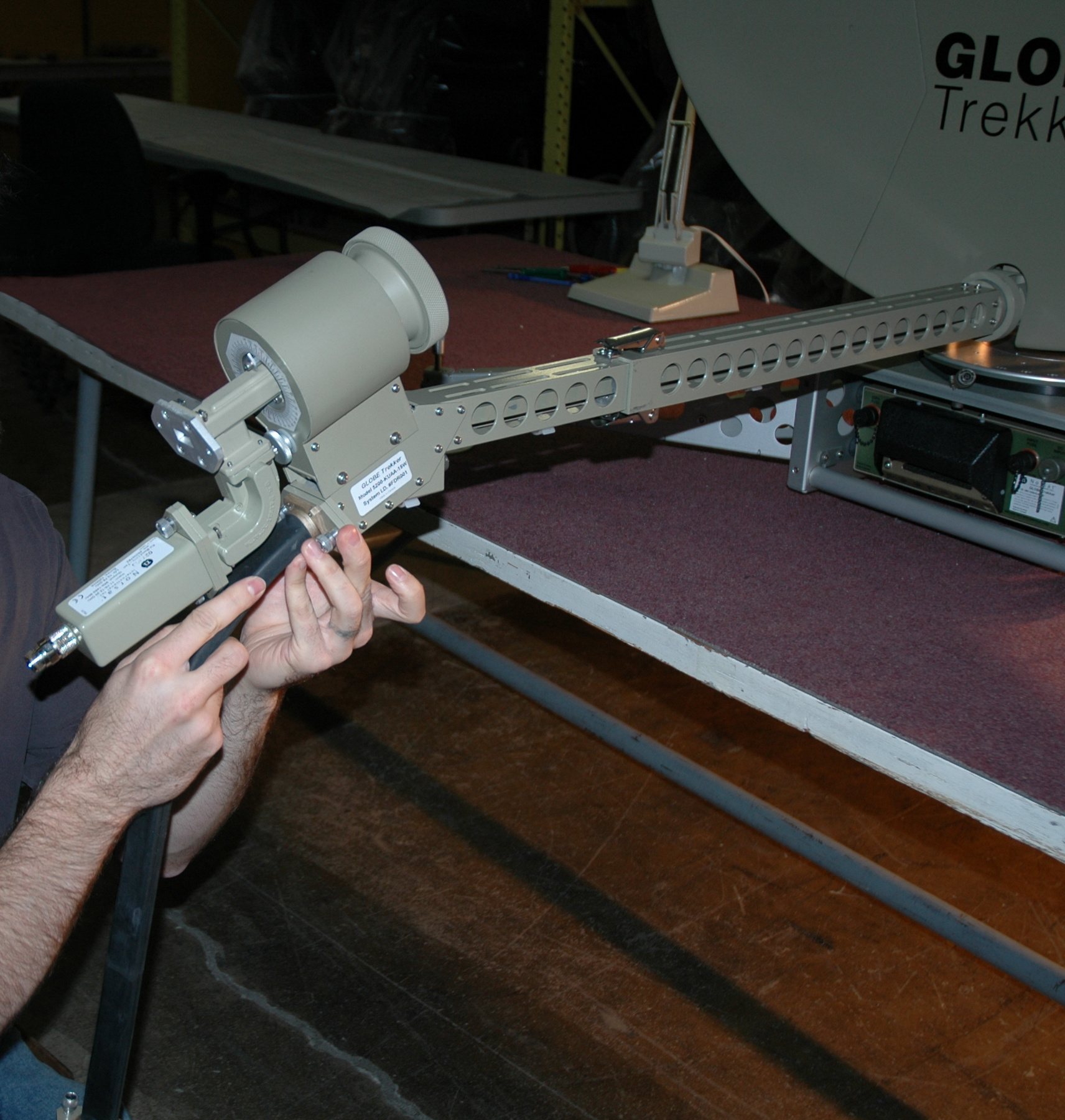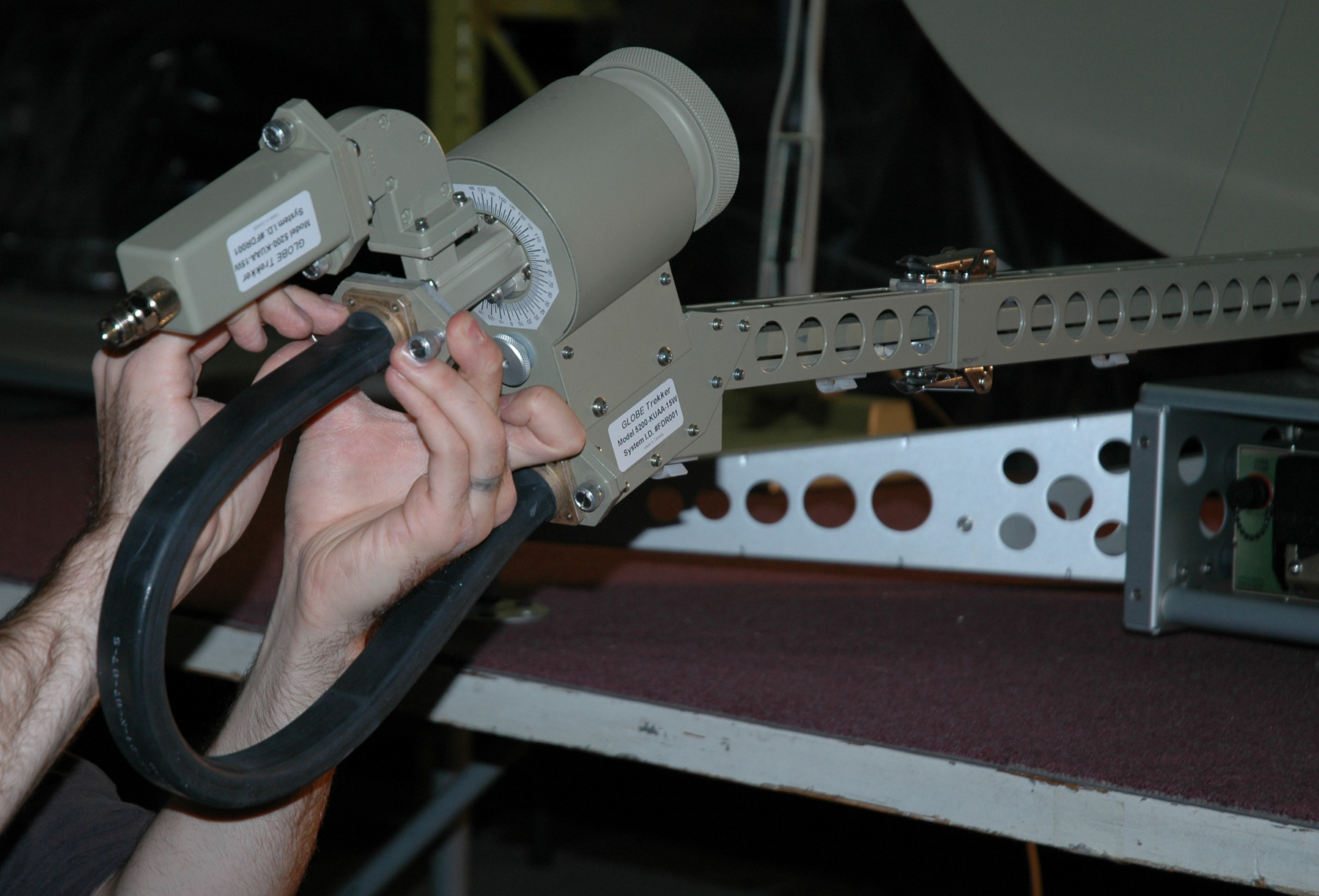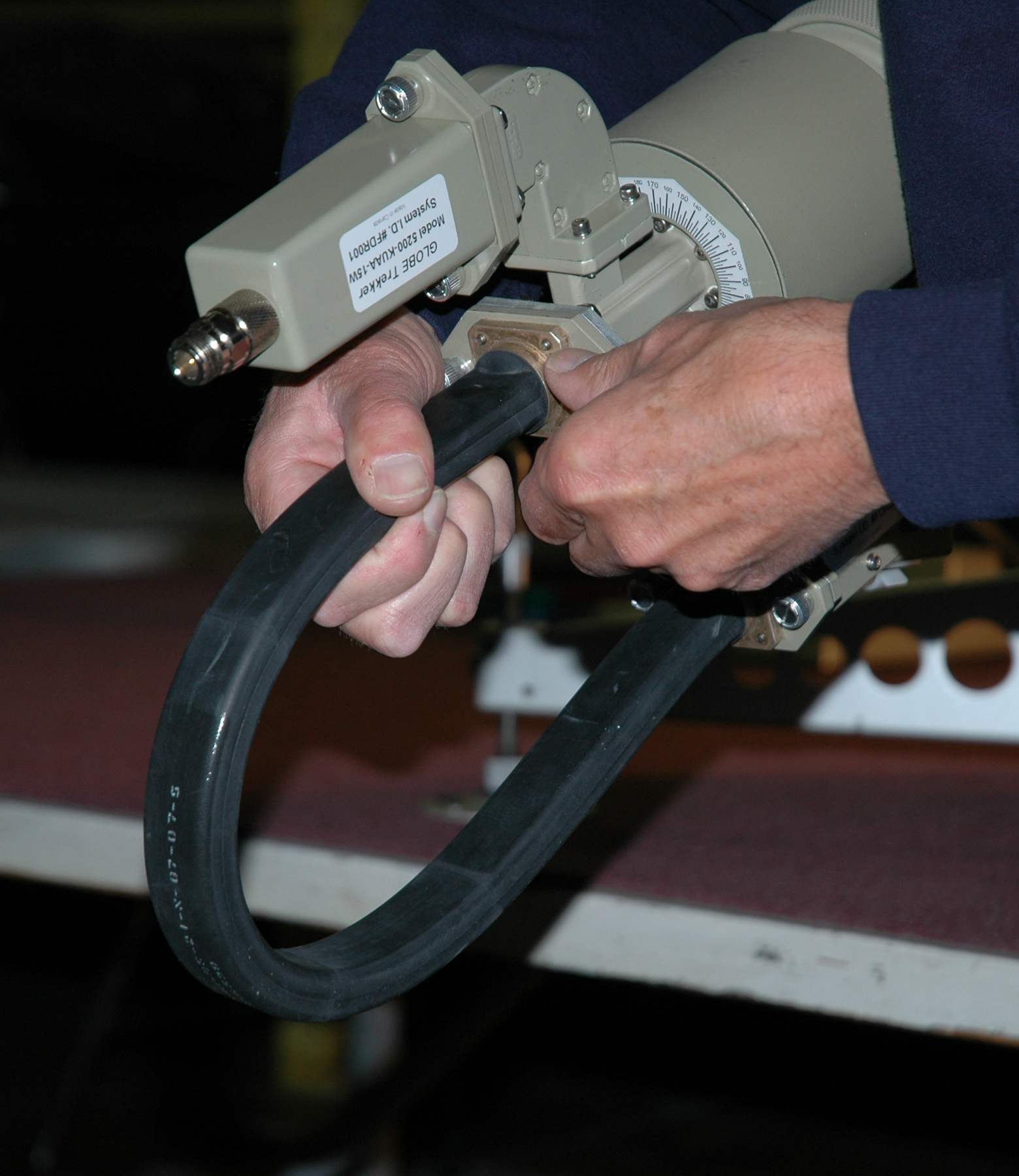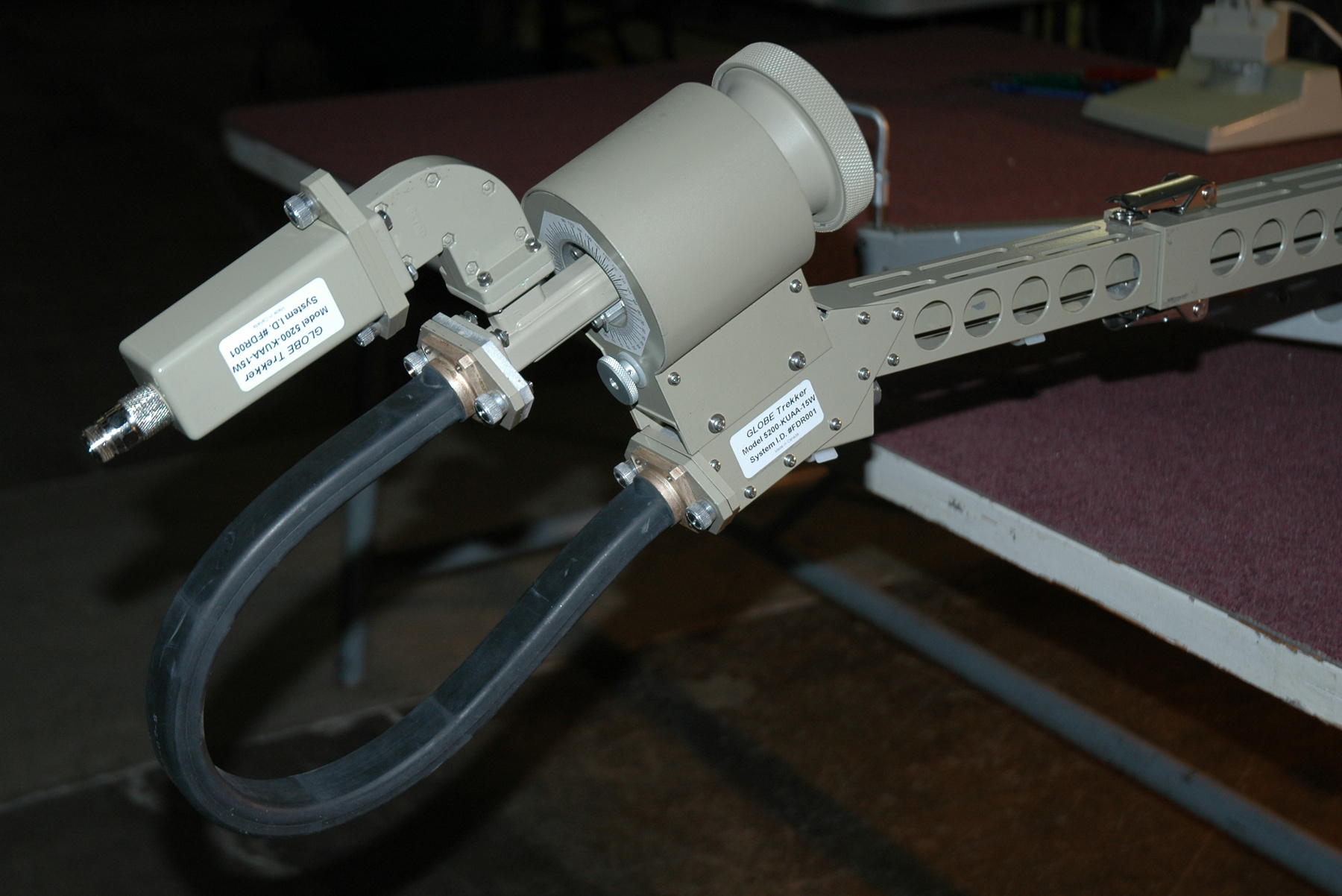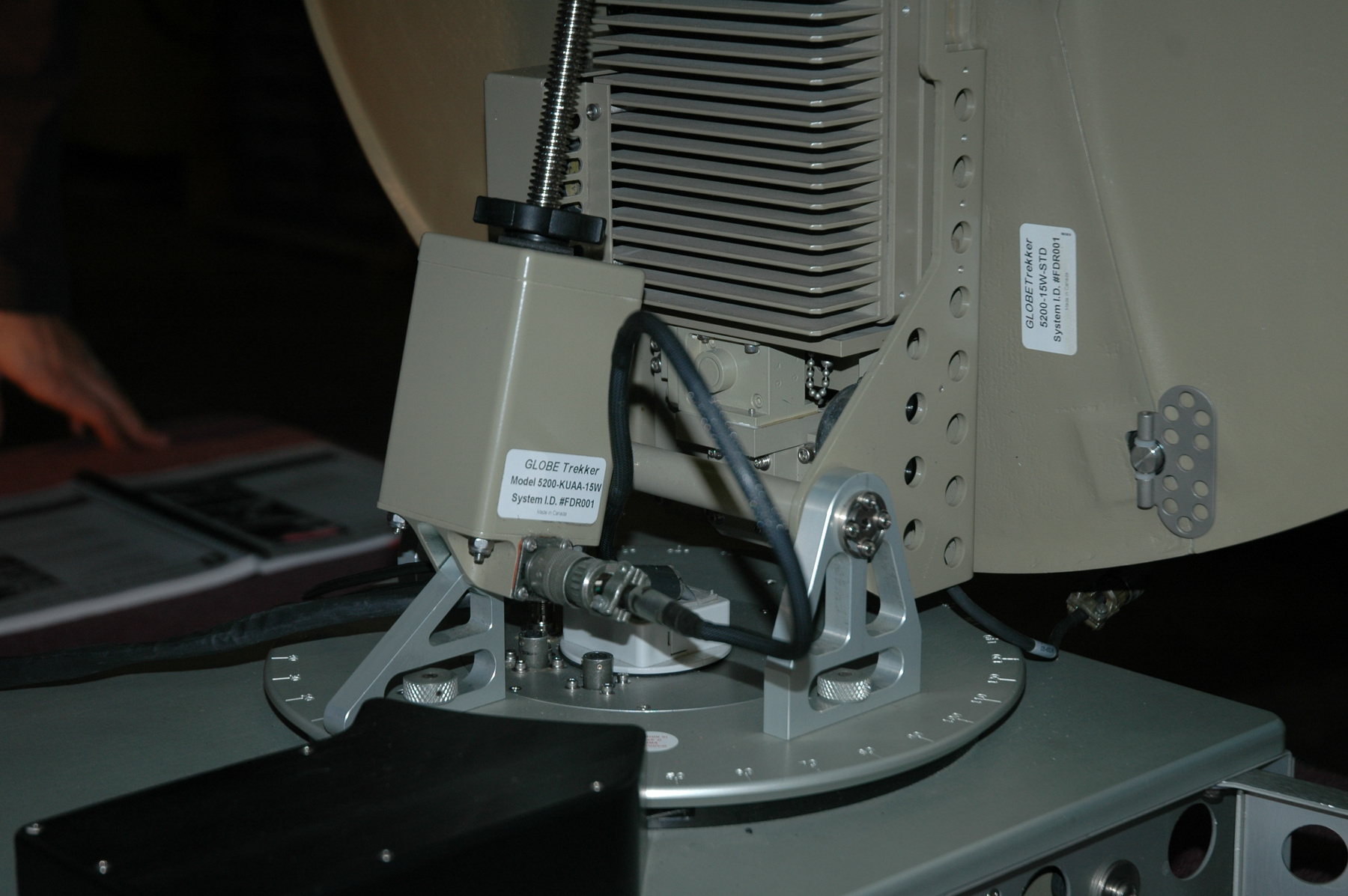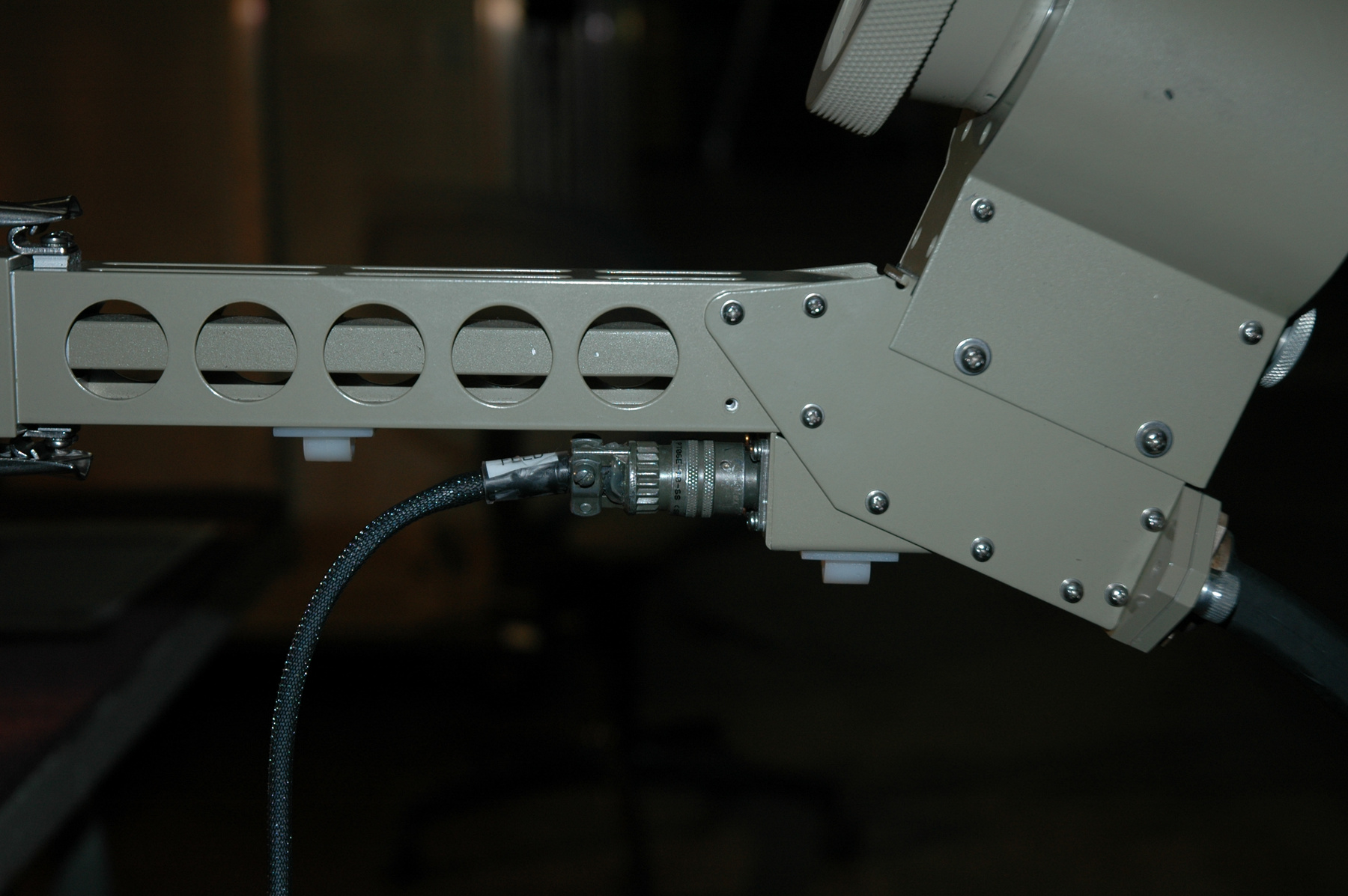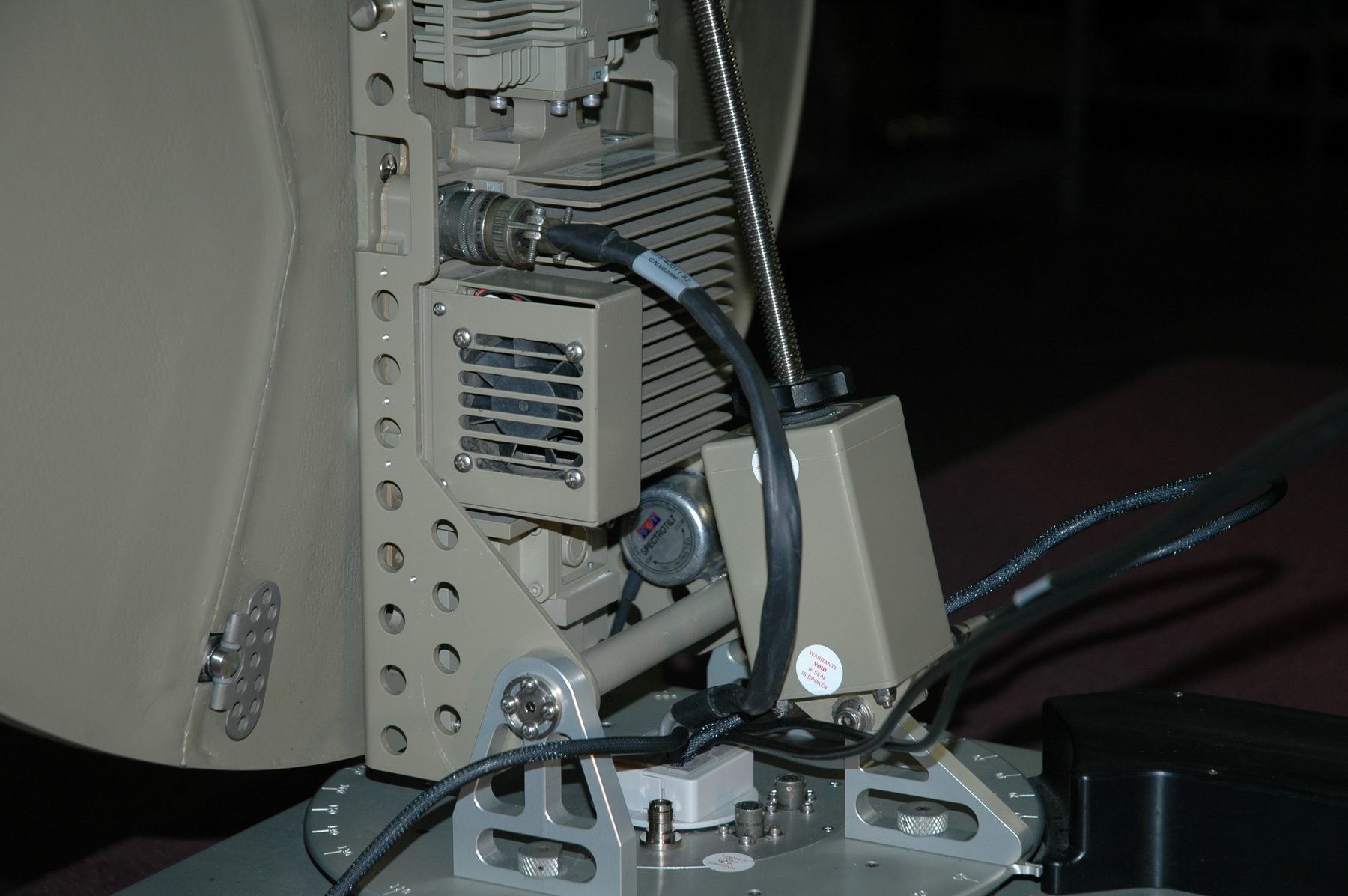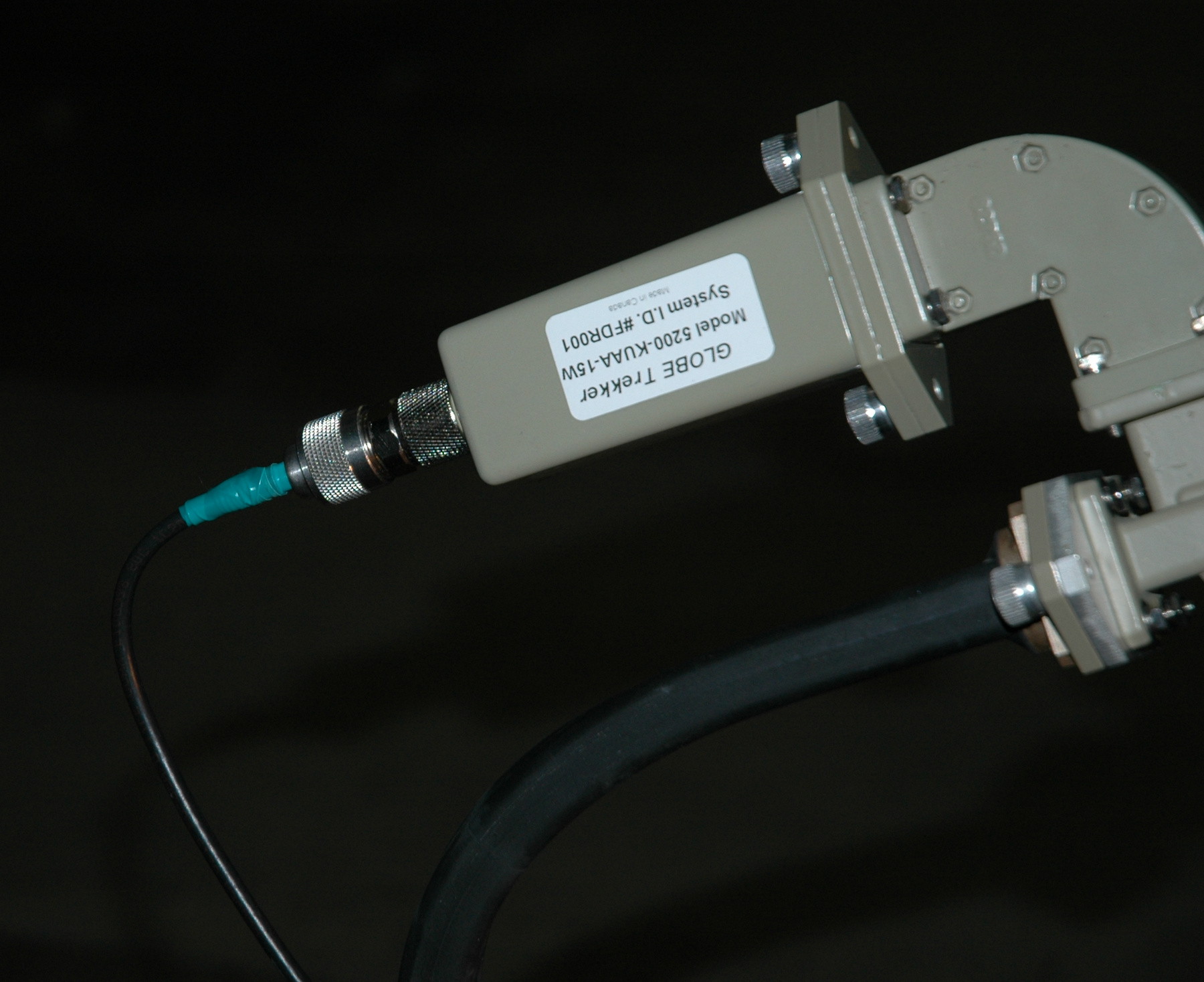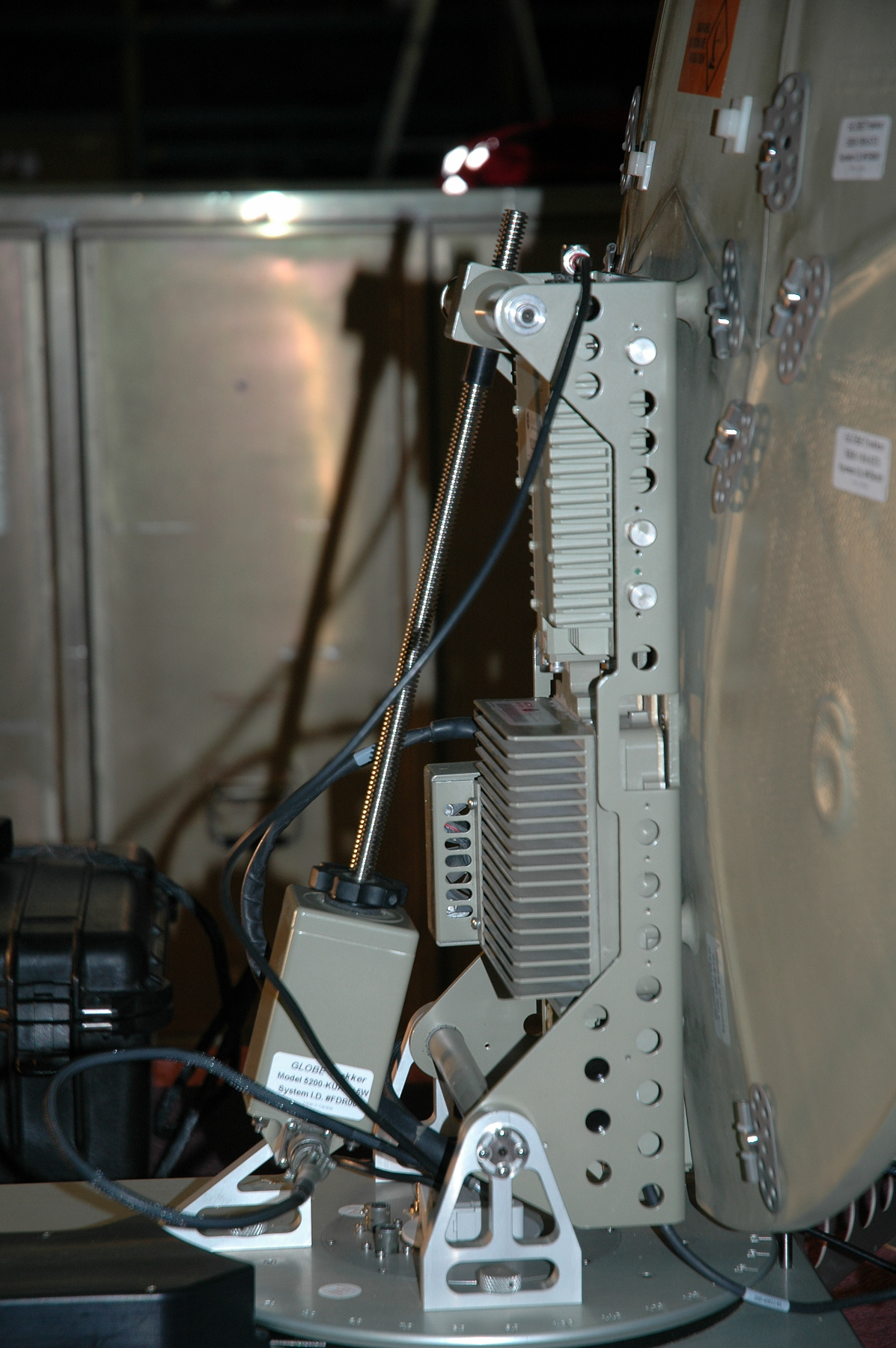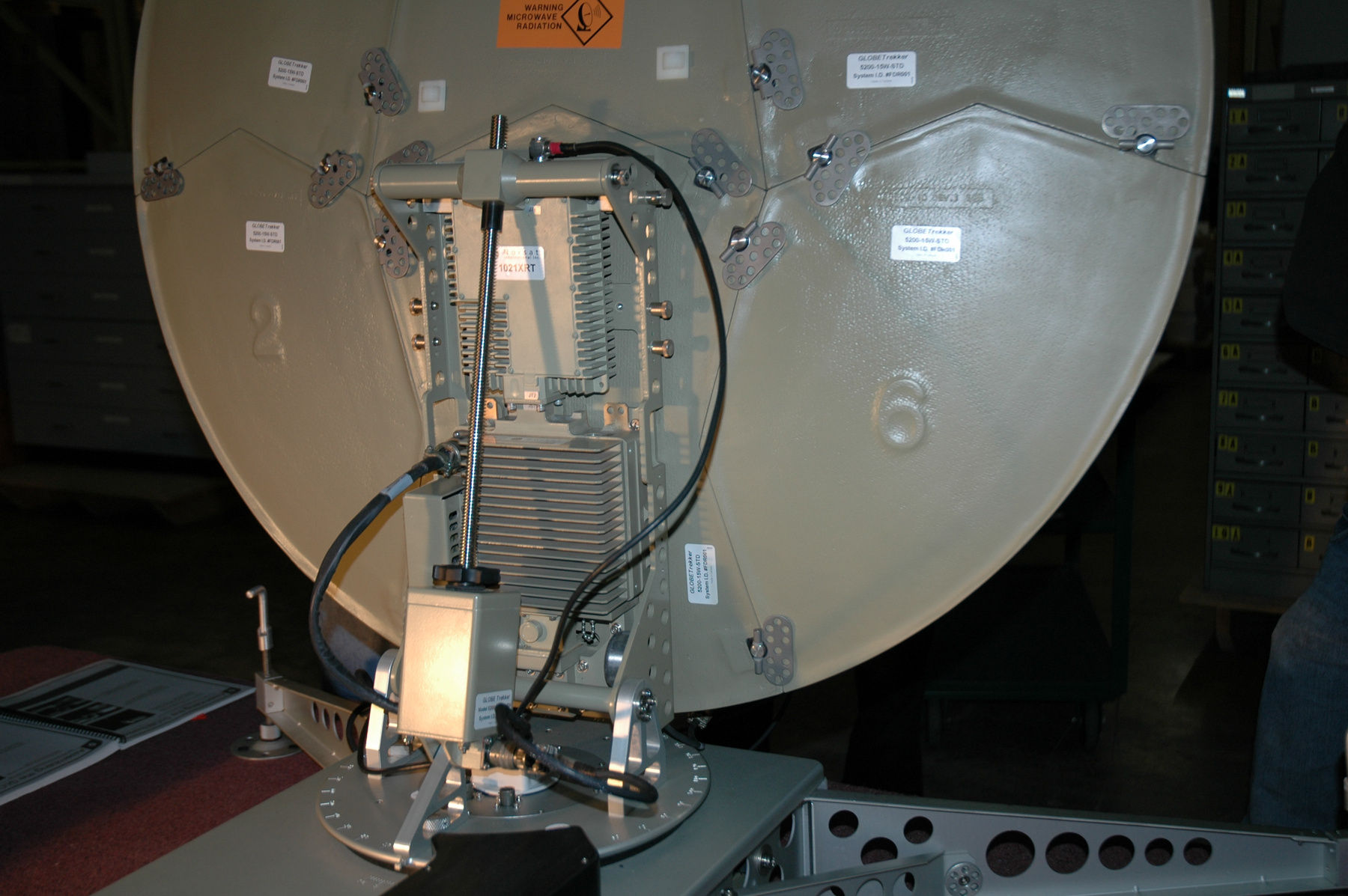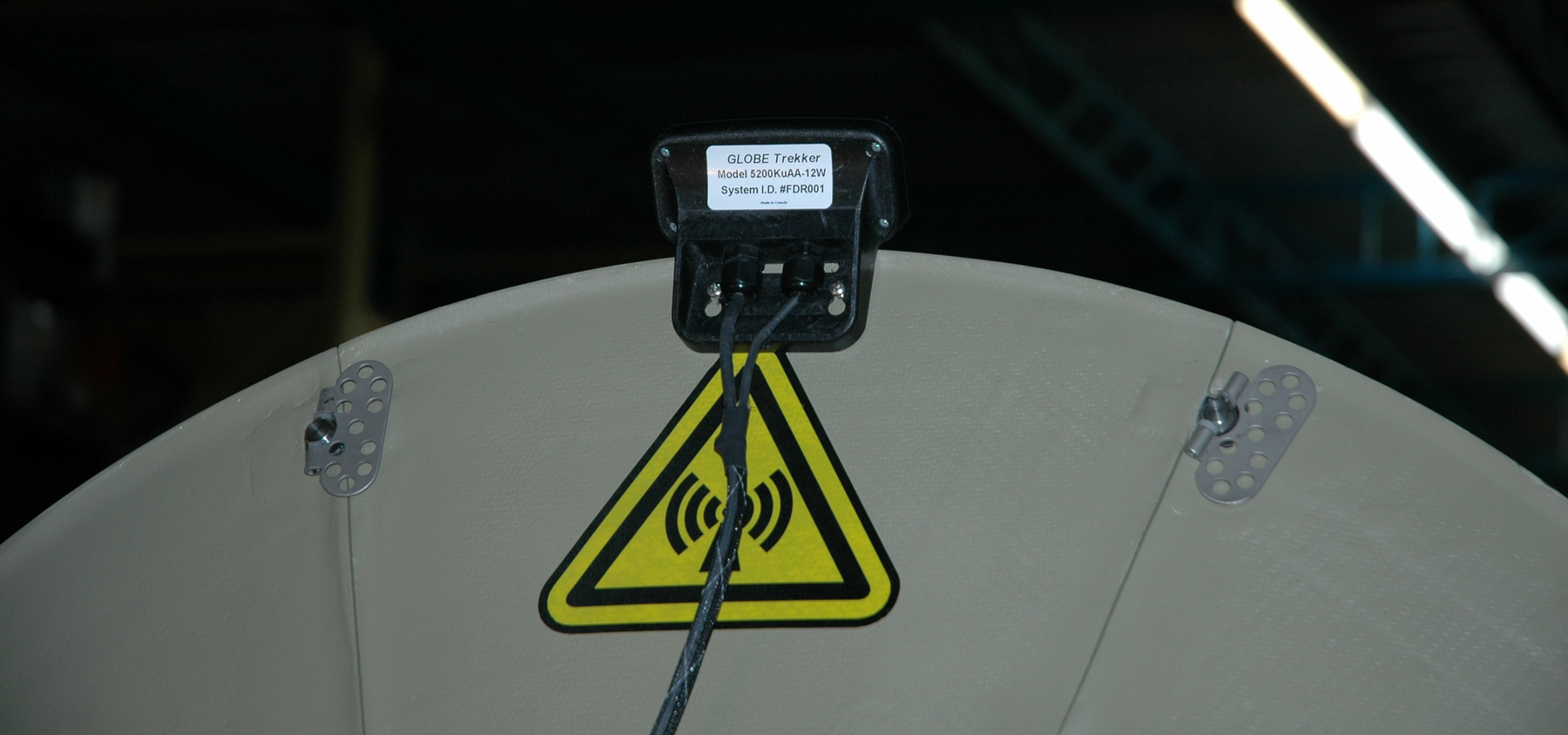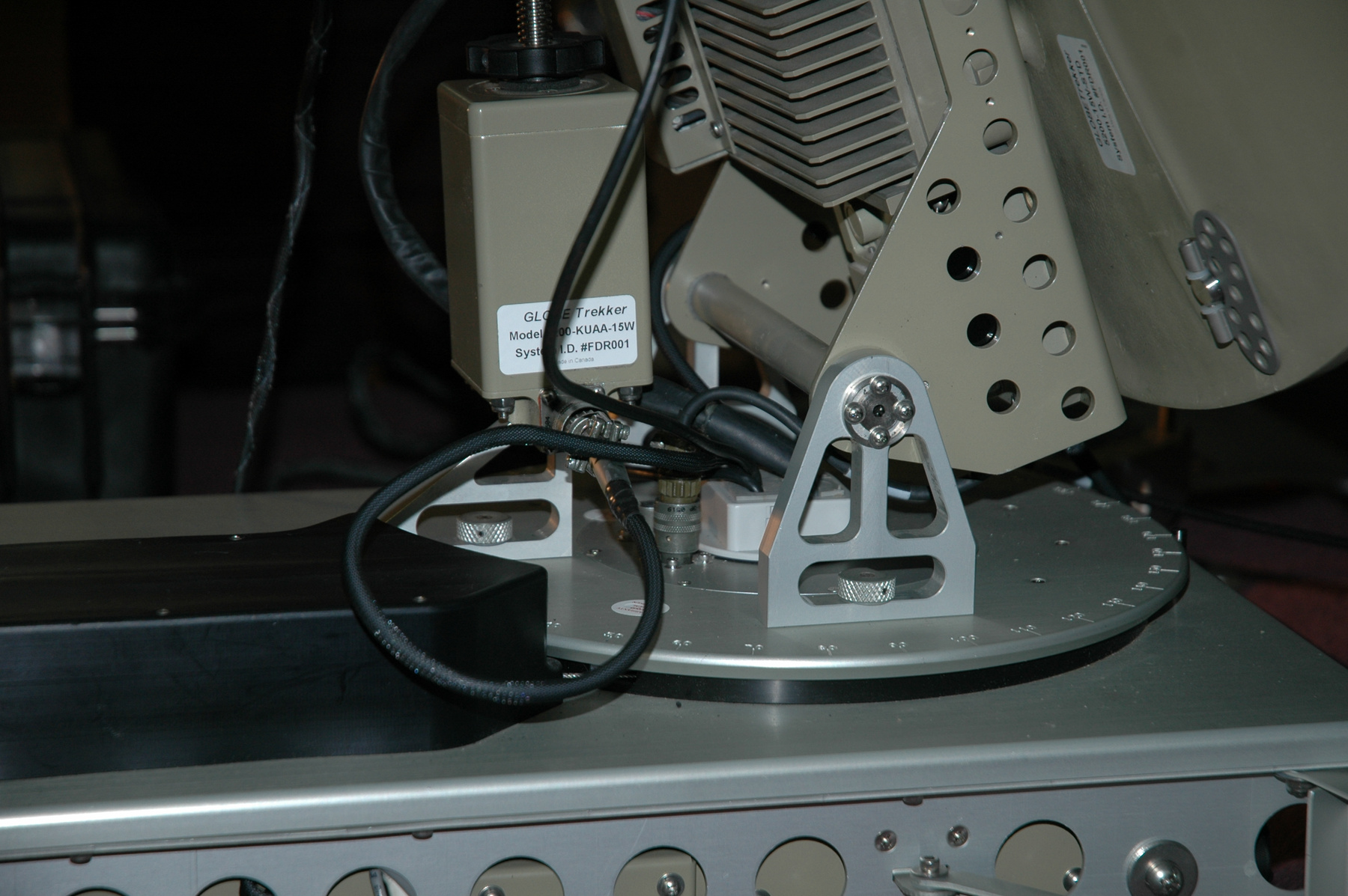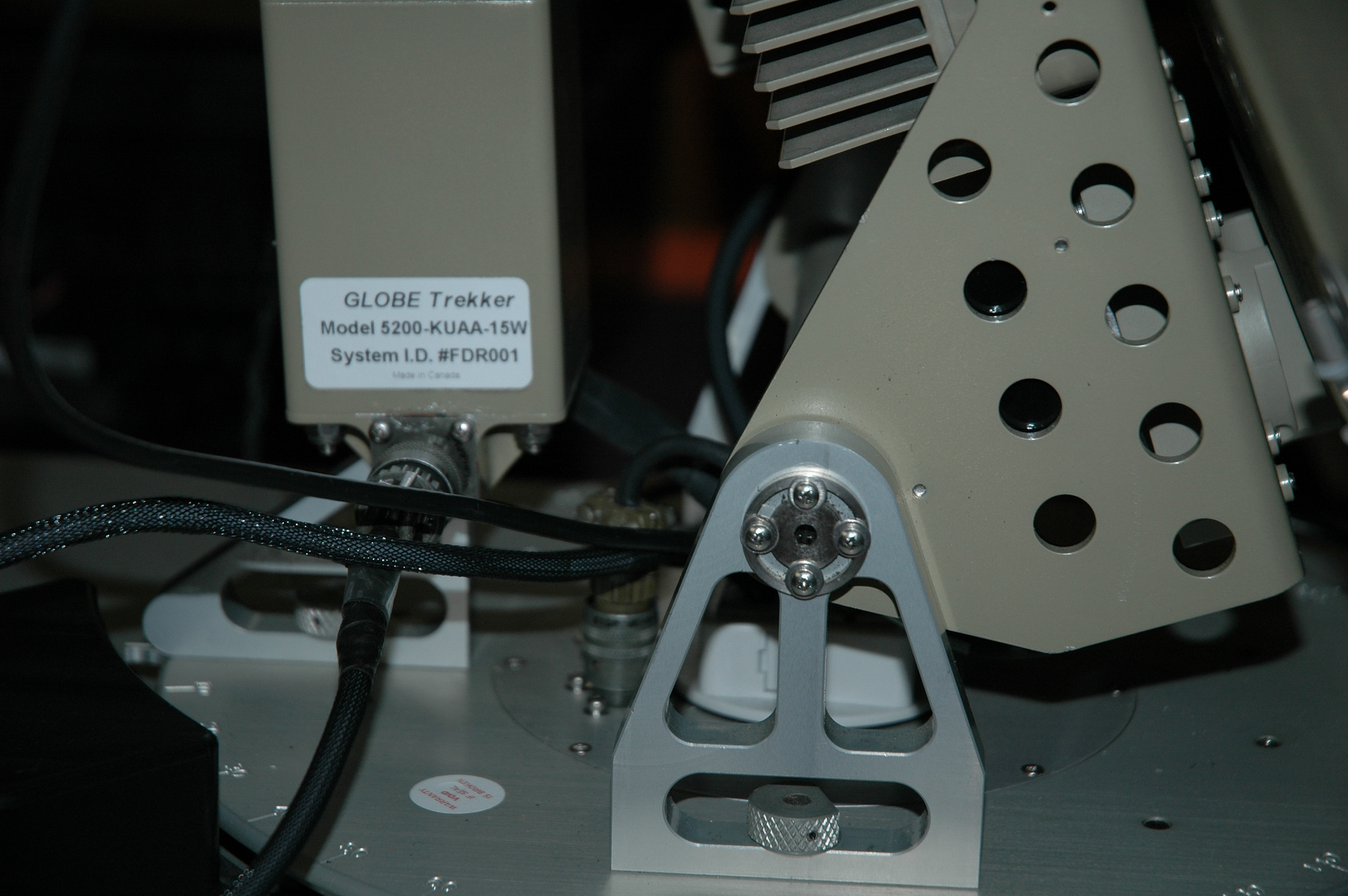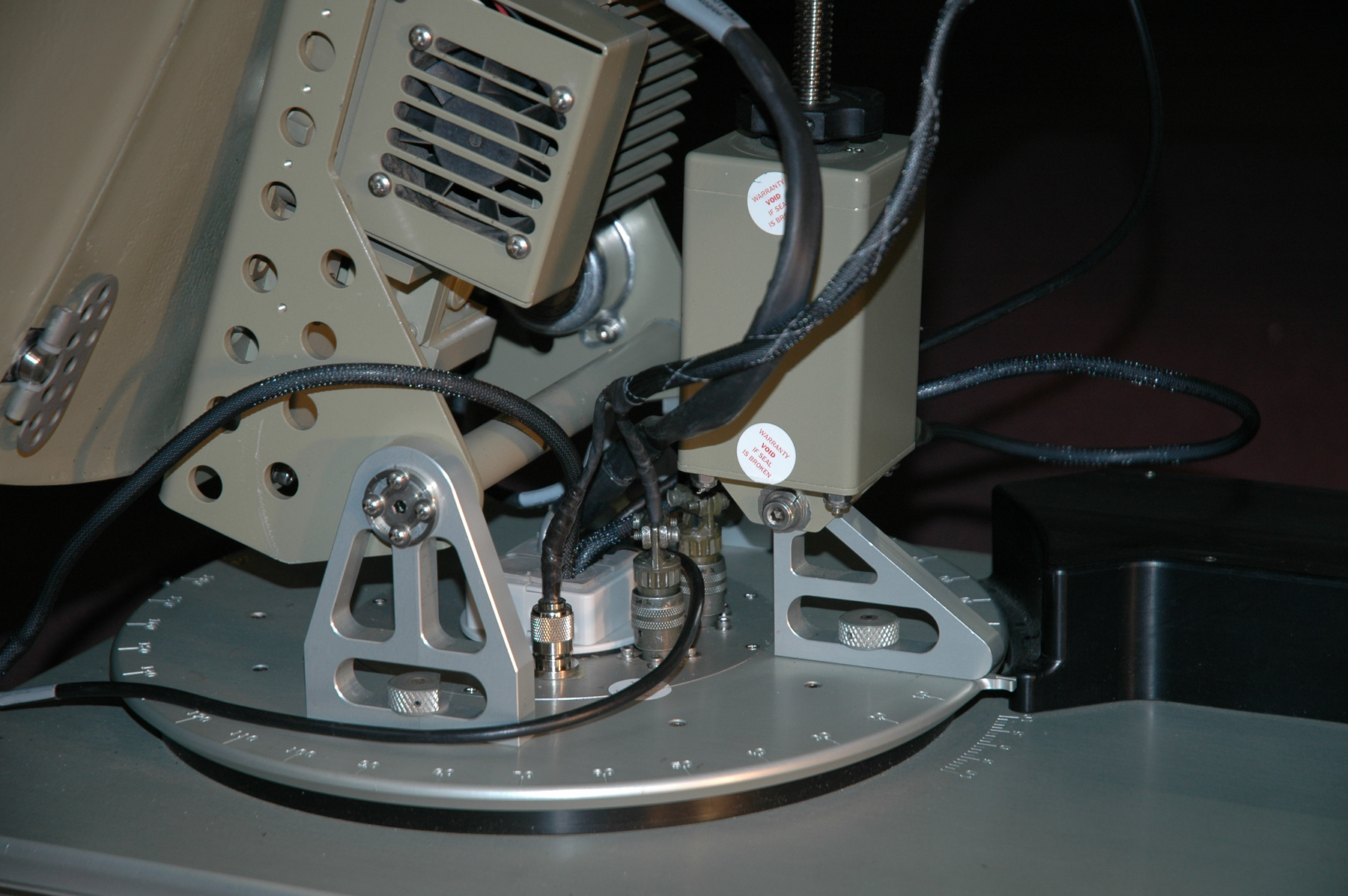Earth station
Use this image
Can I reuse this image without permission? Yes
Object images on the Ingenium Collection’s portal have the following Creative Commons license:
Copyright Ingenium / CC BY-NC-ND (Attribution-NonCommercial 4.0 International (CC BY-NC 4.0)
ATTRIBUTE THIS IMAGE
Ingenium,
2010.0185.001
Permalink:
Ingenium is releasing this image under the Creative Commons licensing framework, and encourages downloading and reuse for non-commercial purposes. Please acknowledge Ingenium and cite the artifact number.
DOWNLOAD IMAGEPURCHASE THIS IMAGE
This image is free for non-commercial use.
For commercial use, please consult our Reproduction Fees and contact us to purchase the image.
- OBJECT TYPE
- portable/Ku band/1 m parabolic antenna
- DATE
- 2006
- ARTIFACT NUMBER
- 2010.0185.001
- MANUFACTURER
- Norsat International Inc.
- MODEL
- GLOBETrekker iDirect/ 5200-15W-STD
- LOCATION
- Richmond, British Columbia, Canada
More Information
General Information
- Serial #
- FDR001
- Part Number
- 1
- Total Parts
- 23
- AKA
- Antenna
- Patents
- N/A
- General Description
- Synthetic antenna segment and parts/ Metal transmitter and elevation assembly housings and parts
Dimensions
Note: These reflect the general size for storage and are not necessarily representative of the object's true dimensions.
- Length
- 53.5 cm
- Width
- 36.1 cm
- Height
- 17.8 cm
- Thickness
- N/A
- Weight
- N/A
- Diameter
- N/A
- Volume
- N/A
Lexicon
- Group
- Space Technology
- Category
- Communications
- Sub-Category
- N/A
Manufacturer
- AKA
- NORSAT
- Country
- Canada
- State/Province
- British Columbia
- City
- Richmond
Context
- Country
- Worldwide
- State/Province
- Unknown
- Period
- circa 2006+
- Canada
-
The GLOBETrekker was designed and built by Norsat International, a Canadian company based in Richmond, BC. This example is an early production model, now used by the company for display purposes. A GLOBETrekker system was flown to Haiti after the January earthquake by the U.S. military’s Joint Public Affairs Support Element to facilitate emergency communications and provide information to the public. GLOBETrekker has also been used to support humanitarian activities in Chad, and is currently used by media organizations in China and India for news gathering. In 1977 Rod Wheeler established Northern Satellite Systems in Whitehorse, Yukon to produce an affordable satellite dish for the consumer market. Over the ensuing three decades, the company changed its named to Norsat International, abandoned the consumer market and developed a product line that today includes portable satellite terminals, terrestrial microwave products, and satellite systems for maritime use. Now based in Richmond, BC, Norsat markets its products and services internationally. It specializes in products providing broadband wireless access to areas where communications infrastructure is poor, damaged or non-existent. According to its website, its goal is to become: “a premier solutions provider of broadband communications infrastructure for remote and austere regions of the world.” To date it has sold more than 2.5 million products in 87 countries. - Function
-
A device which transmits digital signals to a satellite and receive signals from that satellite. It is a transportable satellite earth station designed to provide broadband digital communication services in locations where infrastructure is inadequate, damaged or non-existent. These terminals are widely used by governments and news services in disaster zones. - Technical
-
GLOBETrekker is an example of a very small aperture terminal (VSAT) that connects to a satellite in geosynchronous orbit. It operates in the Ku band of the radio spectrum, transmitting on 13.75-14.5 GHz and receiving on 10.95-12.75 GHz. Canada’s Communications Research Centre (CRC) was a pioneer in studying the use of VSATs in the Ku band. The Hermes (1976) and Anik B (1978) satellites provided platforms for numerous receive-only and two-way field trials using its small dish antennas and compact terminals. These were made possible by the high power, high frequency and focused beam of the satellite signals. In 1987 CRC received an Emmy for engineering achievement as a result of this work in developing Ku band satellite technology. The GLOBETrekker builds on this fundamental technology by incorporating current digital software and lightweight materials. It is rugged, shock and vibration resistant and fully automated for unattended operation in harsh conditions. It is one of the industry’s first backpackable auto-acquire satellite systems. The GLOBETrekker system is packaged in two wheelable cases that conform to international standards for airline checked baggage. It includes: a 1 m carbon fibre parabolic antenna that breaks down into six segments; a transmitter and receiver operating in the Ku band of the microwave radio spectrum; a built-in modem; and on-board tools for pointing at a satellite and acquiring its signal. - Area Notes
-
Unknown
Details
- Markings
- Black lettering on front reads 'GLOBE/ Trekker™'/ Black lettering on paper label reads 'n [logo]/ Norsat®/ International Inc./ 1021XRT'/ Black lettering on paper label reads ' n [logo]/ Norsat®/ International Inc.', '028318/ 8W Ku SSPA/ Made in Canada' with bar code number '0003-N10209-20001'/ Black lettering on paper label reads 'GLOBE Trekker/ 5200-15W-STD/ System I.D. #FDR001/ Made in Canada'
- Missing
- Appears complete
- Finish
- Textured light green antenna segment/ Plated and brushed metal parts/ Metallic and green painted wave guide housing with colourless transparent covering on opening/ Light green painted transmitter and elevation assembly casings/ Black synthetic cable covering and part/ Plated, brushed and metallic parts
- Decoration
- N/A
CITE THIS OBJECT
If you choose to share our information about this collection object, please cite:
Norsat International Inc., Earth station, circa 2006, Artifact no. 2010.0185, Ingenium – Canada’s Museums of Science and Innovation, http://collections.ingeniumcanada.org/en/item/2010.0185.001/
FEEDBACK
Submit a question or comment about this artifact.
More Like This
